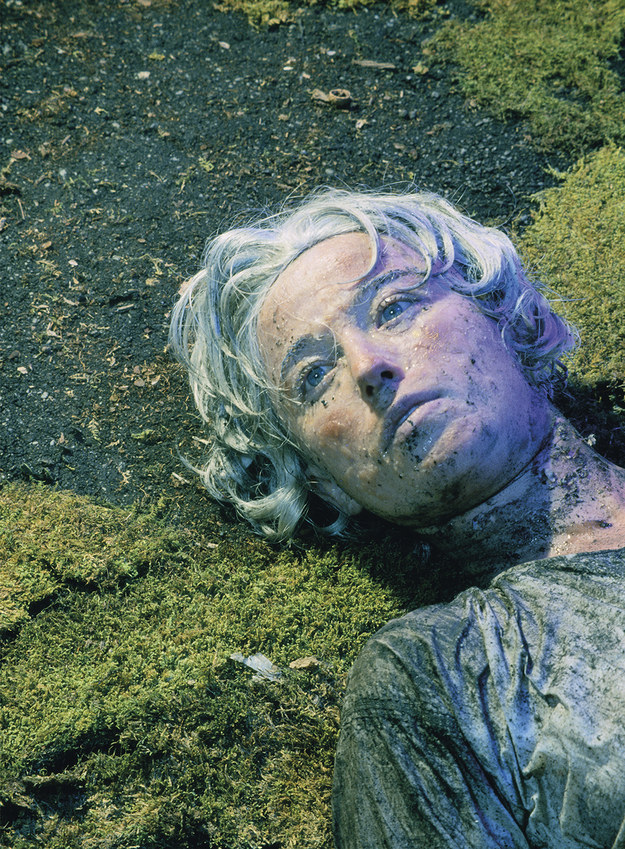Сообщение Vintage Las Vegas: amazing historical pictures of the Sin City появились сначала на Old Pictures.
]]>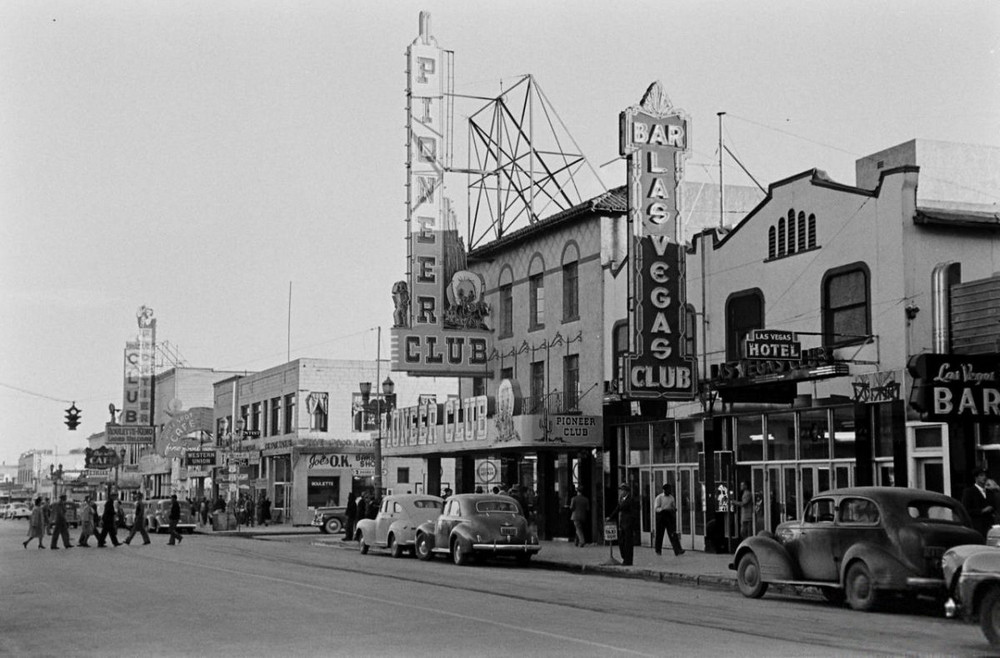
These stunning vintage Las Vegas pictures shed light on the pre- and an early neon era of the city.
Nowadays, Las Vegas is the world’s capital of entertainment, but it was a bit different back in vintage days. But no one could guess that the city will develop this way on the day of its foundation in 1905. It was a modest settlement amidst a rocky desert, and its name “Las Vegas,” which ironically means “fertile valleys” in Spanish. It was just an important railway junction for a long time, where trains were refueled, going mainly from west to east and back.
Our vintage pictures set covers the whole history of Las Vegas, from the foundation decade to the years when the city became a world-known attraction.
Time to gamble!
The gambling became legal in the state of Nevada in 1931. At the same time, the construction of the Hoover Dam began 40 kilometers away from Las Vegas. These two factors changed the fate of the city dramatically. After WWII, lavishly decorated hotels, gambling establishments, and entertainment became synonymous with Las Vegas. The Golden Gate Hotel and Casino is the oldest continuously operating hotel and casino in Las Vegas. It is located in the city center on Fremont Street, opened in 1906 as the Nevada Hotel.
Check out vintage photo sets from the different cities in our special section.
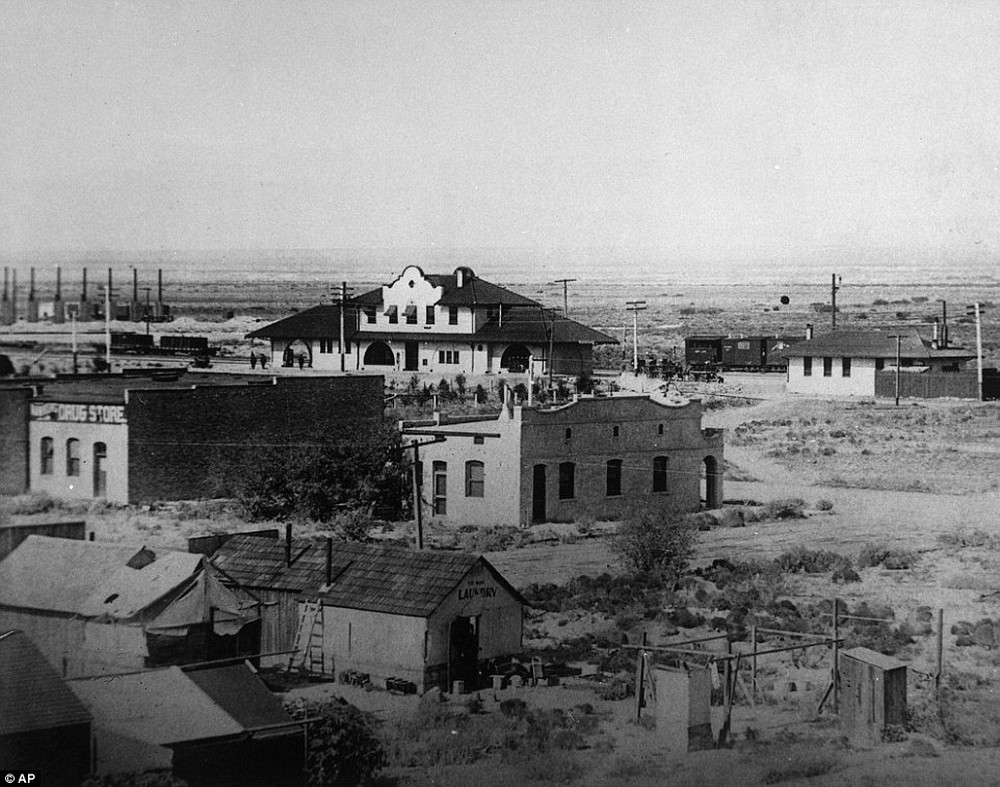
Vintage Las Vegas, 1906

Downtown Las Vegas in 1942
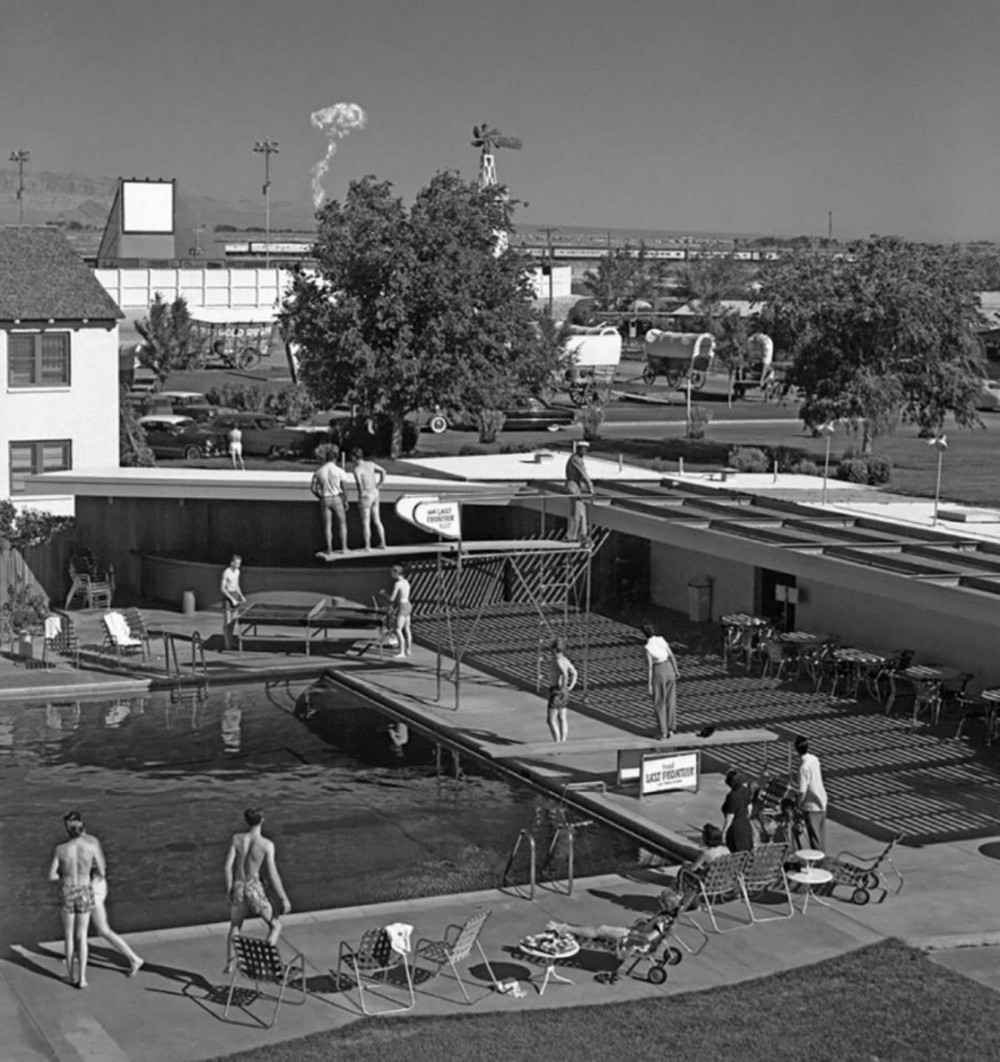
Swimmers at the pool in a Las Vegas hotel watch a cloud from a nuclear explosion at a testing site 120 km from the hotel, 1953
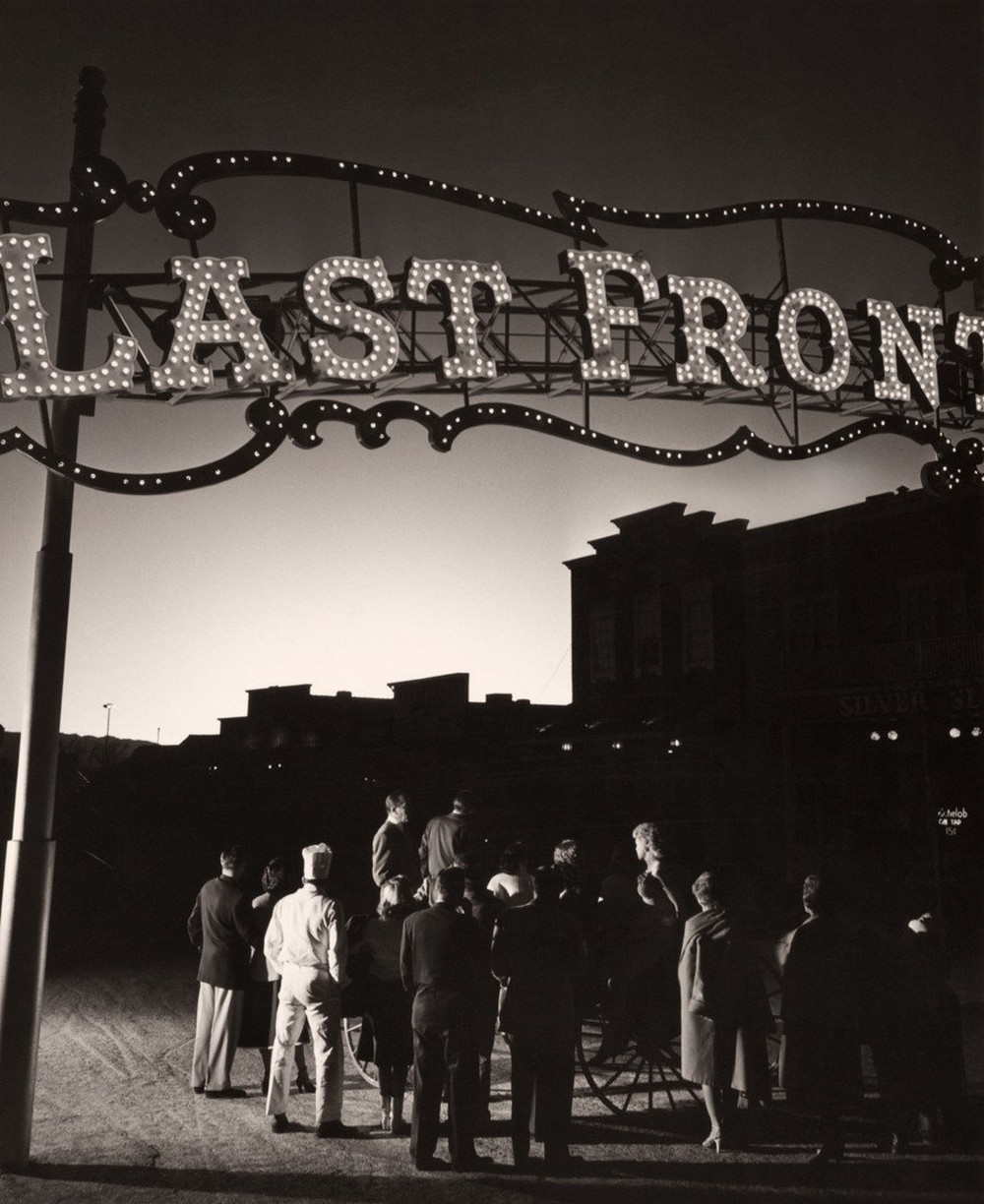
The glow from a nuclear explosion at a proving ground caught the attention of Las Vegas casino workers, March 1953
Vintage pictures of nuclear mushrooms
Nuclear mushrooms were another entertainment that attracted tourists to Las Vegas in the 1950s. The test site was not so far away from the city, and people could observe the most significant nuclear explosions out of a total of 928 that were made. The first one was in January 1951.
“The nuclear explosion in Nevada this morning (February 2, 1951) is reputedly by far-flung observers the most violent of the four this week. It shook Las Vegas from 64 to 112 kilometers away like an earthquake. Buildings swayed, shop windows shattered. The flash, first white, then orange and finally yellow, was seen from the farthest distance compared to any other that had previously occurred”.
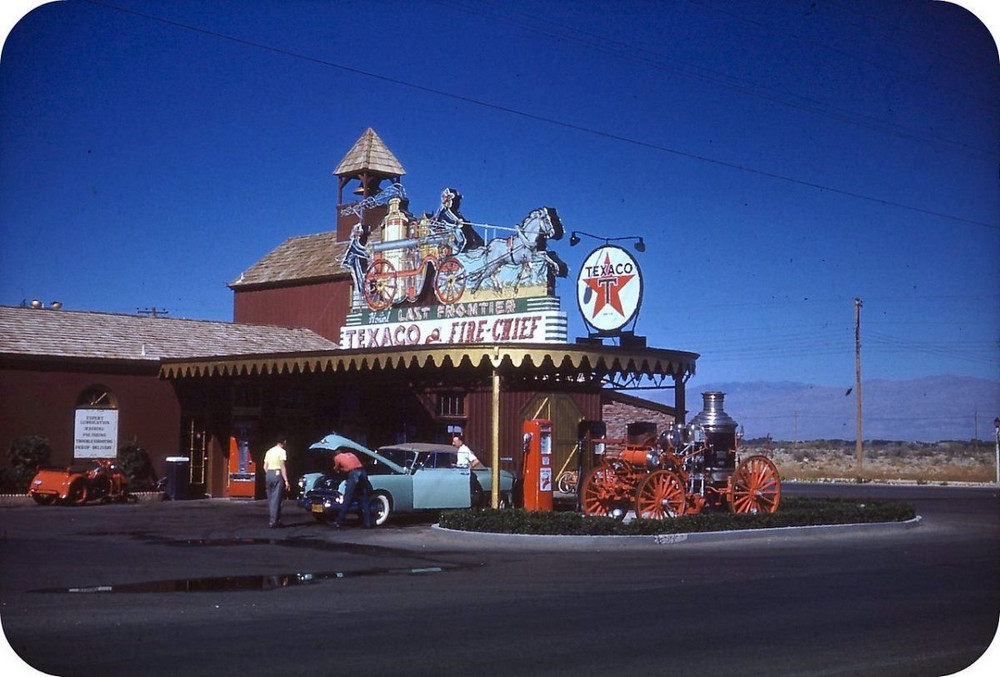
Vintage Las Vegas Strip. A 1940s photo shows a gas station at the Last Frontier Hotel, the second hotel on the Strip.
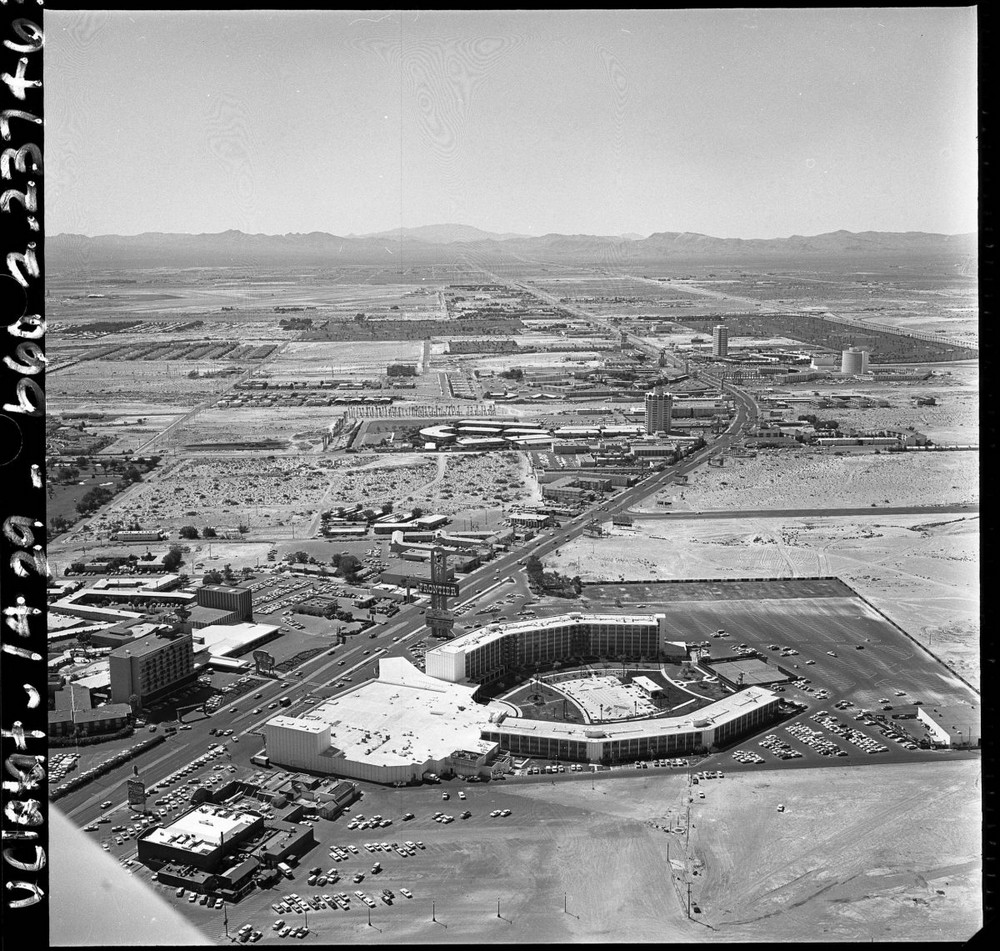
Las Vegas Strip, 1968.
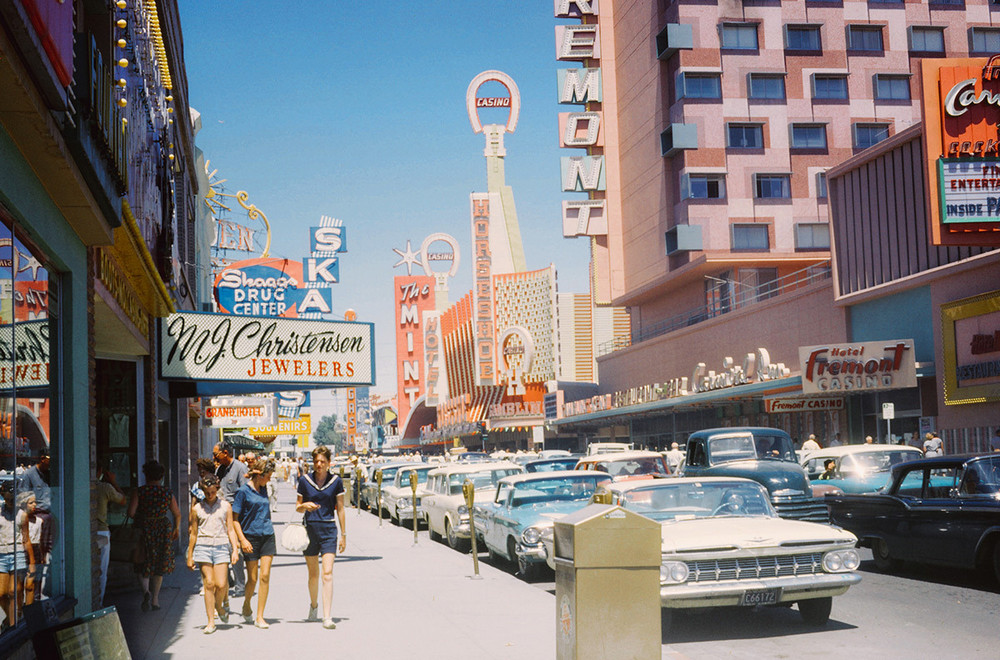
Vintage photos of the Fremont Street, Las Vegas, July 1962.
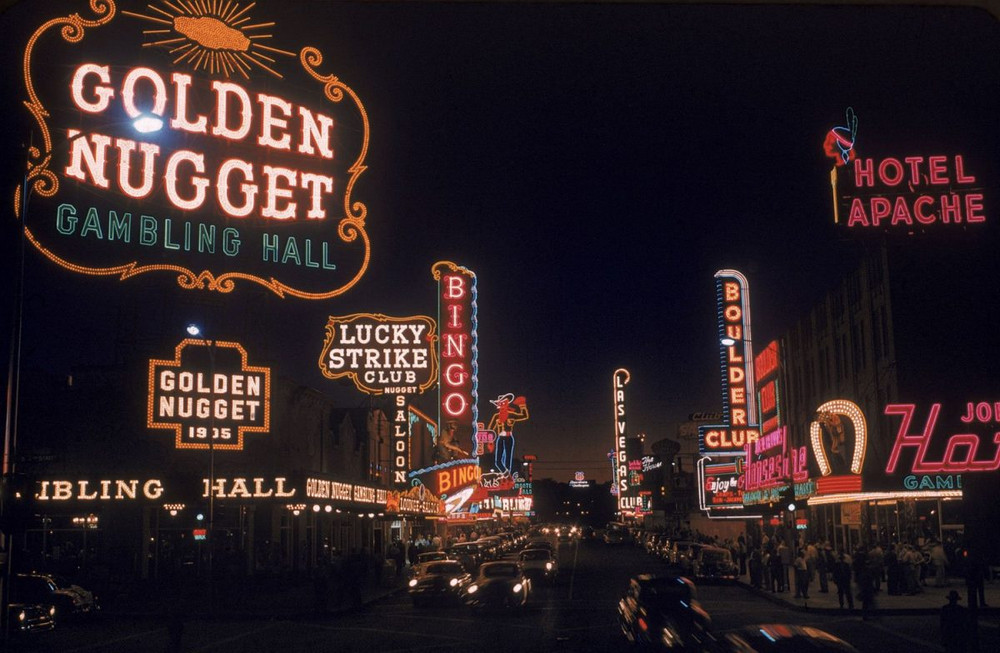
Strip, Las Vegas, 1955
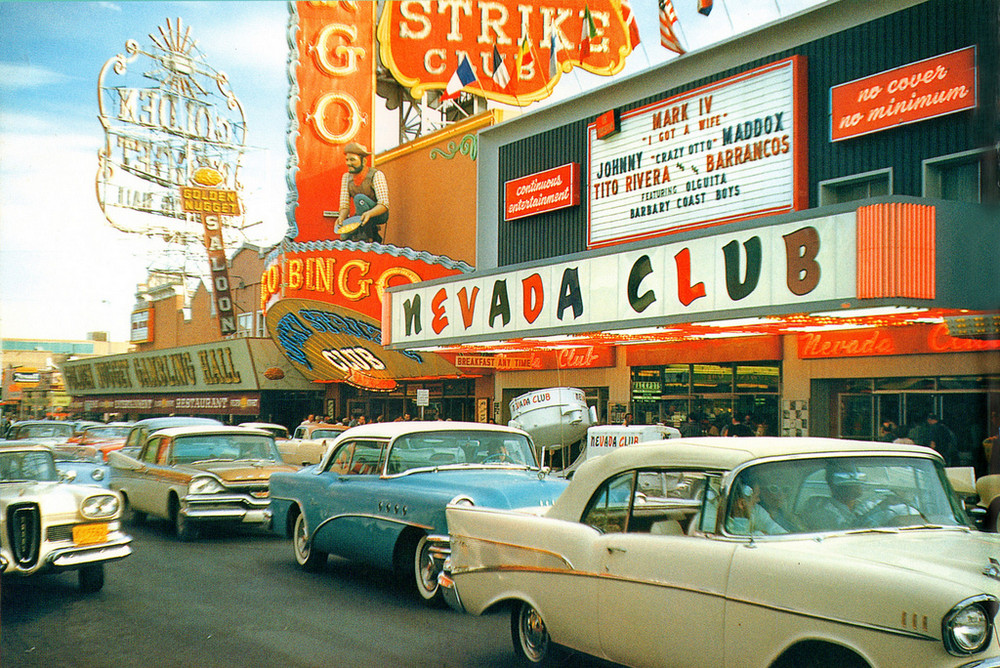
Nevada Club, 1958
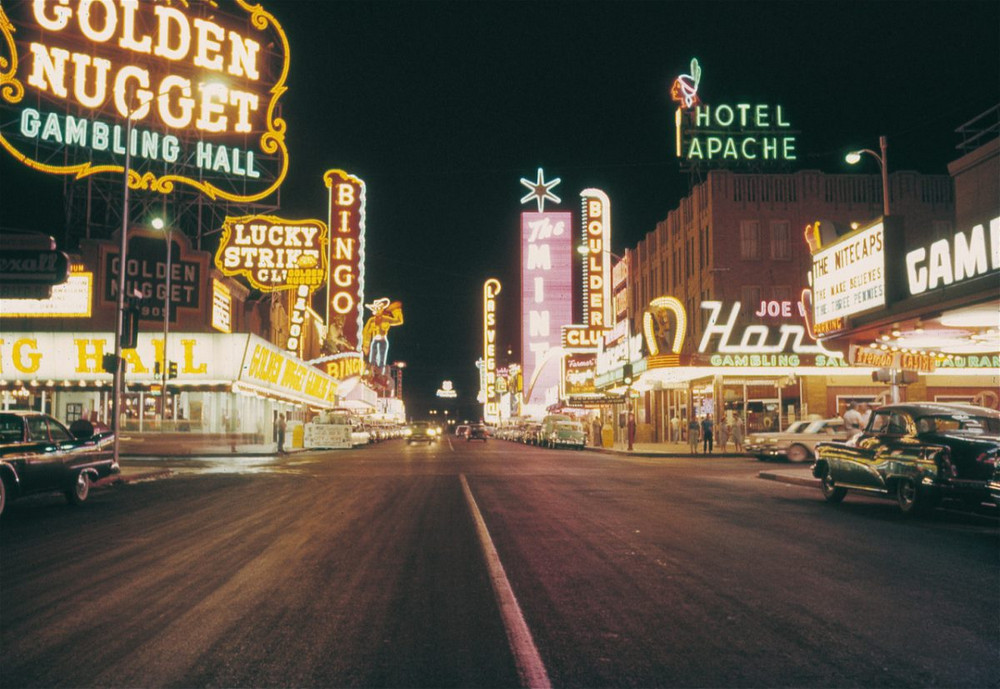
Neon lights shaped the city development
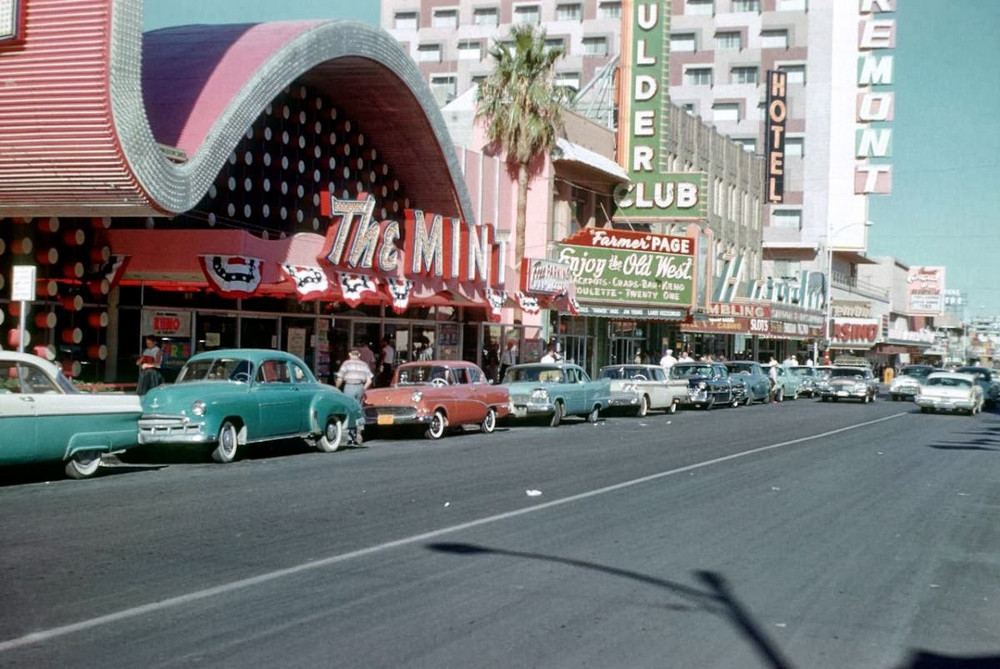
Las Vegas, 1959
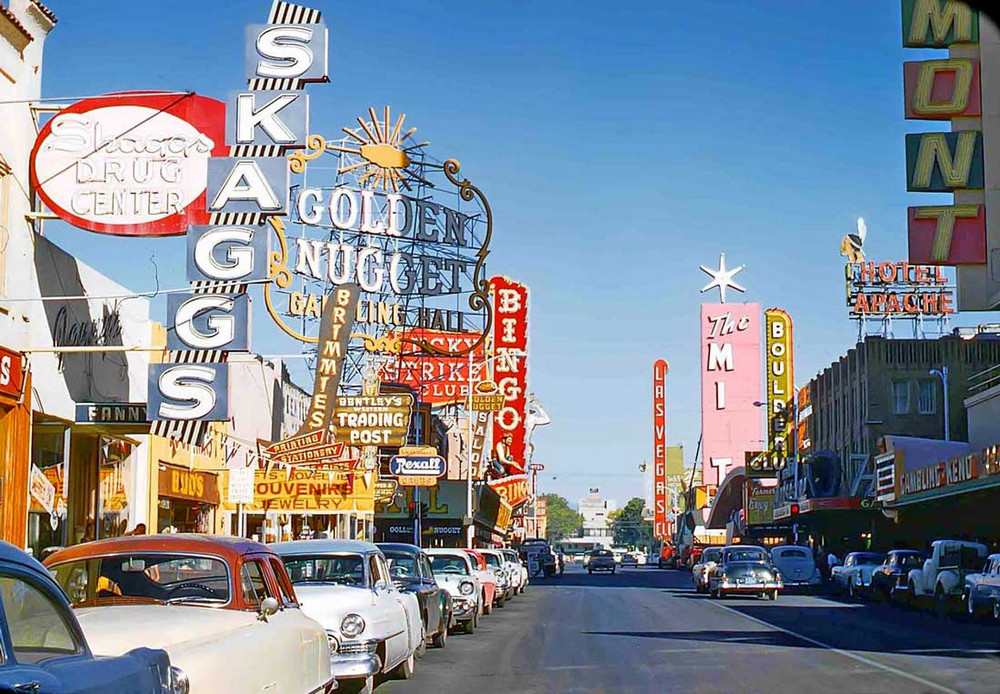
The Sin City in 1957
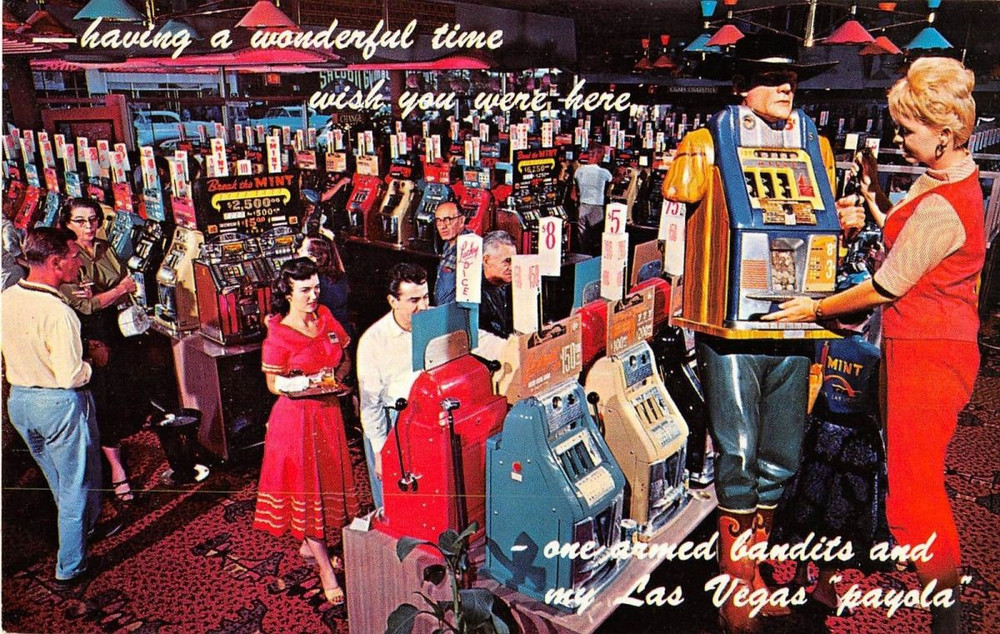
Las Vegas postcard
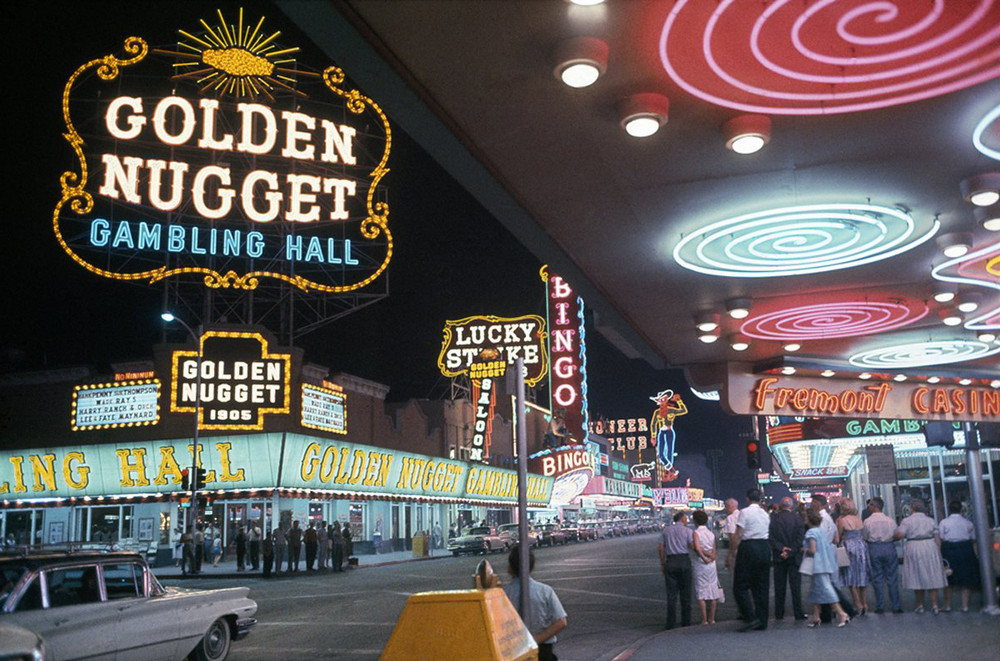
Golden Nugget, Las Vegas, Nevada, 1960
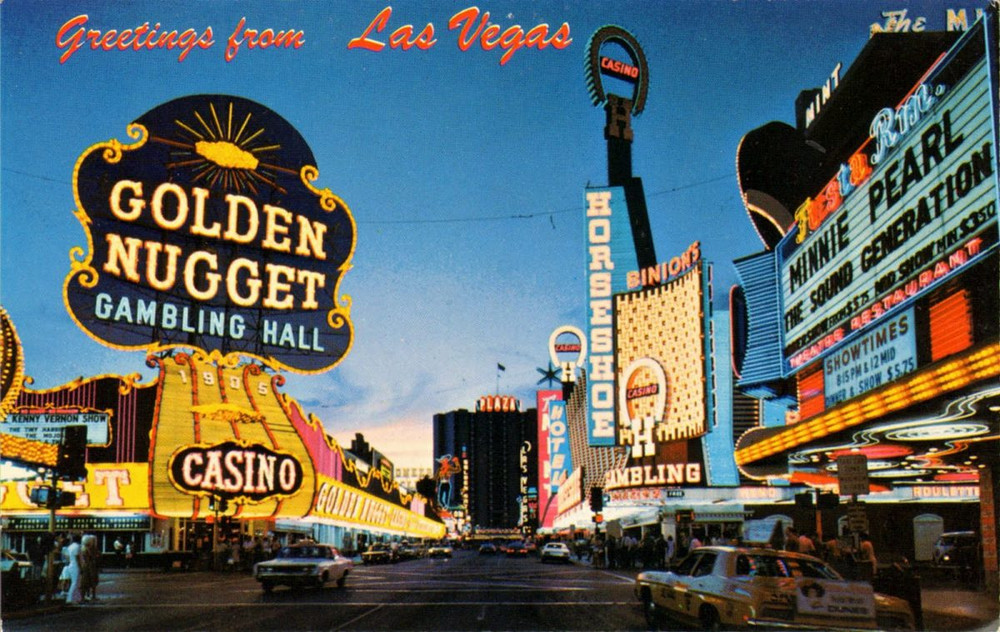
Golden Nugget in 1962
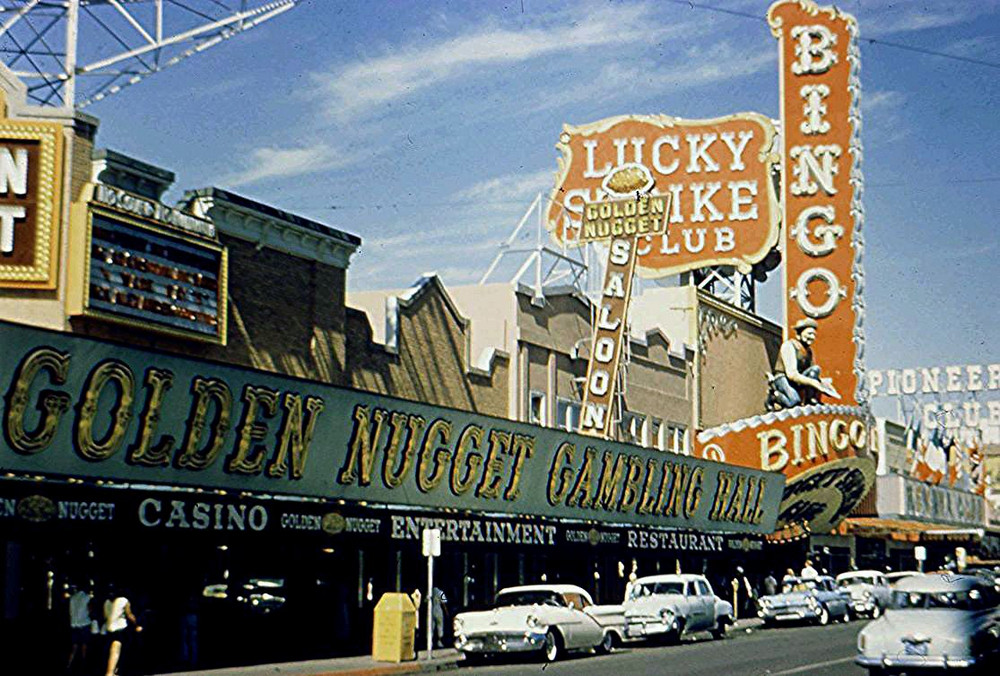
Downtown, 1958
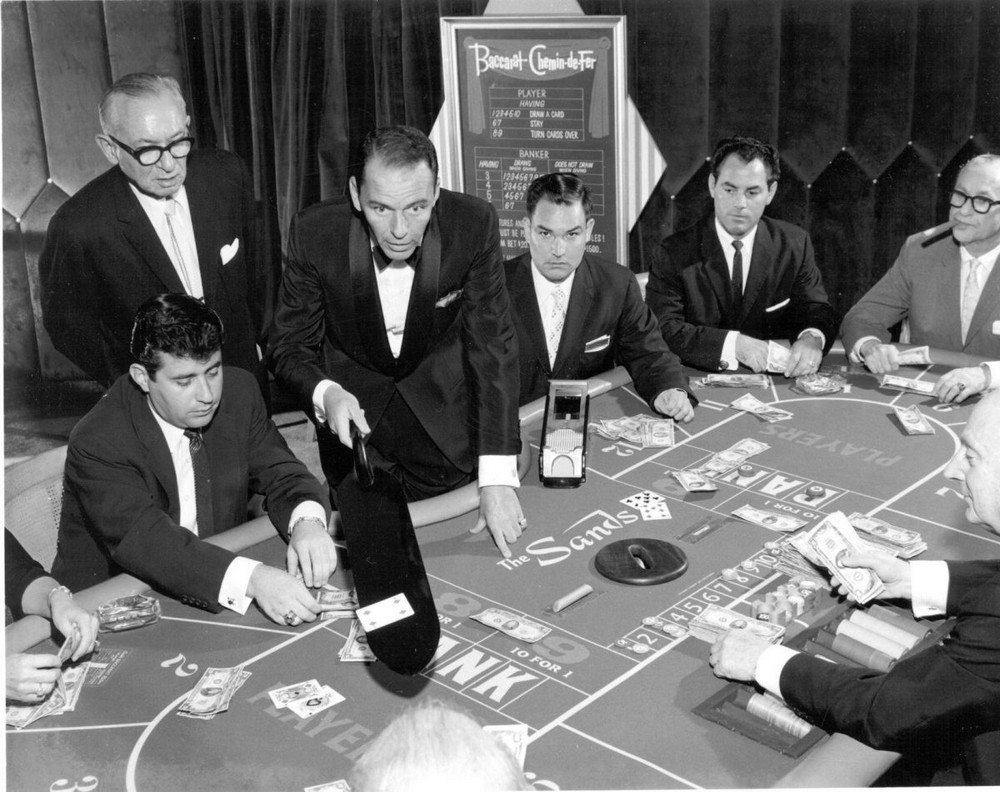
Frank Sinatra playing baccarat at the Sands Casino, Las Vegas, November 1959.
Read more: Frank Sinatra’s Arrest, New Jersey, 1938
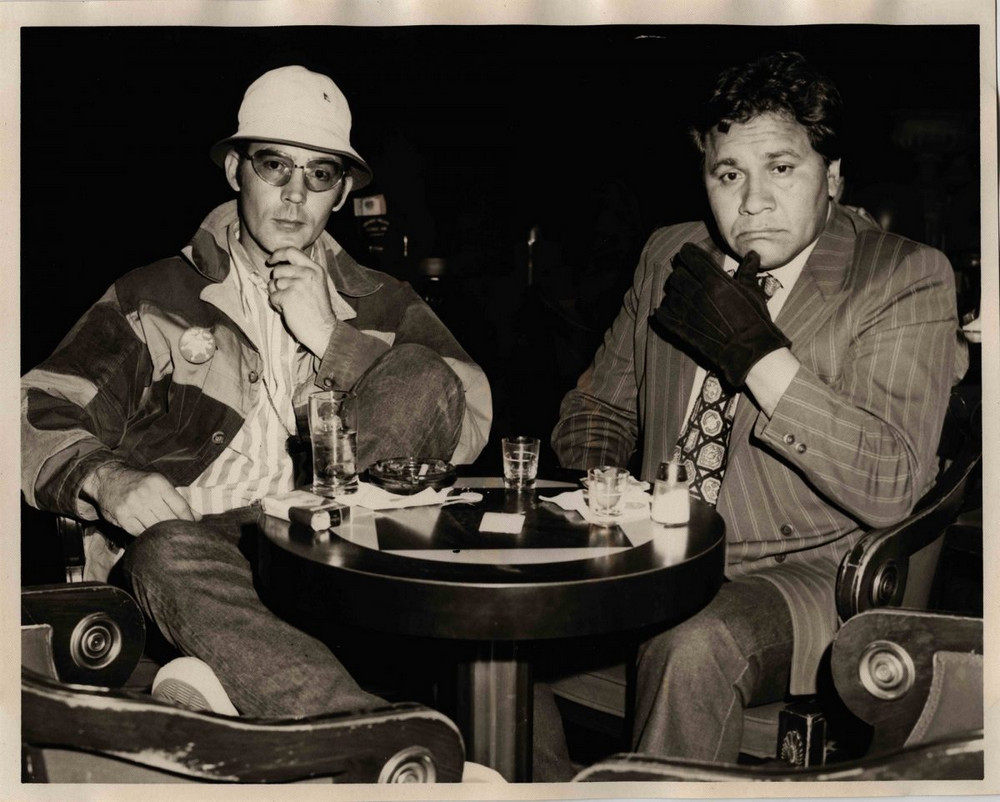
Hunter S. Thompson and Dr. Gonzo at Caesar’s Palace in Las Vegas in 1971.
Сообщение Vintage Las Vegas: amazing historical pictures of the Sin City появились сначала на Old Pictures.
]]>Сообщение American settlers’ lifestyle through the lens of Solomon Butcher появились сначала на Old Pictures.
]]>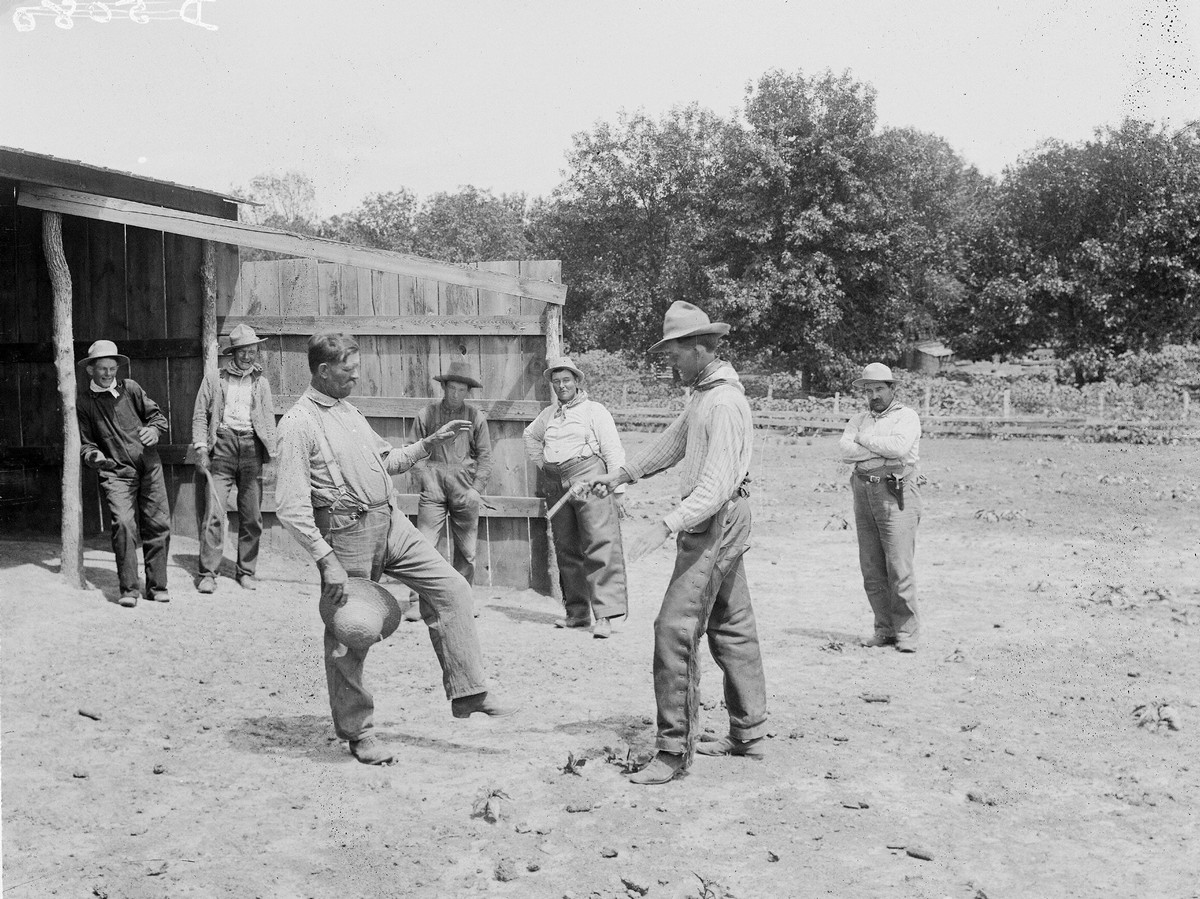
Solomon Butcher photography is an important visual source for understanding the routine of the American settlers’ lives. Solomon Butcher preserved her history in 3,500 glass negatives documenting the Great Plains pioneers’ lives between 1886 and 1912.
Settlers defined a new life on the prairies, huddled in turf huts, erected outbuildings, cultivated wild virgin lands, and upset estates. Solomon Butcher captured the formation of the first farms and constructed a new way of life, never seen before.
From a salesman to the settler
Solomon D. Butcher was born in Virginia in 1856. He graduated from high school in Illinois. Young Solomon became an apprentice of a tintype master, from whom he learned the art and science of photography. After that, he entered military school but studied for only one semester and started a salesman’s Ohio career.
In 1880 Solomon Butcher found that his father had quit his railroad job to build a farm in Custer County, Nebraska. He was pretty tired of sales traveling, by that moment, and agreed to head west with his family. They hit the road in March and covered more than a thousand kilometers with two covered carriages. Young Butcher admitted that he was ill-suited for a pioneer’s life and returned his land to the government two weeks later.
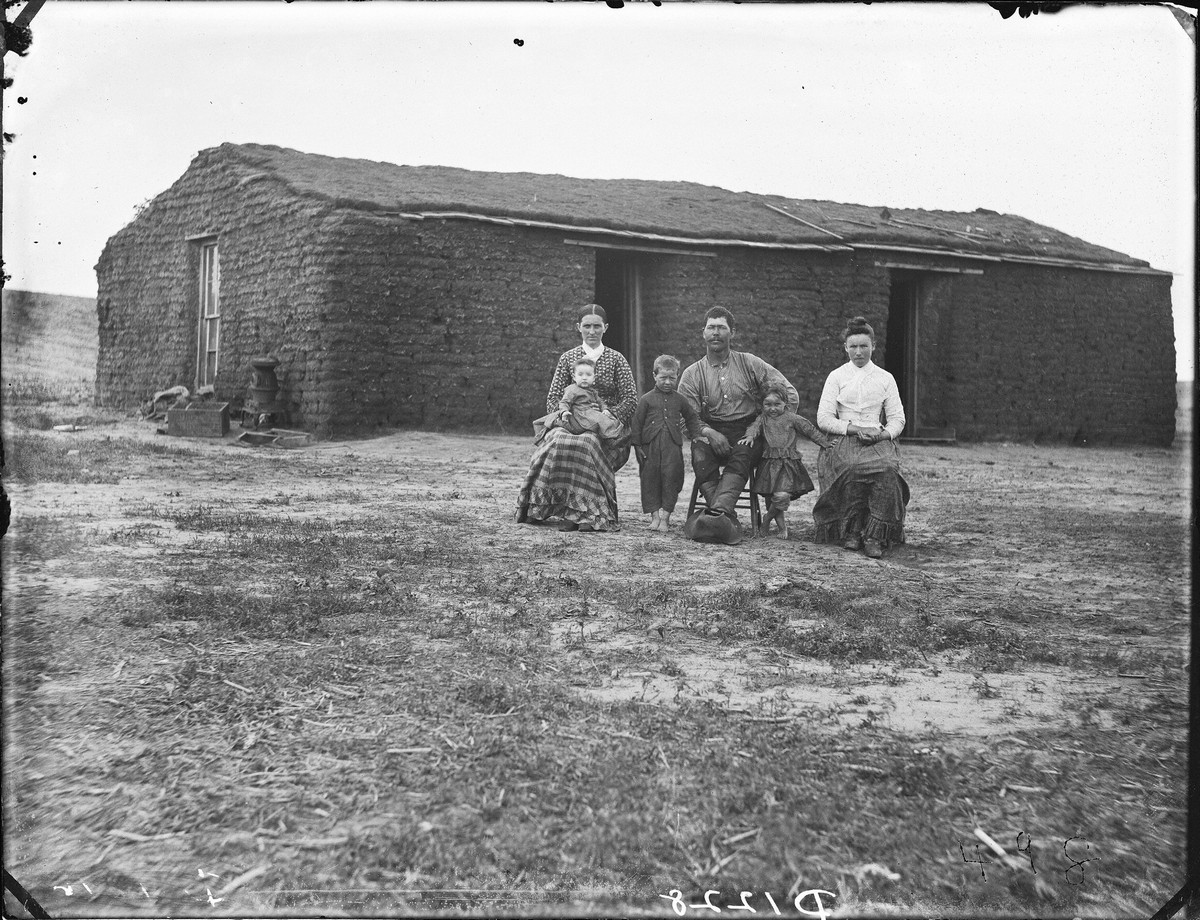
How Solomon Butcher started his photo career
In the early 1880s, Solomon Butcher entered Minnesota Medical College, where he met his future wife, Lilly Barber Hamilton. In October 1882, he and his bride returned to Nebraska. As a schoolteacher, he saved his teacher’s dollars and borrowed money to buy land and acquire photographic equipment. This building became the first photography studio in Caster. The young family lived there until September 1883, when Butcher completed the turf living space next to the studio.
Financial problems forced Solomon Butcher to move his family from city to city. In 1886, he latched onto the idea of creating a photographic history of Custer County. The photographer’s father agreed to lend him a van, and Butcher embarked on an odyssey of nation-level value. The journey was difficult. He spent hours driving off-road from house to house. He often used printouts to pay for food, lodging, and stables for his horses.
The financial problems of Solomon Butcher remind us of Carleton Watkins, another outstanding photographer of that period who didn’t manage to extract the money value out of his photography.
Read more: Vintage Las Vegas: amazing historical pictures of the Sin City
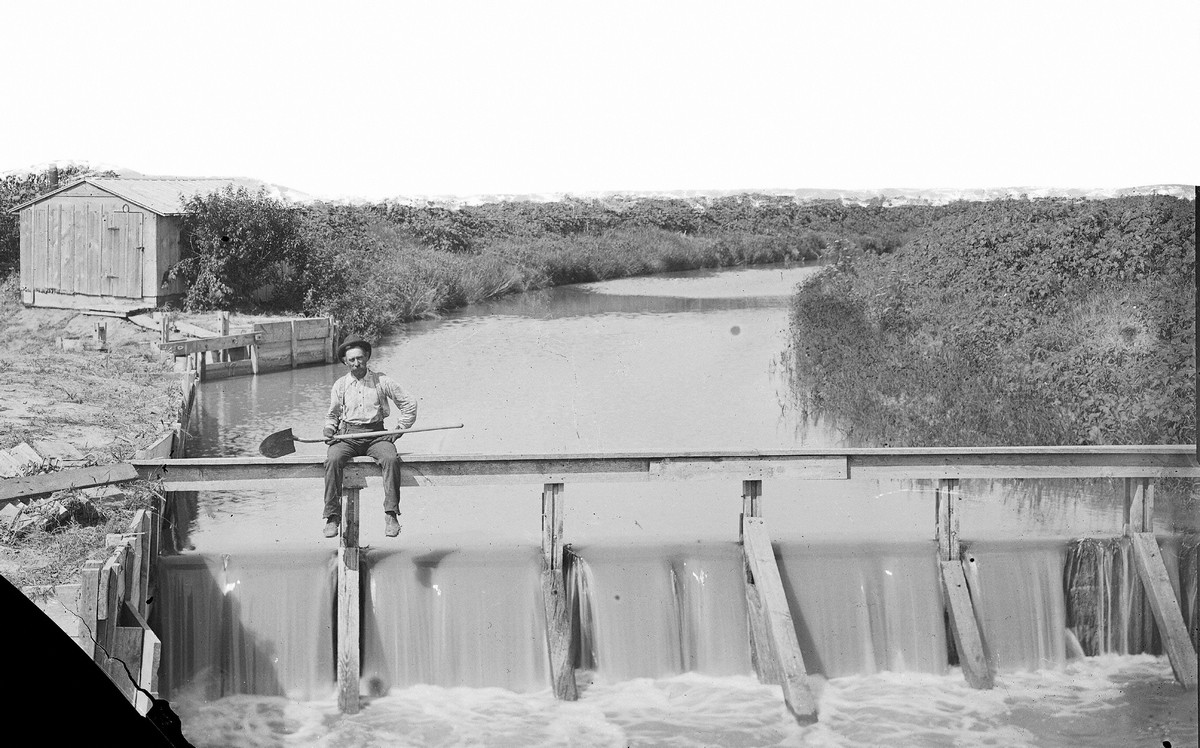
Irrigation canal east of Cozad, Nebraska, 1904.
The Middle West history in pictures of Butcher
Butcher continued to photograph from 1886 to 1911. The success of his 1901 Pioneer Stories of Custer County, Nebraska, was the author’s greatest lifetime achievement. In 1904, he published Sod Houses, or The Rise of the American Great Plains: A Painterly Story of the People and Means that Conquered This Wonderful Country. His photo collection grew, but it was not possible to raise funds for other publications. Again Solomon Butcher moved from town to town, and it became increasingly difficult to transport his huge collection of glass plates.
Solomon Butcher was an astute photographer, but he died without realizing the significance of his photographs. He documented the Great Plains’ settlement in the harsh environments of Nebraska’s Sandy Hills, candidly portraying everyday life on the prairie. A collection of over 3,000 of his digitized works is kept in the Library of Congress collections. Some of the images are available in high resolution and accompanied by descriptions by the photographer.
Read more: New York in 1905 in 19 photos
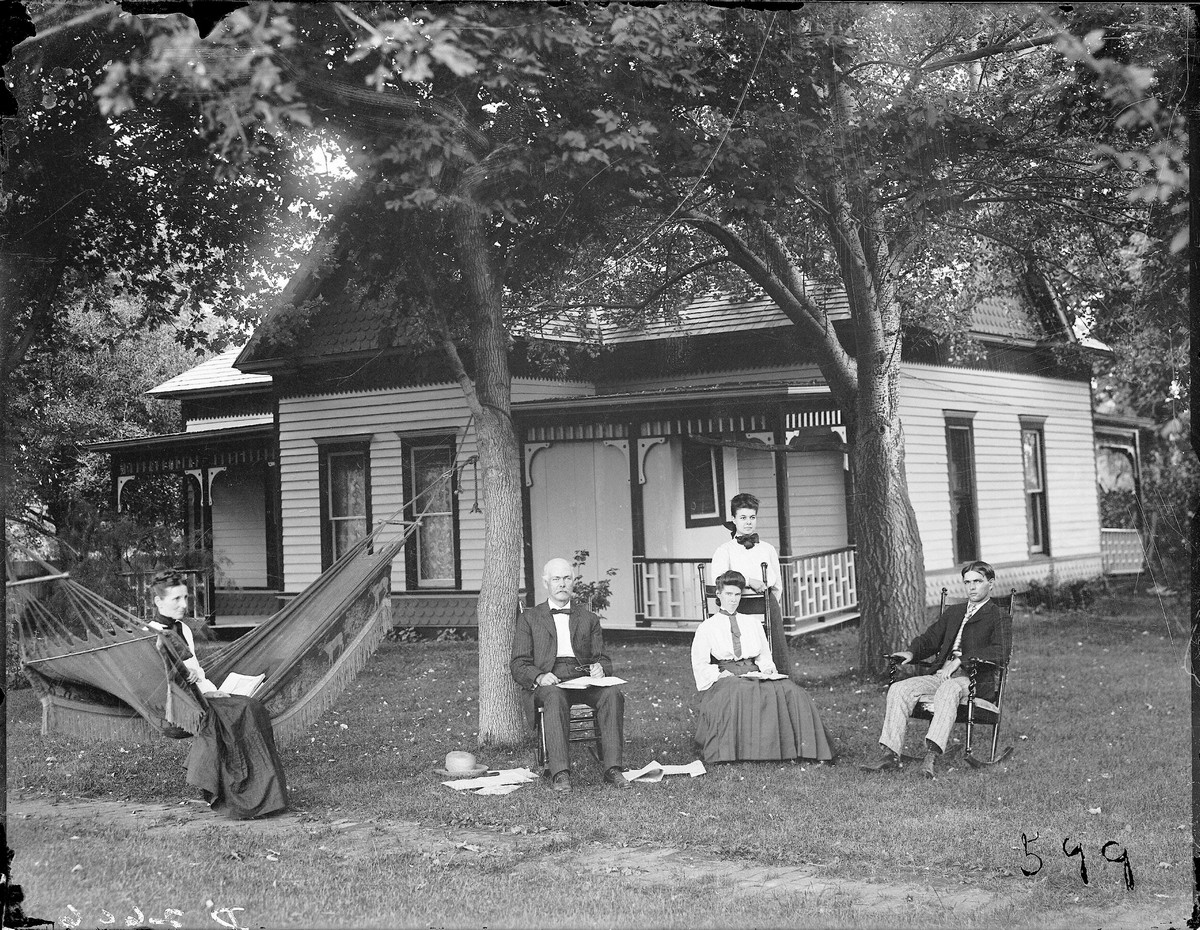
W.L. Hand Residence, Carney, Nebraska, 1911.
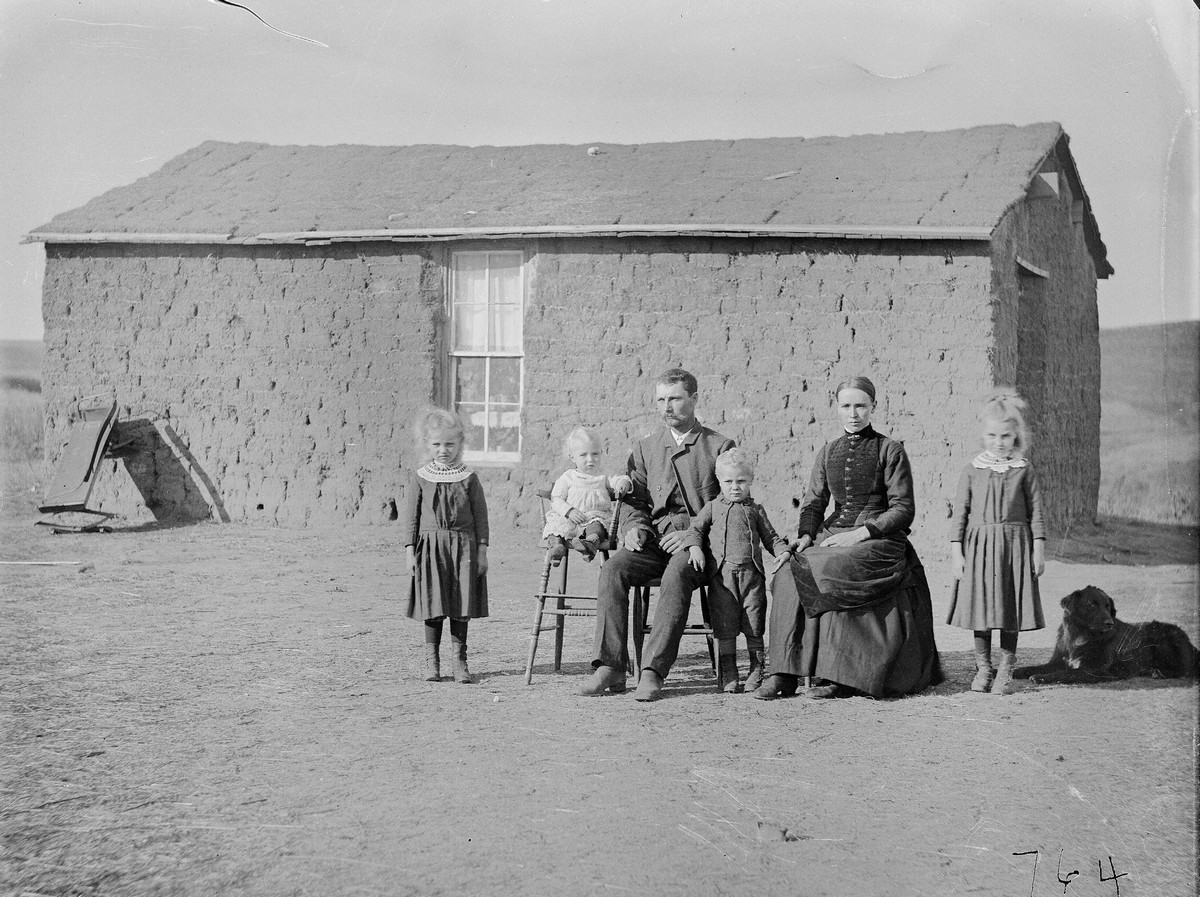
Solomon Butcher agreed with the photo sessions with 17 families.
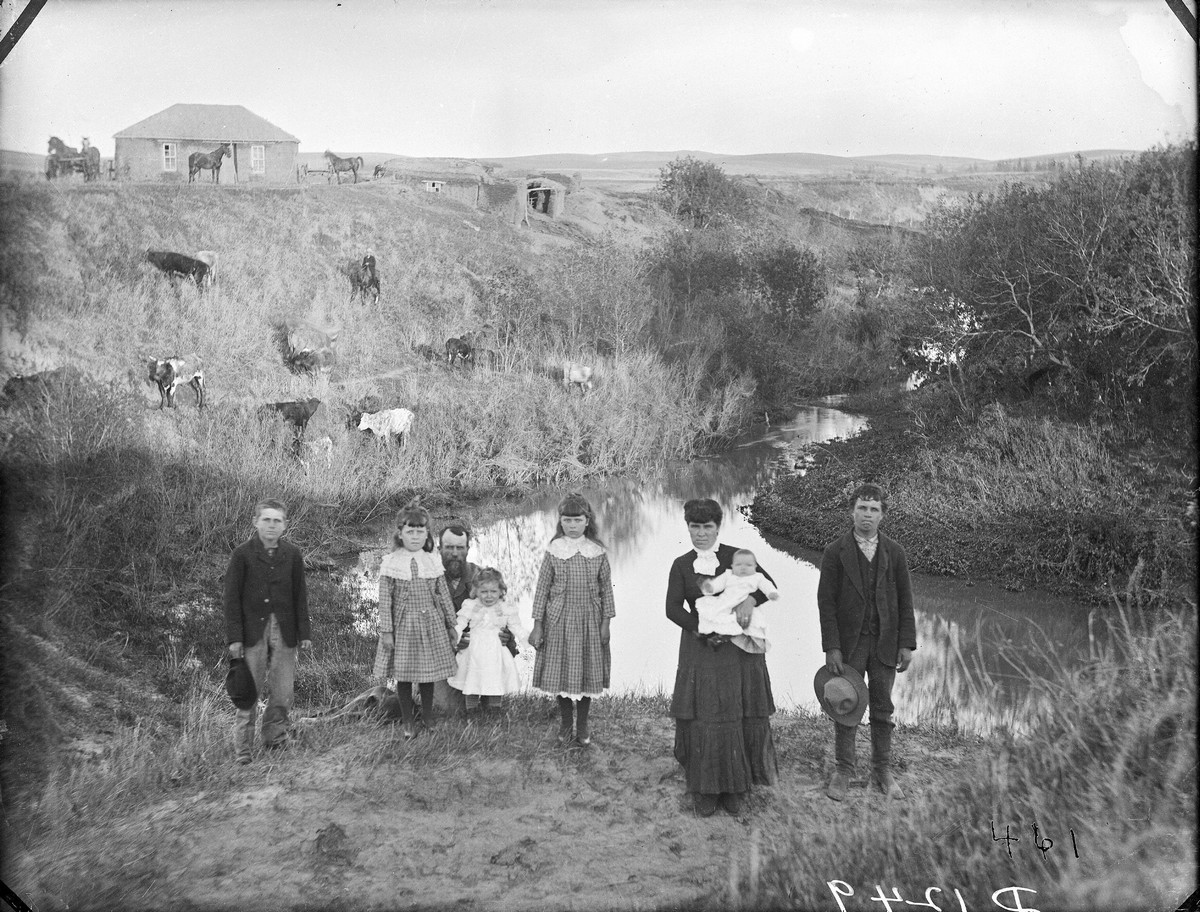
Sod House, Custer County, Nebraska, 1887.
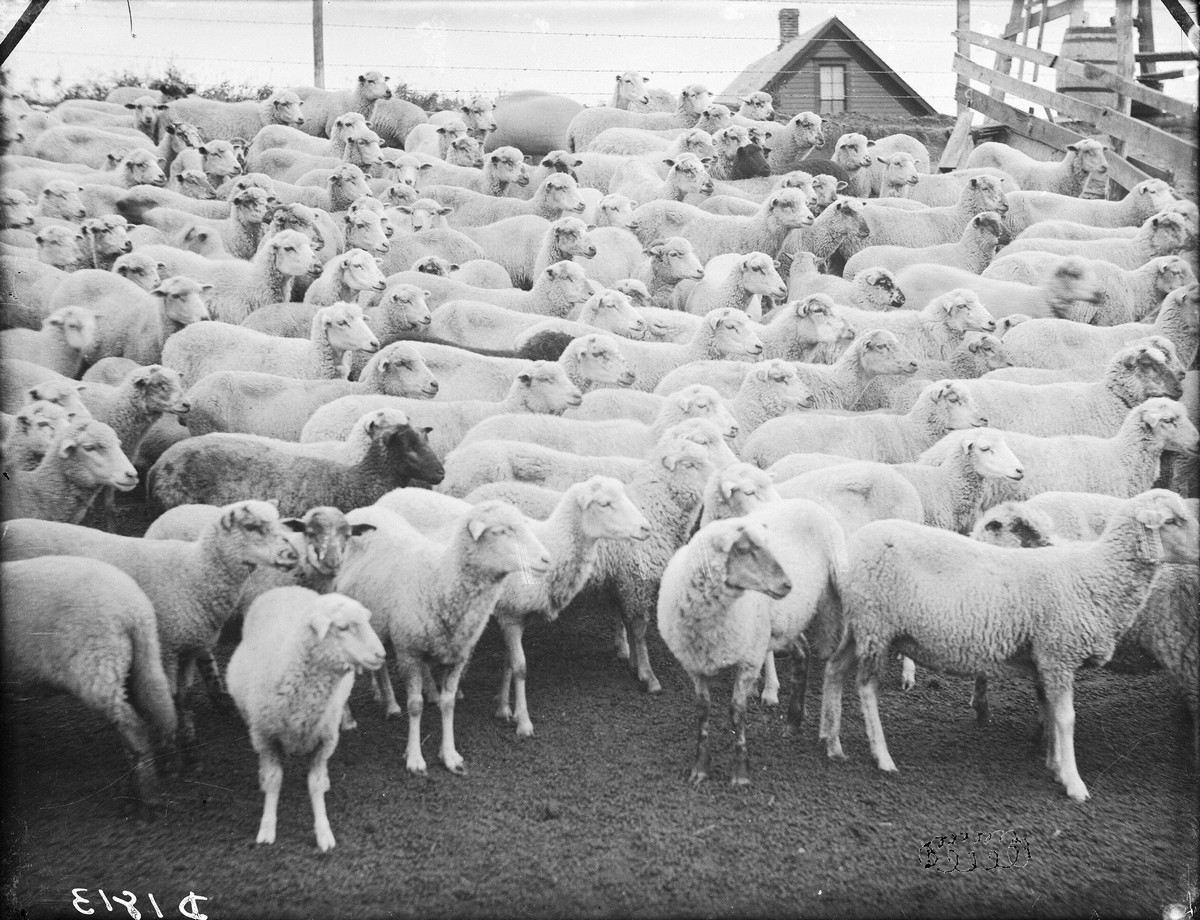
Sheep, Custer County, Nebraska, 1886

Young coyote, 1900.
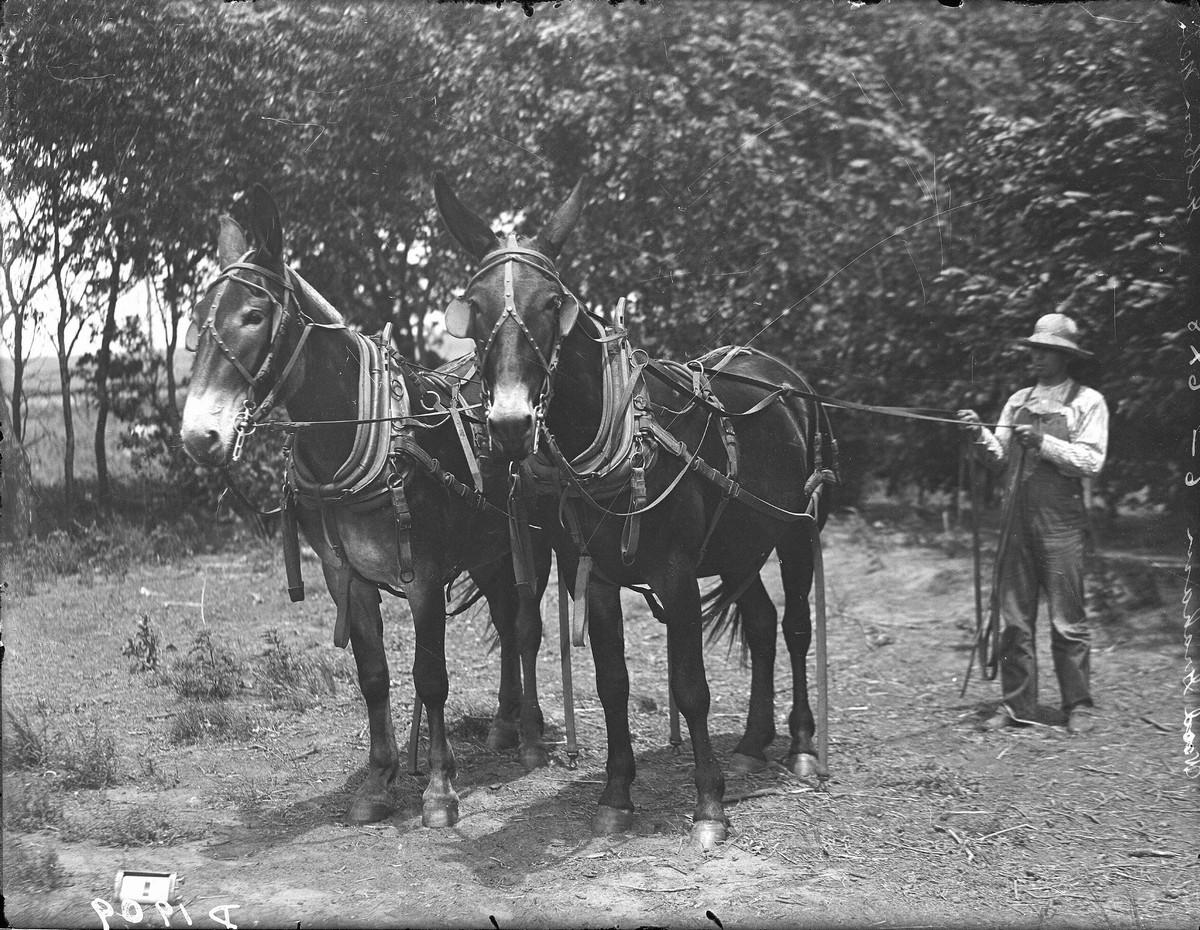
Wood Graham, near Gibbon, Nebraska, 1910.
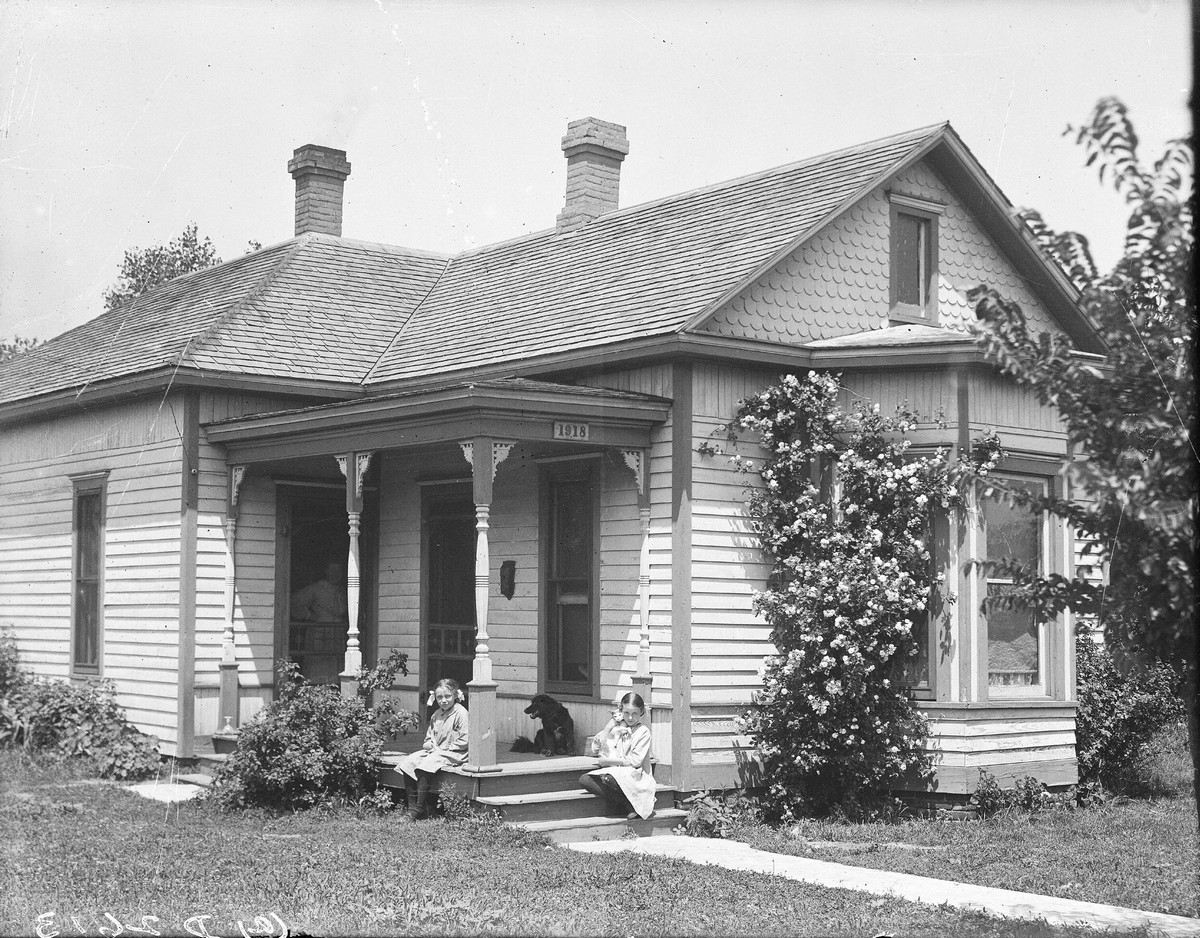
Webert House in Kearney, Nebraska, 1909.
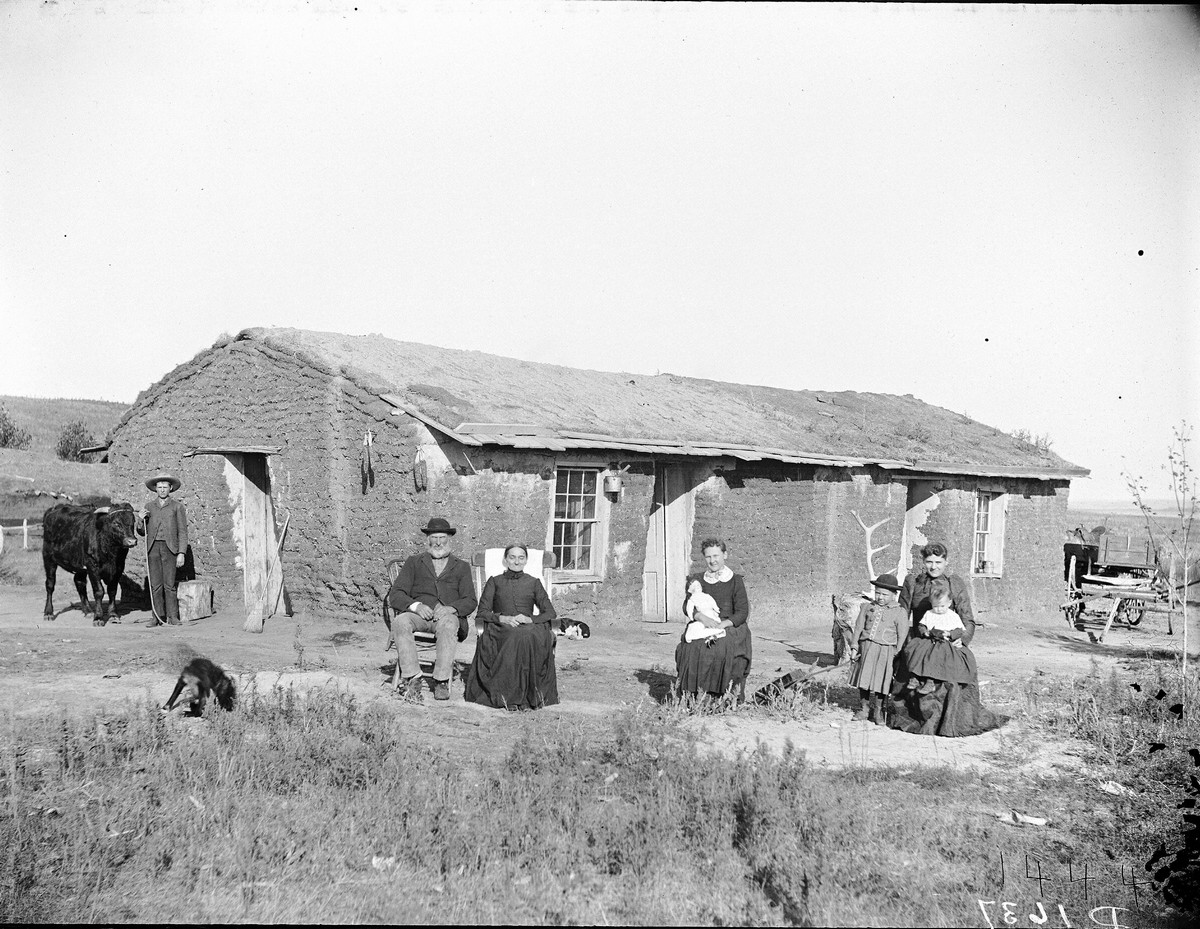
Southwest Custer County, Nebraska, 1892.
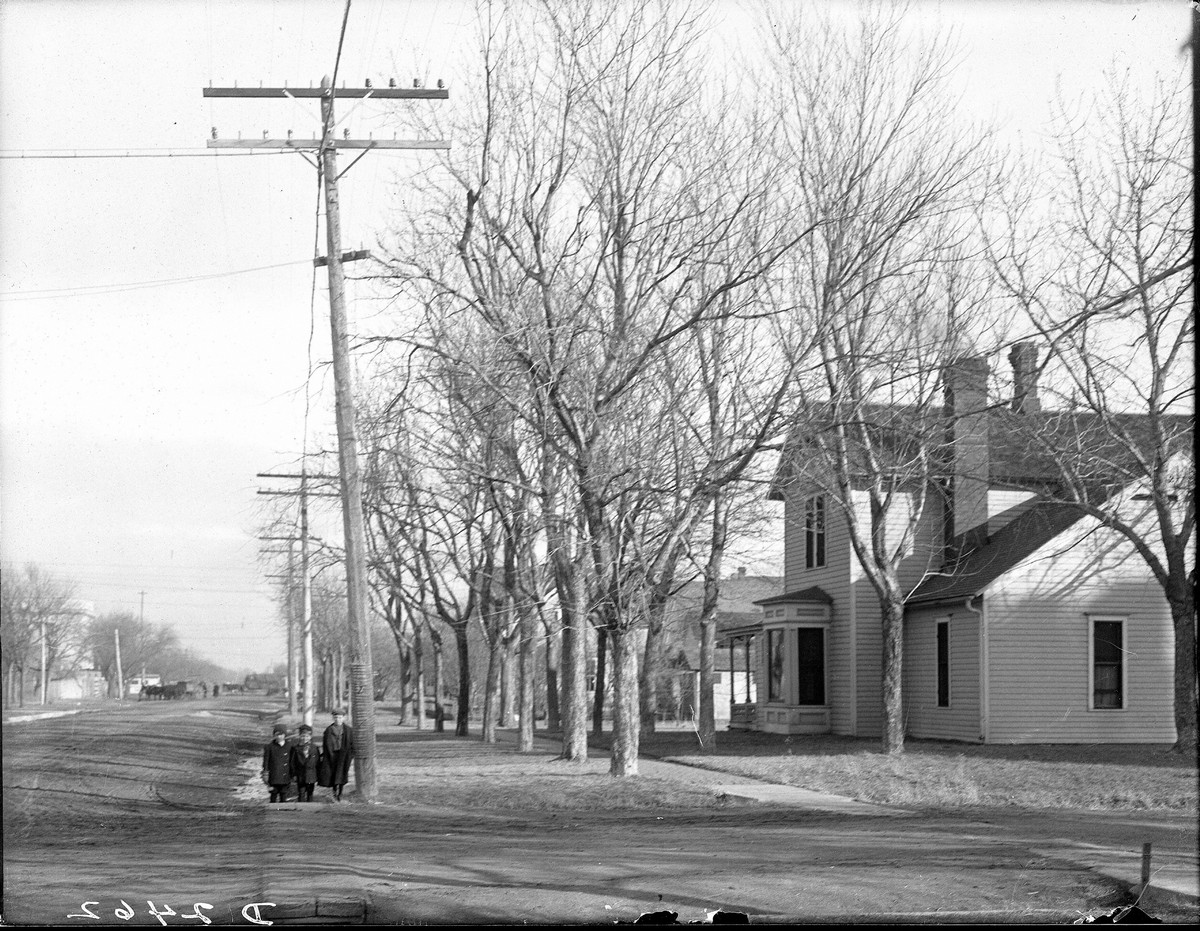
Street scene, Kearney, Nebraska, 1910.
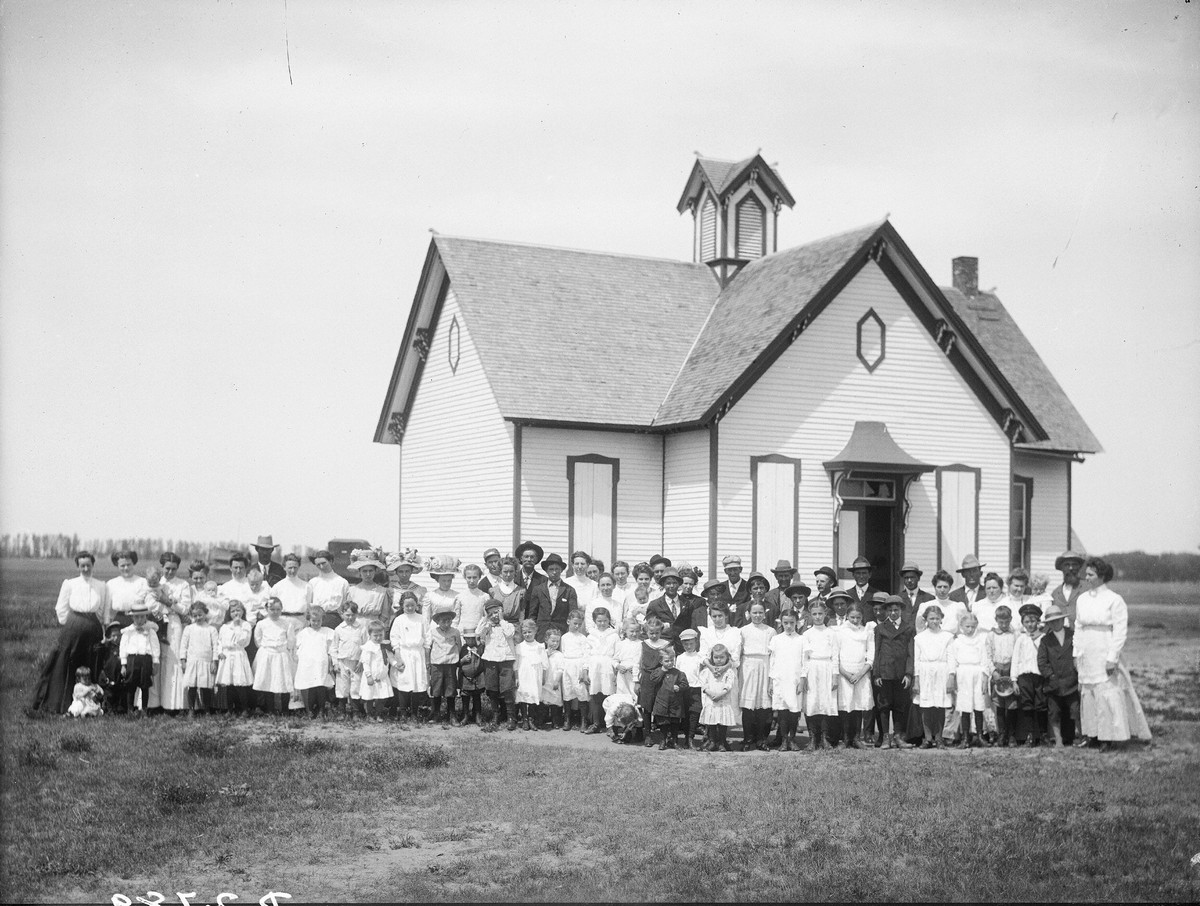
Students and teachers in Lowell, Nebraska, 1911
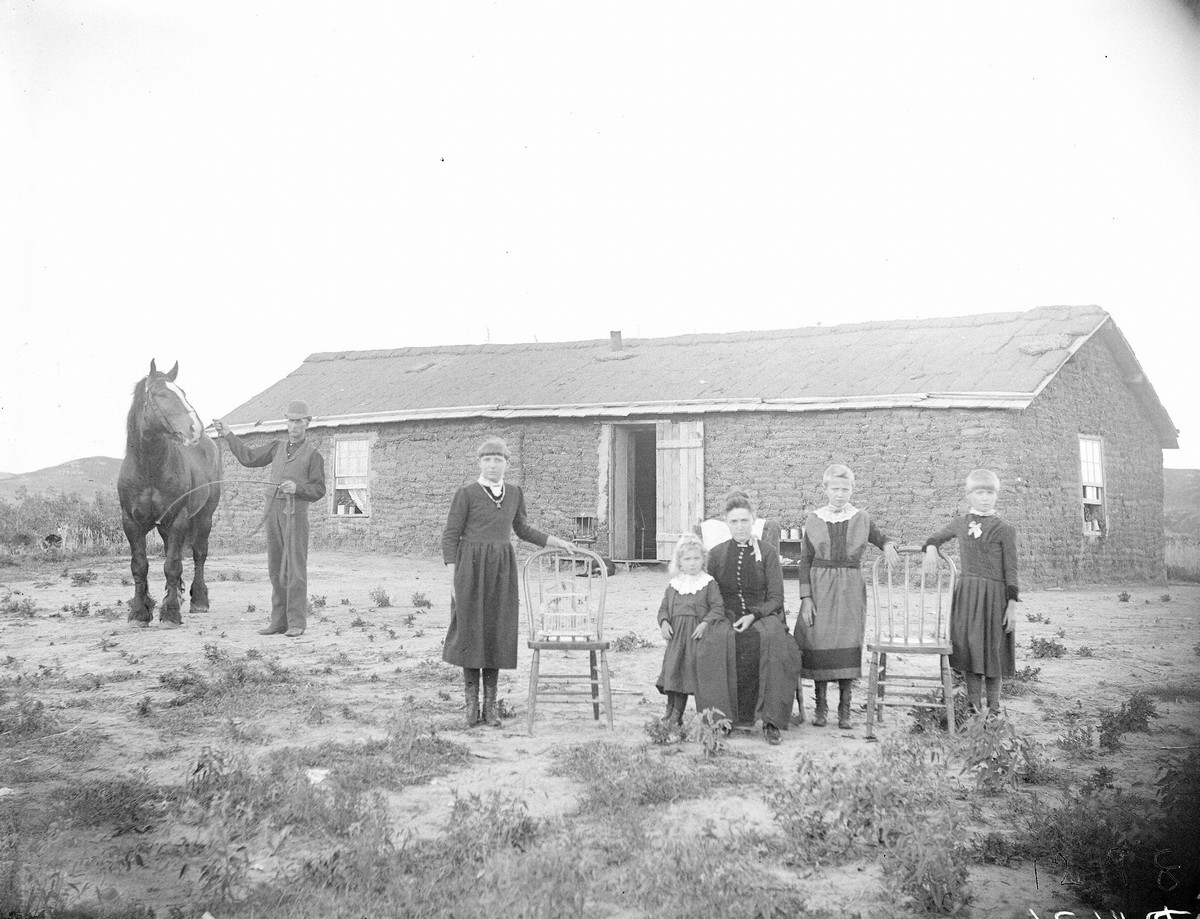
Settler’s family, Custer County, Nebraska, 1892

Rothen Valley, Custer County, Nebraska, 1892.
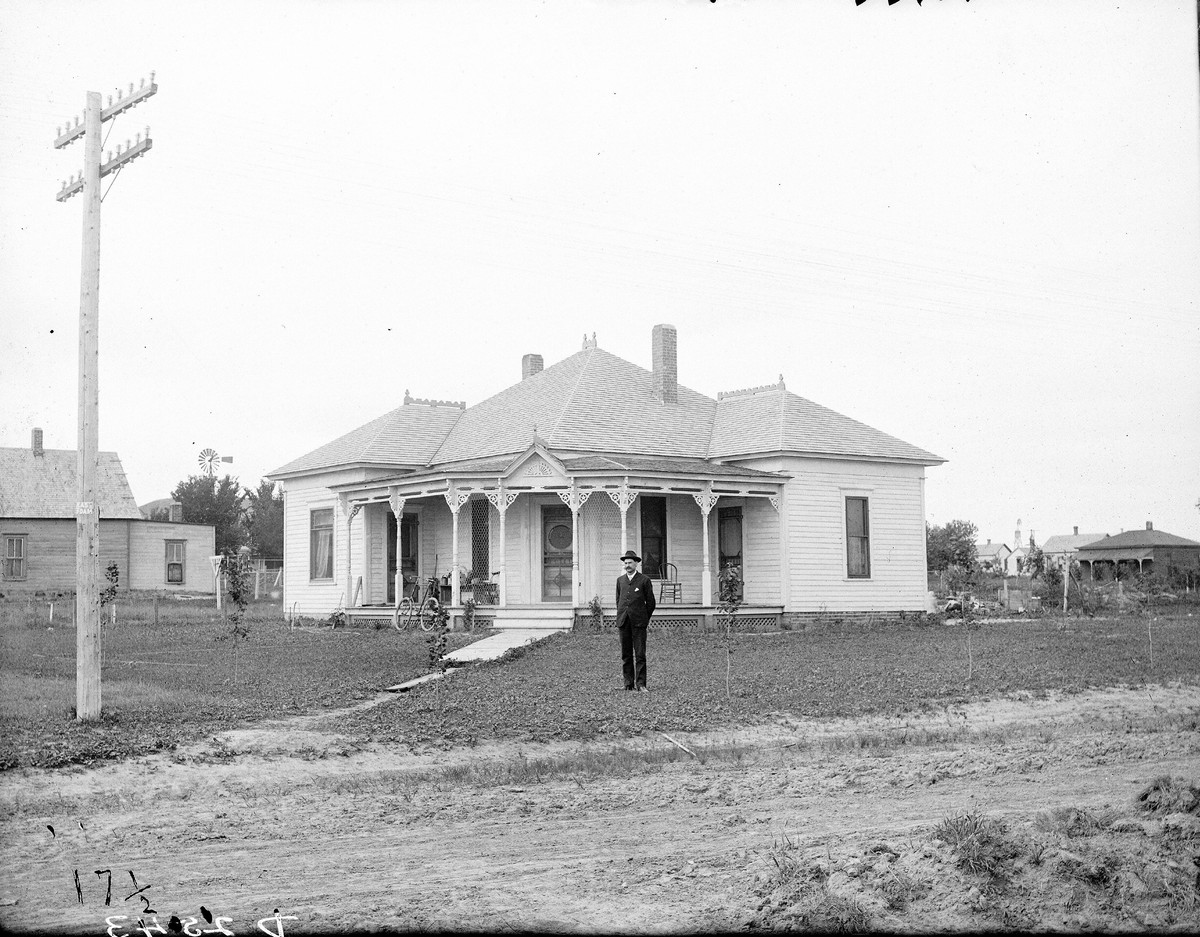
Reverend Trits House, Broken Bow, Nebraska, 1903.
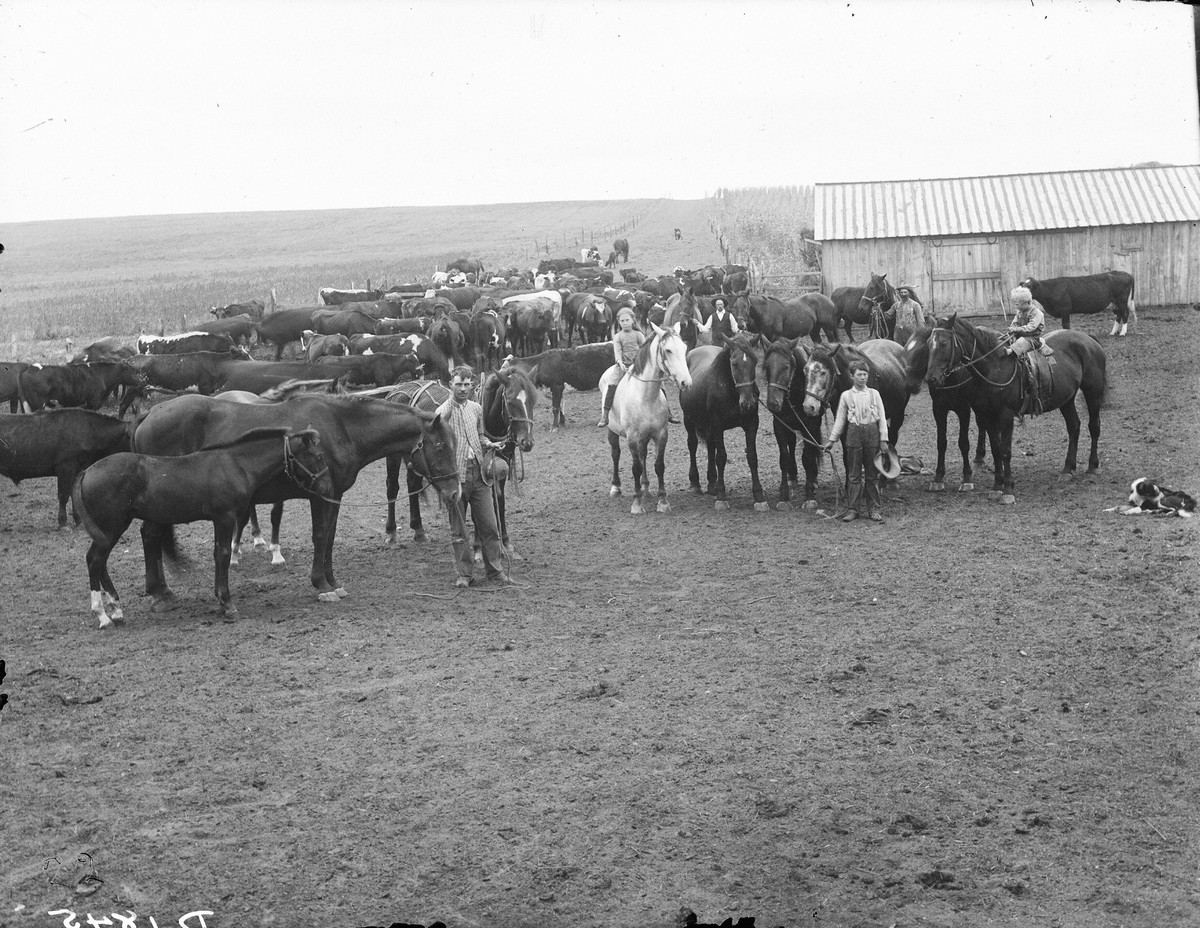
Ranch, Cherry County, Nebraska, 1901.
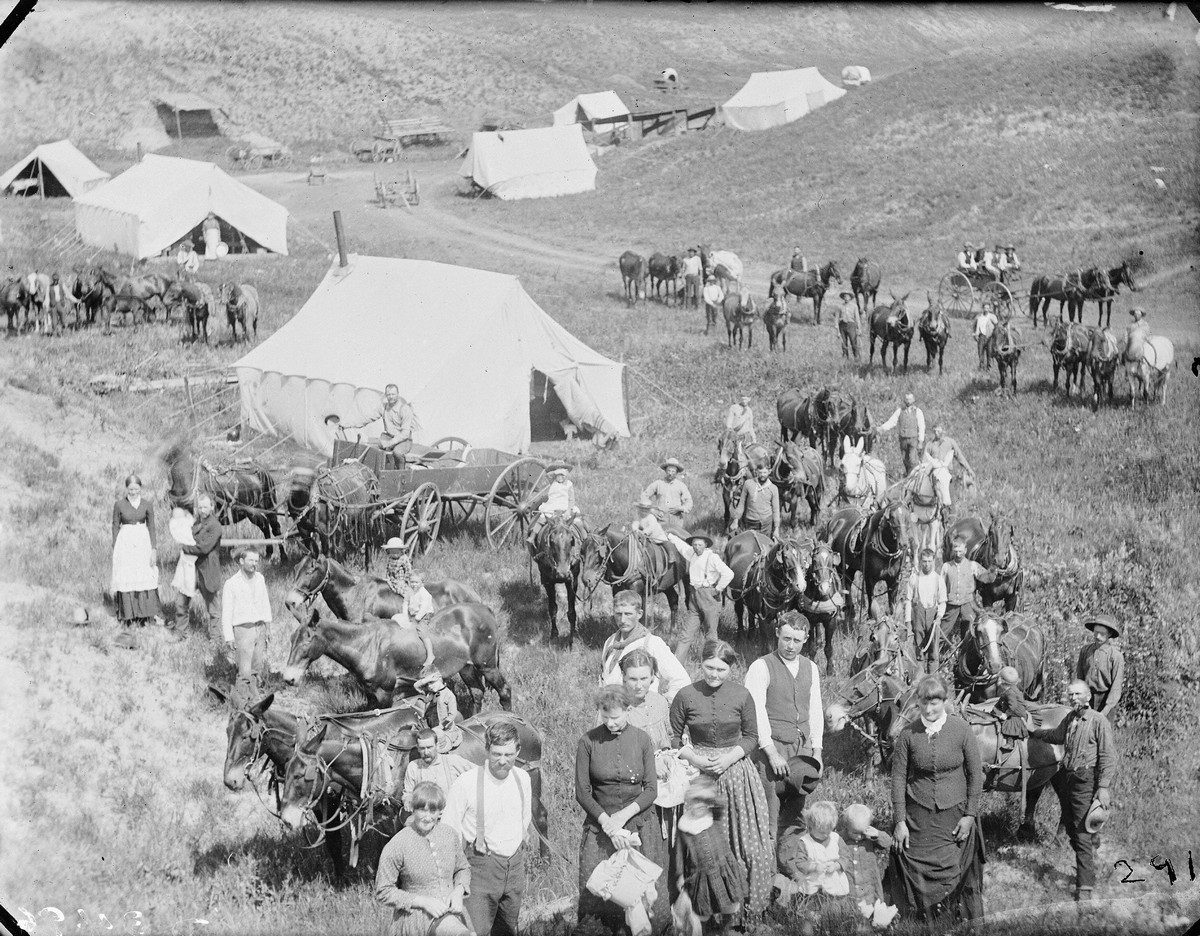
Railroad workers near Sargent, Nebraska, 1889
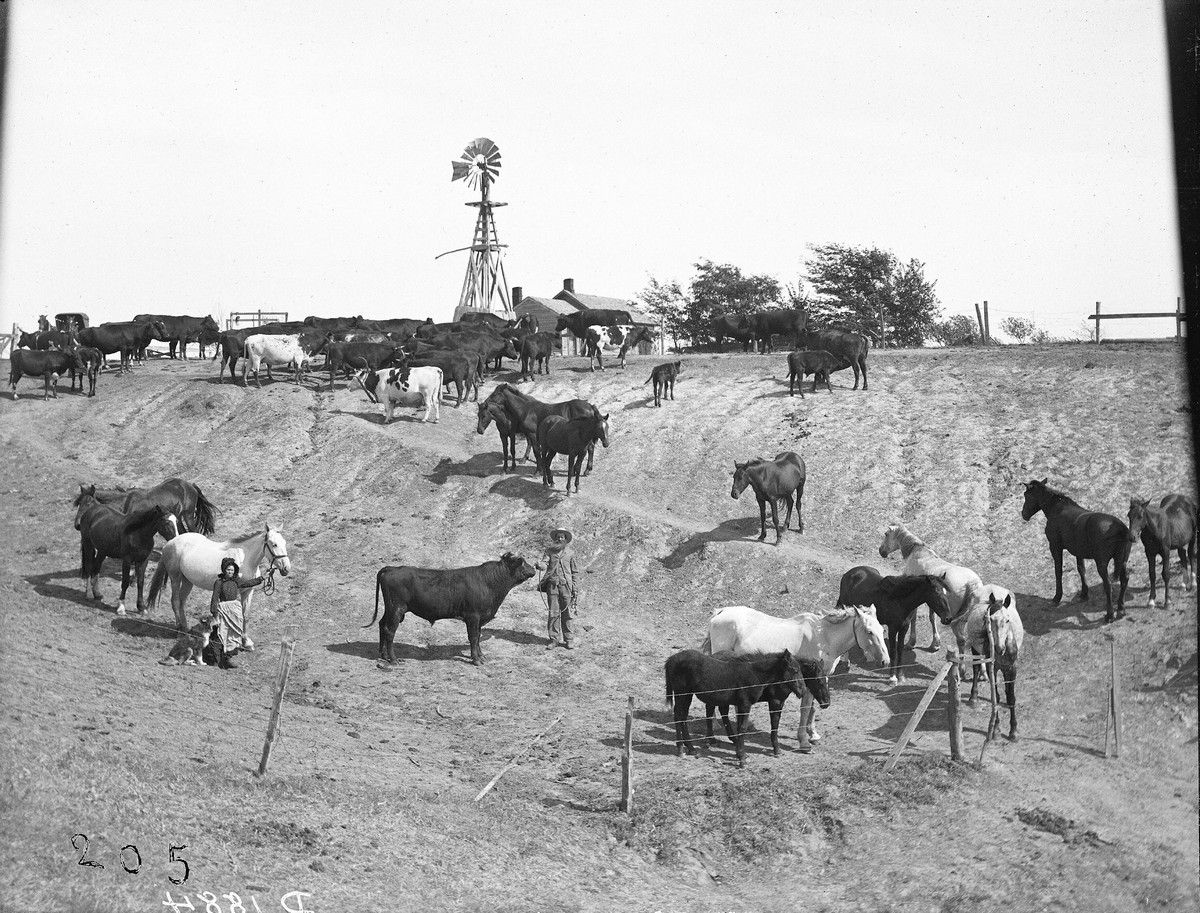
R. Elwood Ranch, near Carney, Nebraska, 1903
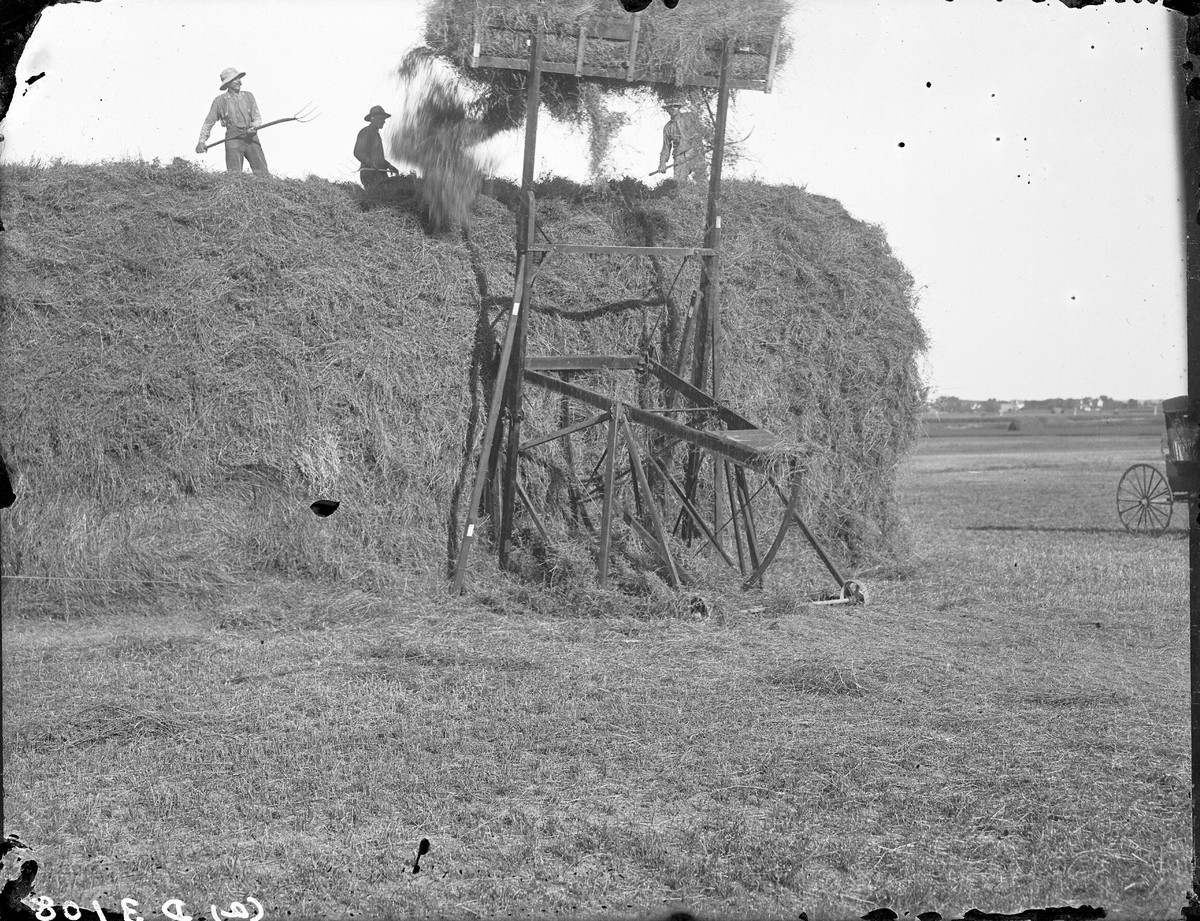
Hay laying in Buffalo County, Nebraska, 1903.
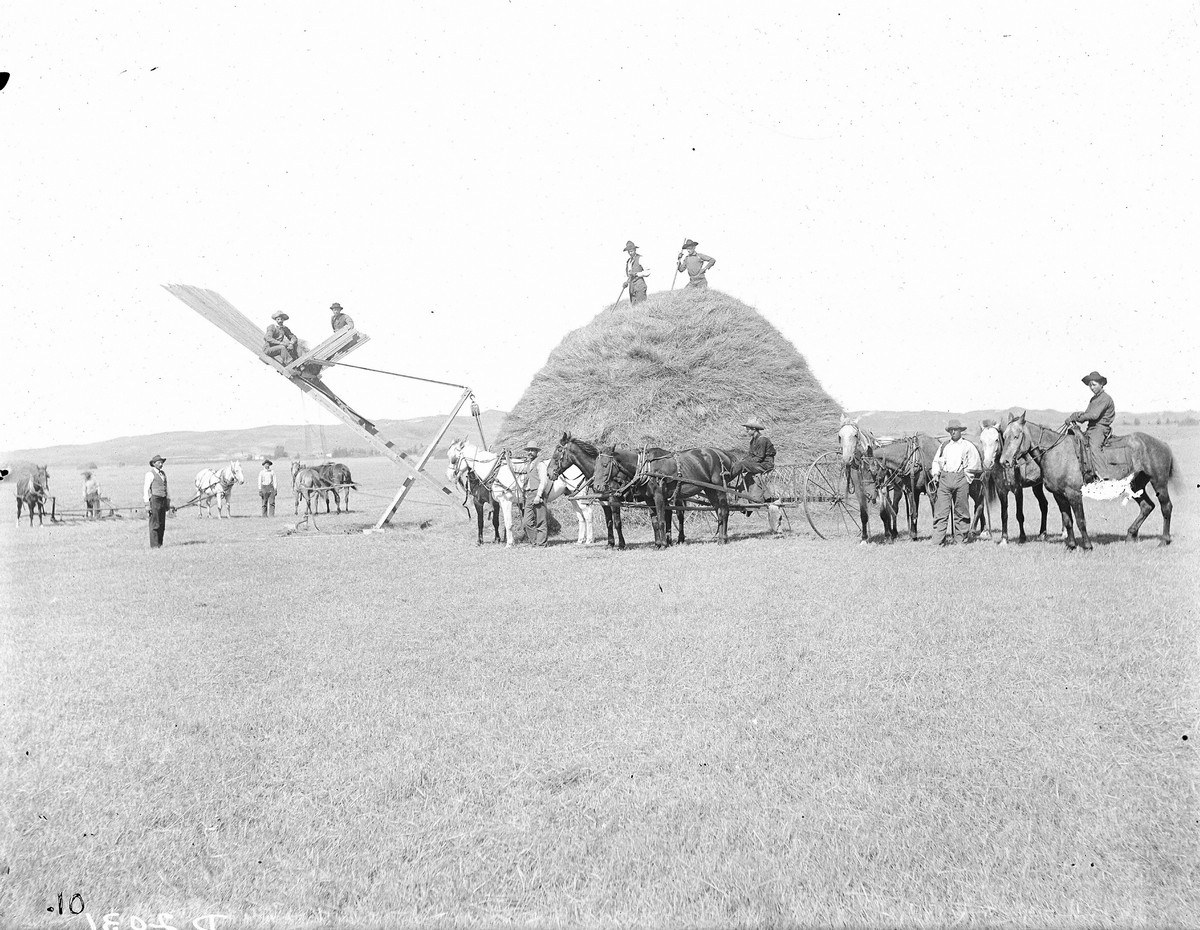
Hay-laying in Buffalo County, Nebraska, 1903
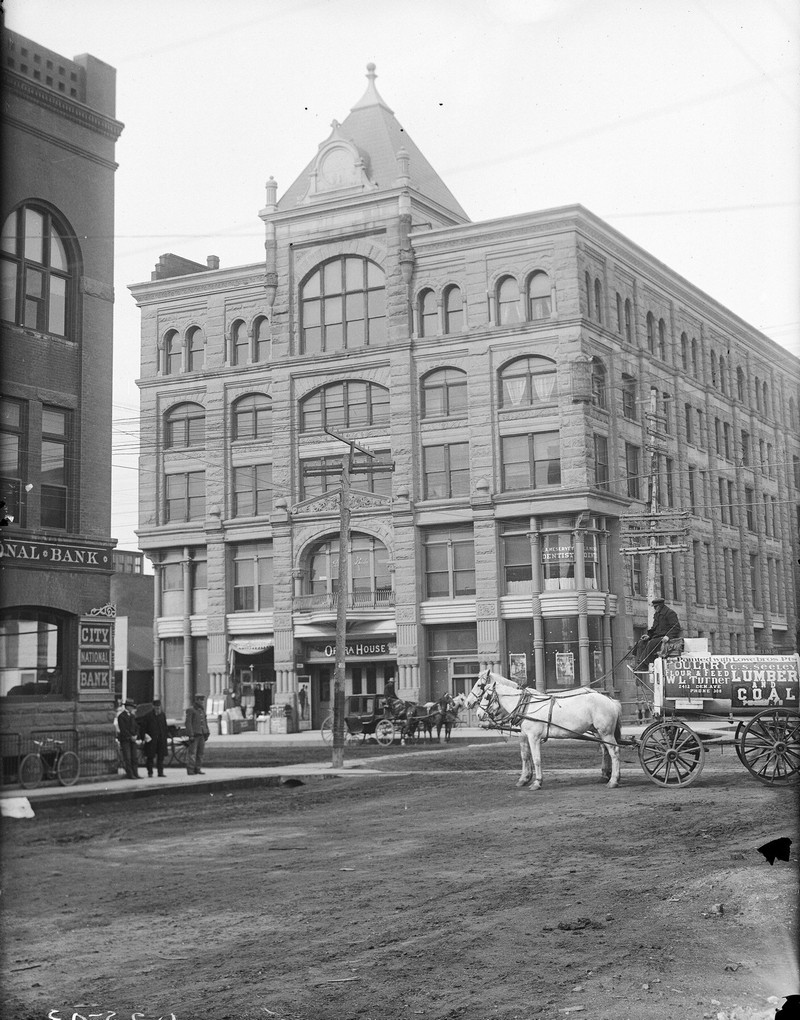
Kearney Opera House, Nebraska, 1910.
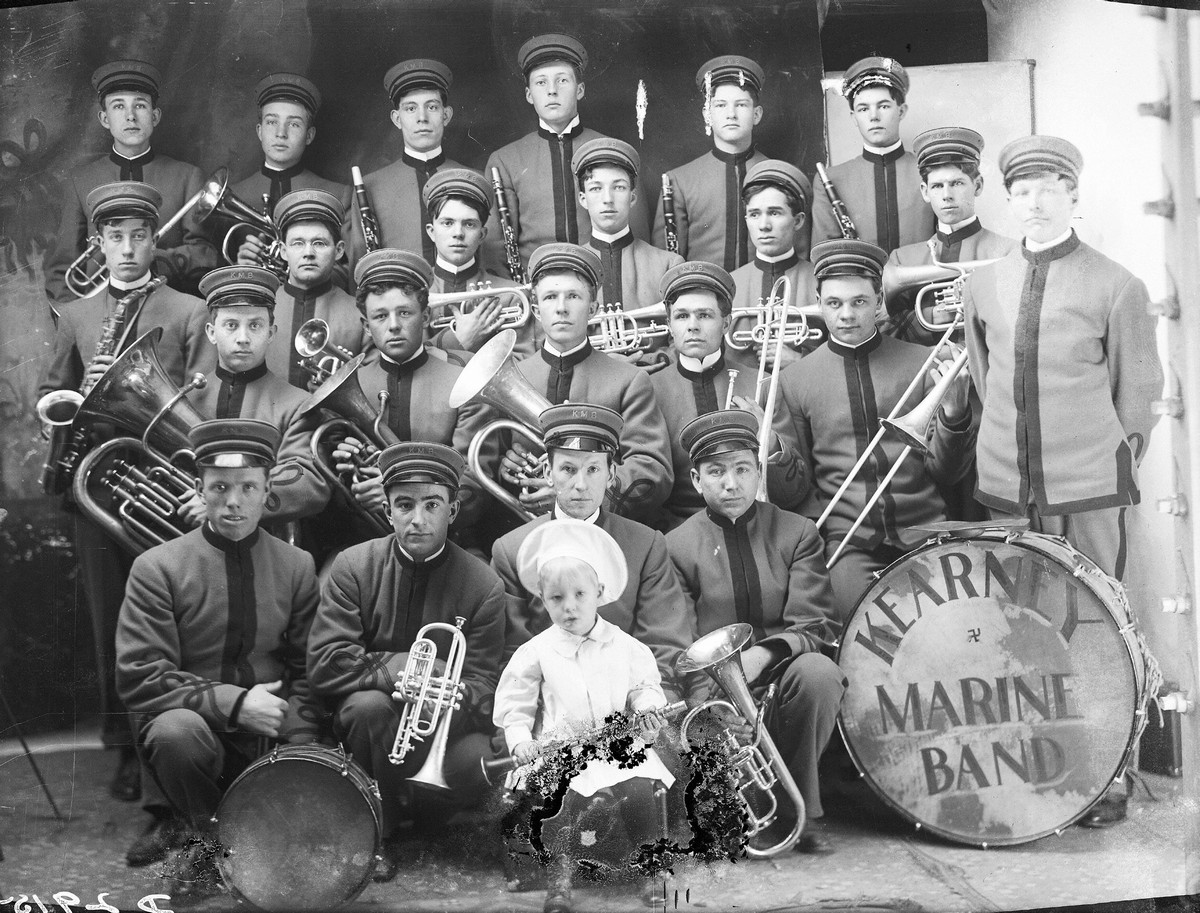
Marine Band, Kearney, Nebraska, 1908.
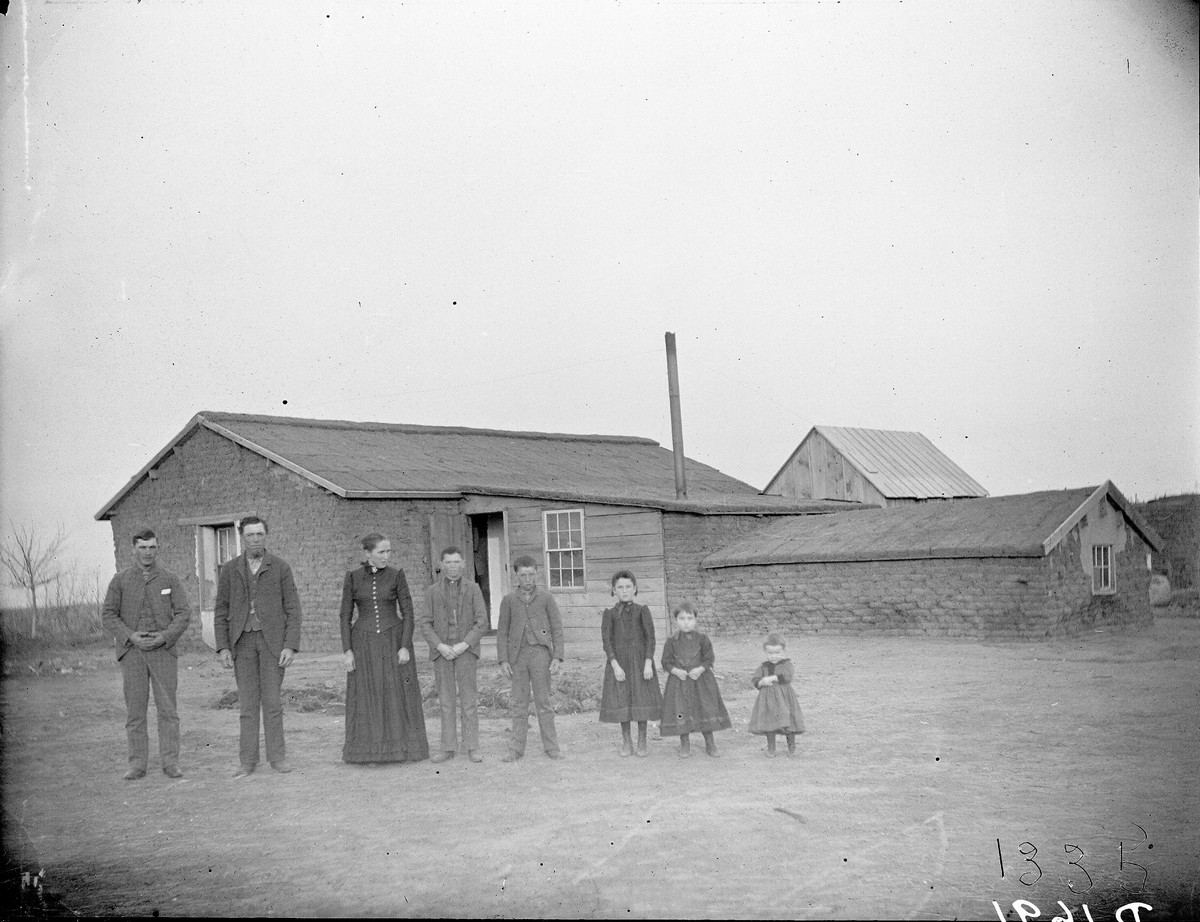
People of Southwest Custer County, Nebraska, 1892.
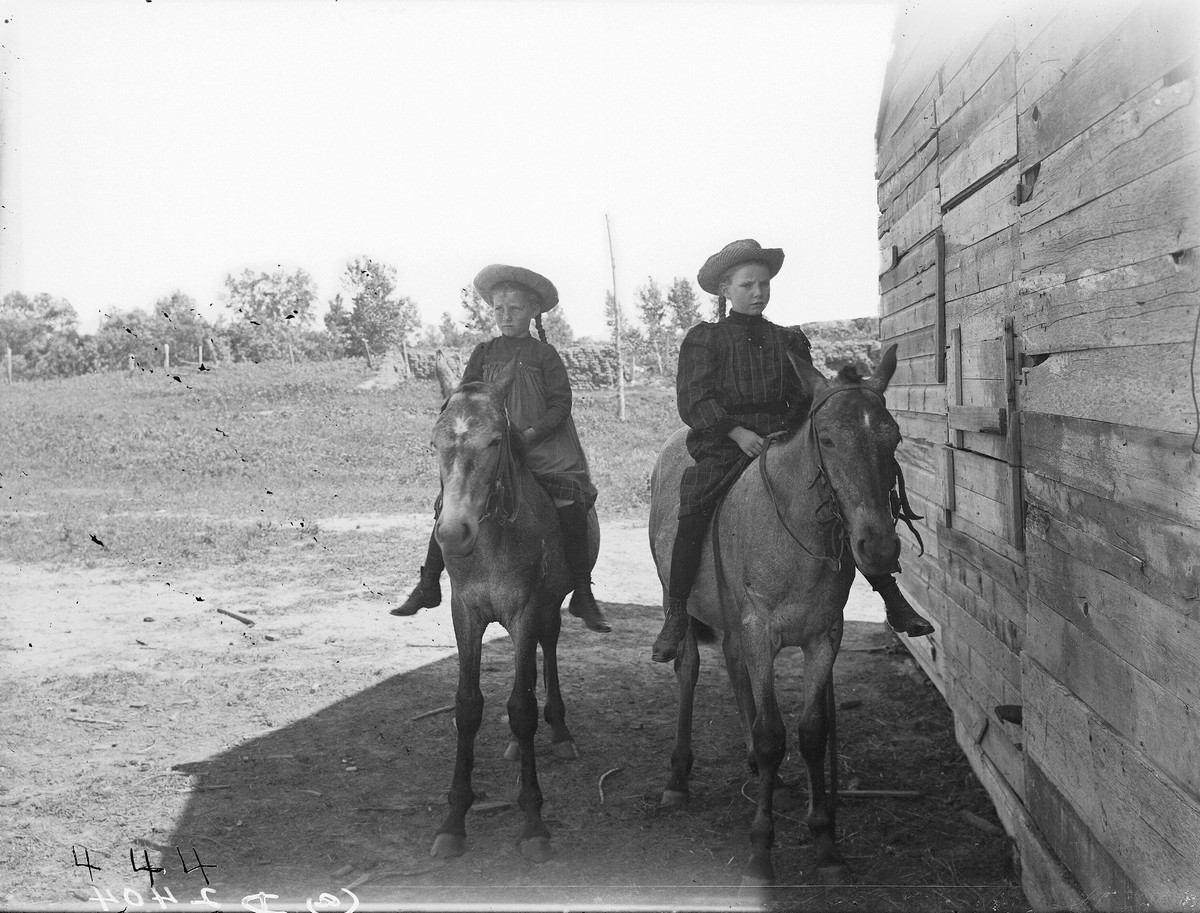
Girls with pigtails, the 1900s.
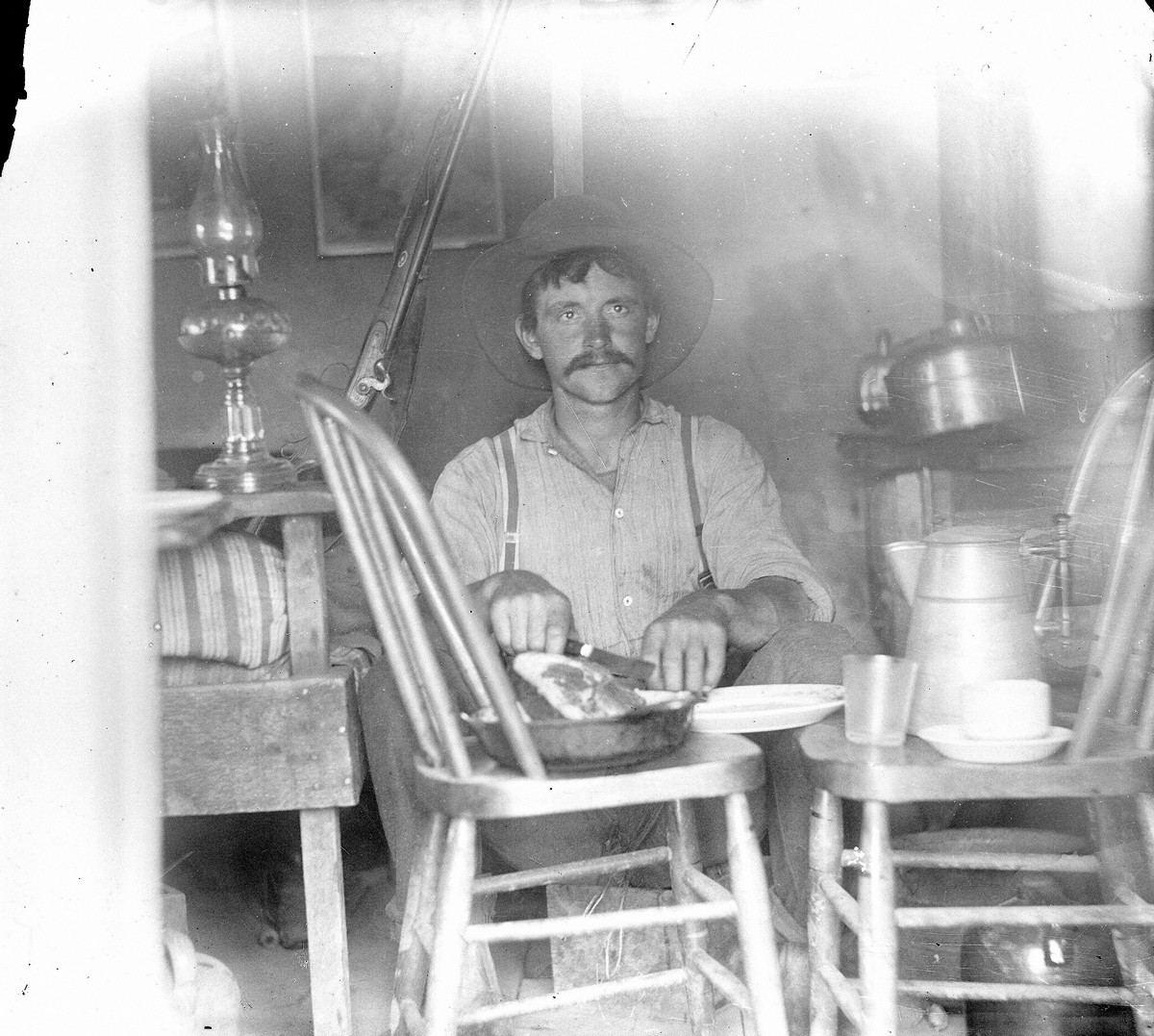
Farmer cooking his dinner, 1886
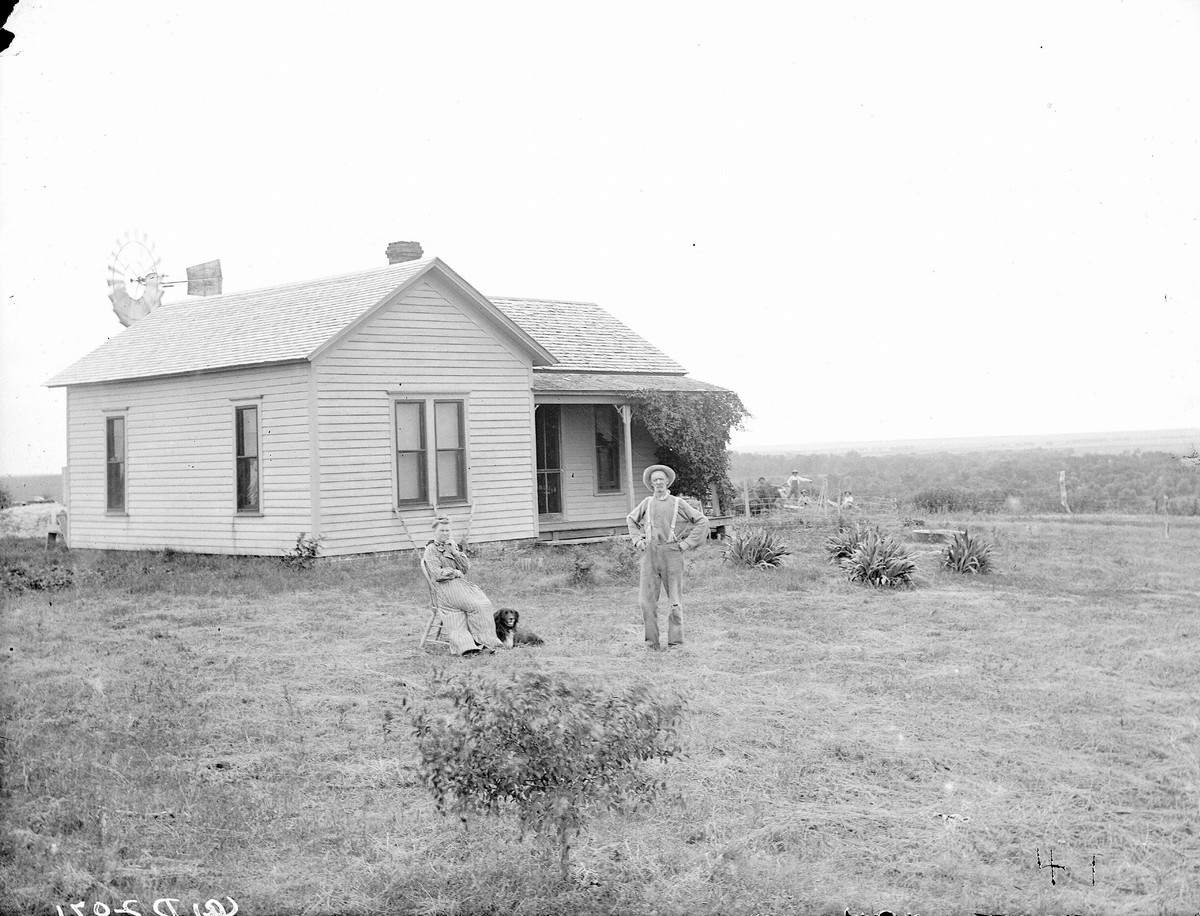
Family, believed to be Caster County, Nebraska.
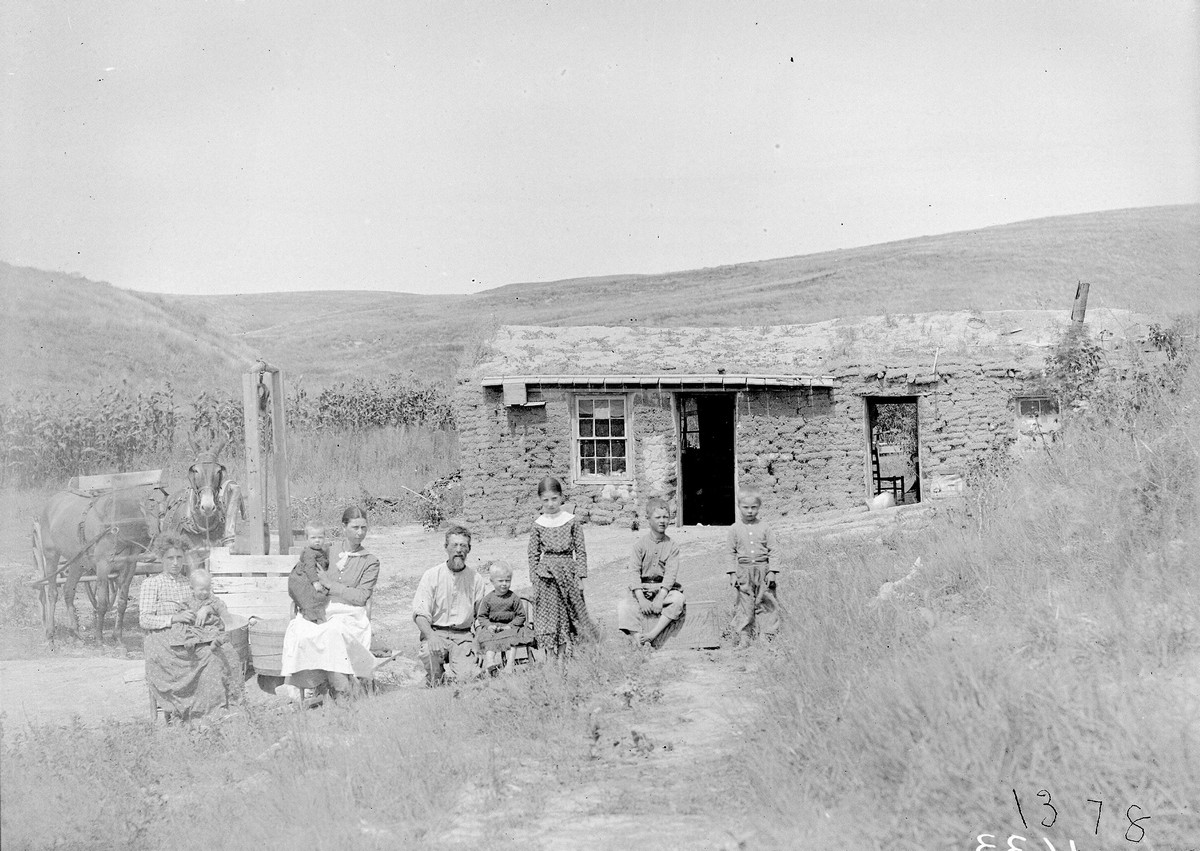
Custer County, Nebraska, 1892
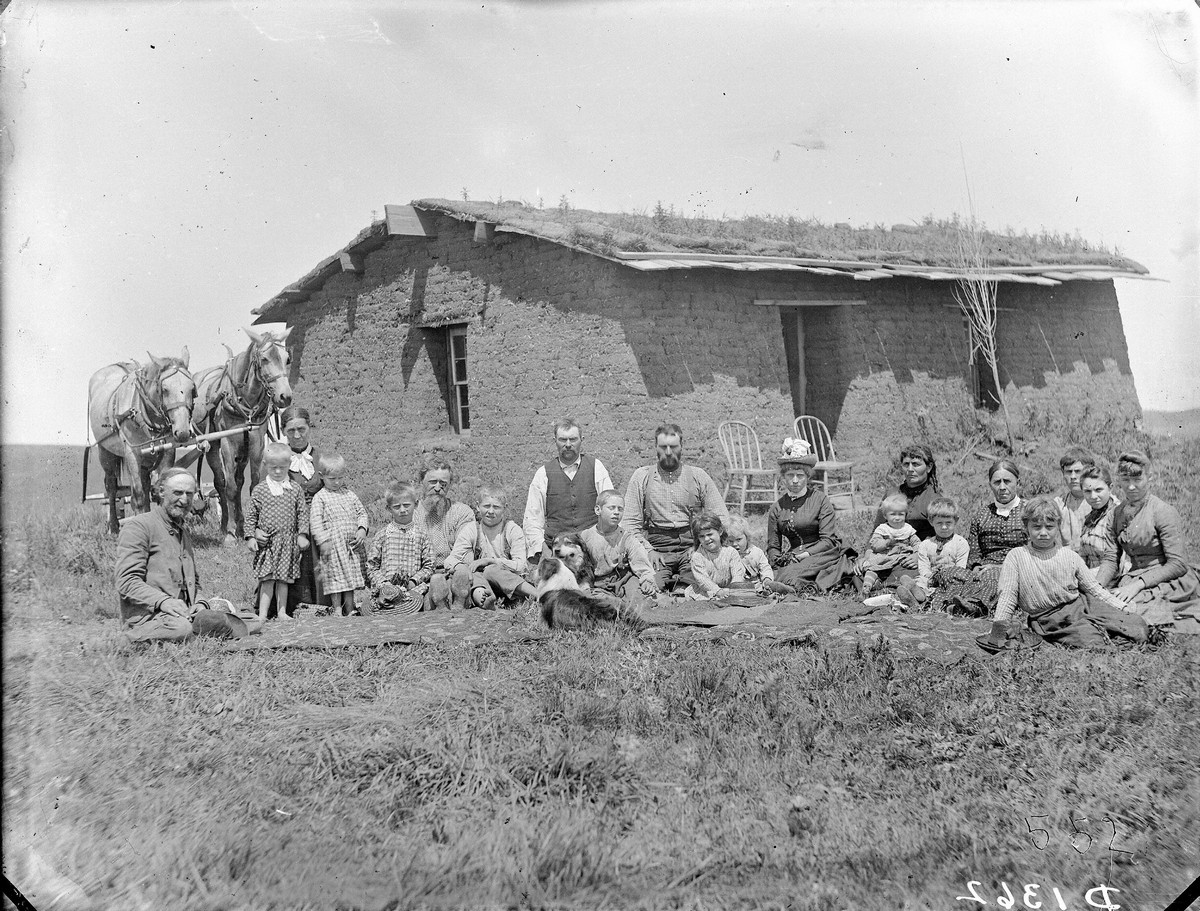
Custer County, near Ansley, Nebraska, 1888.
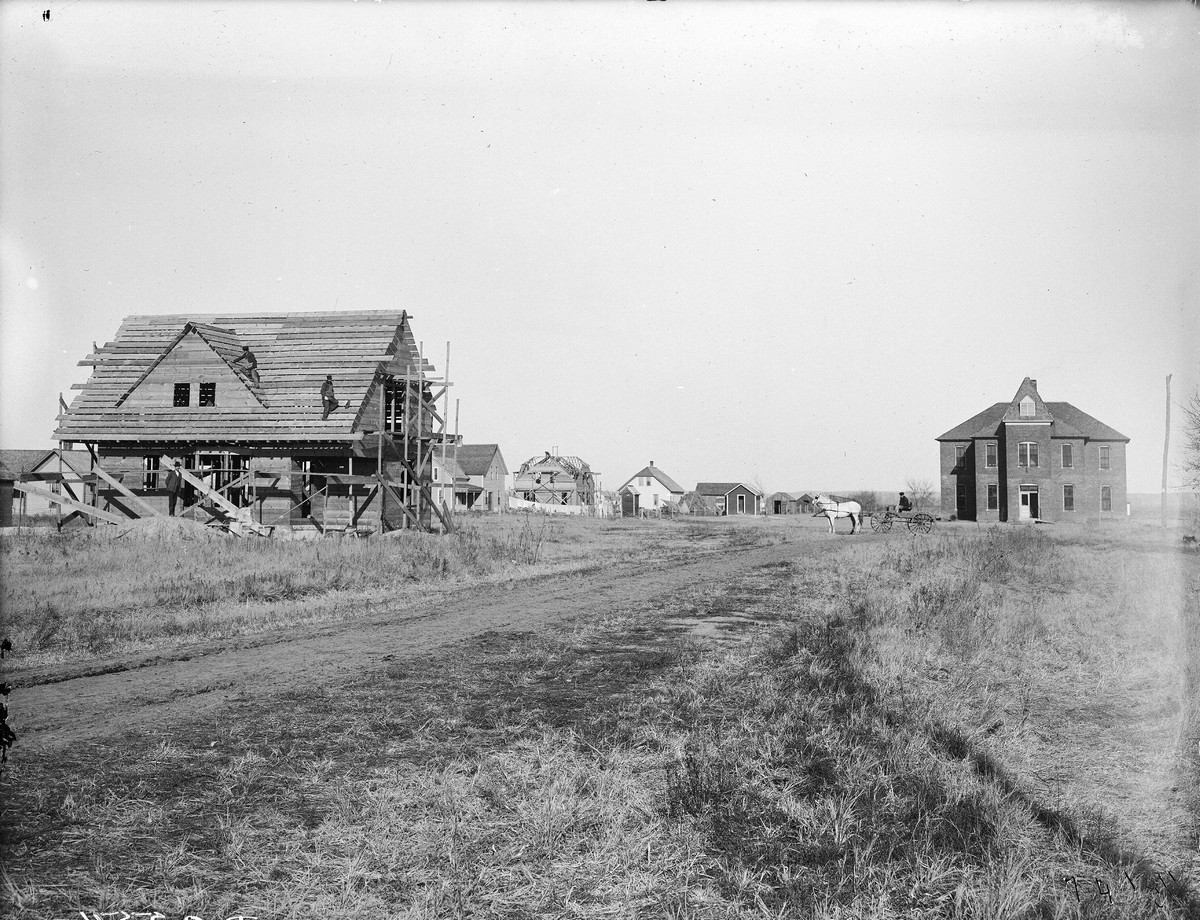
Construction of a two-story home, Overton, Nebraska, 1904.
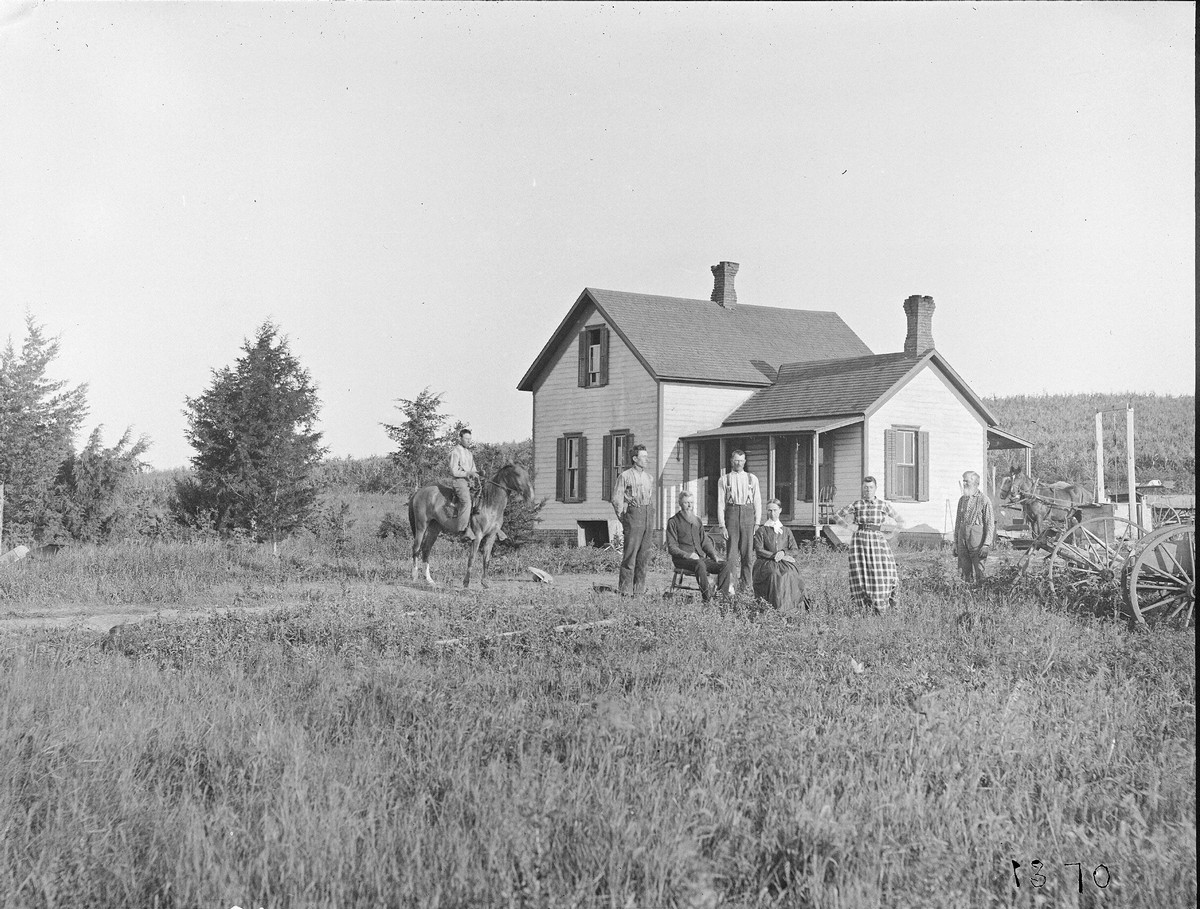
Citizens of Southwest Custer County, Nebraska, 1892.
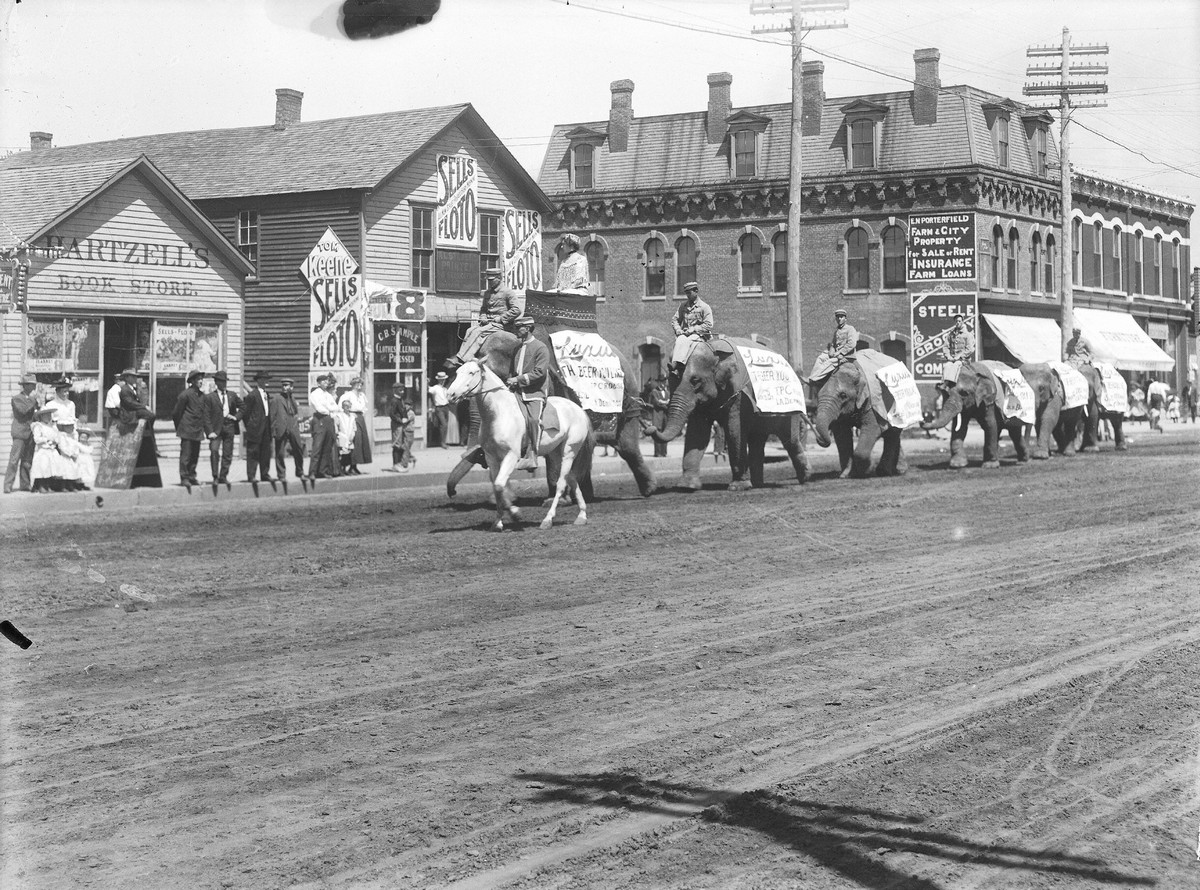
Circus Procession, Kearney, Nebraska, 1908.
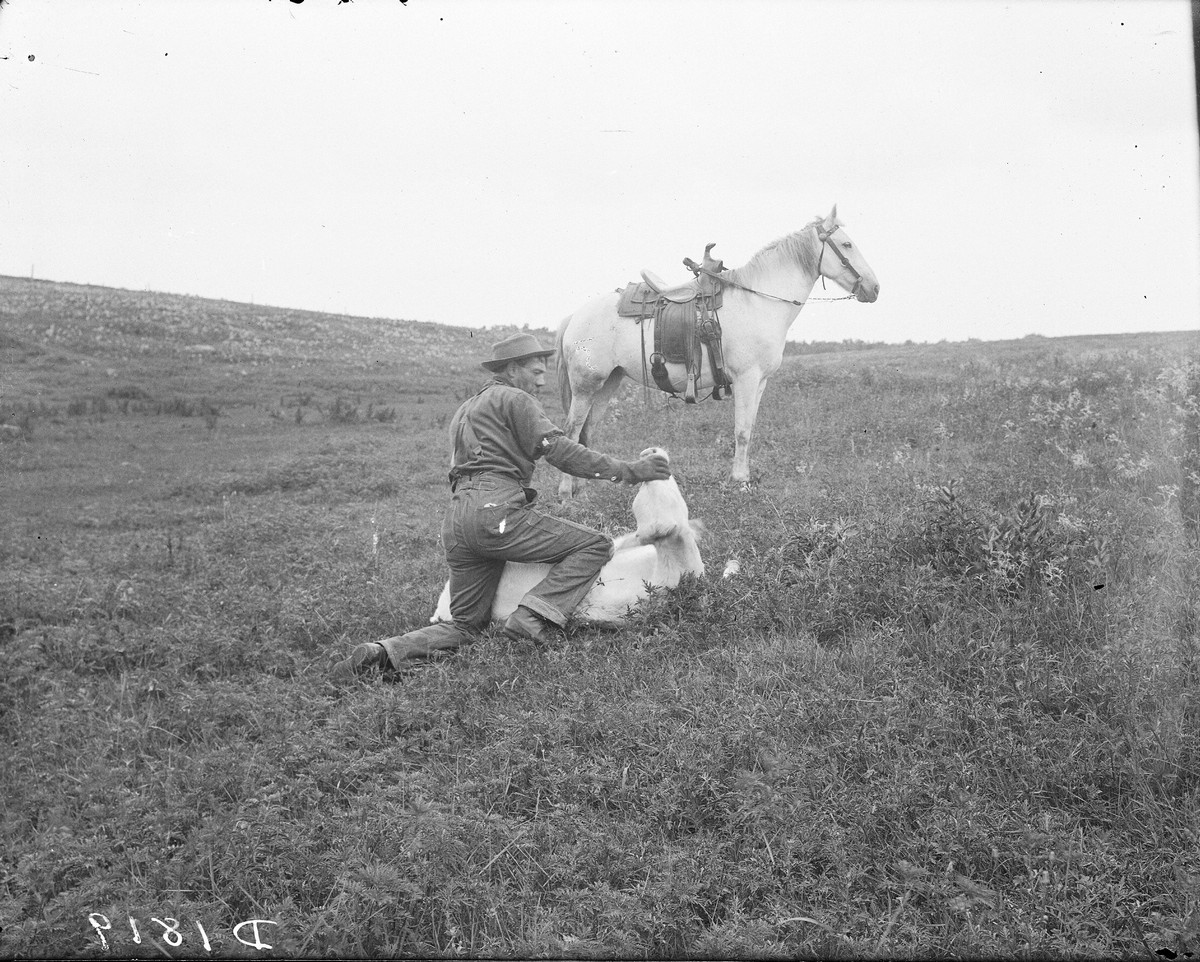
Branding of livestock, 1887
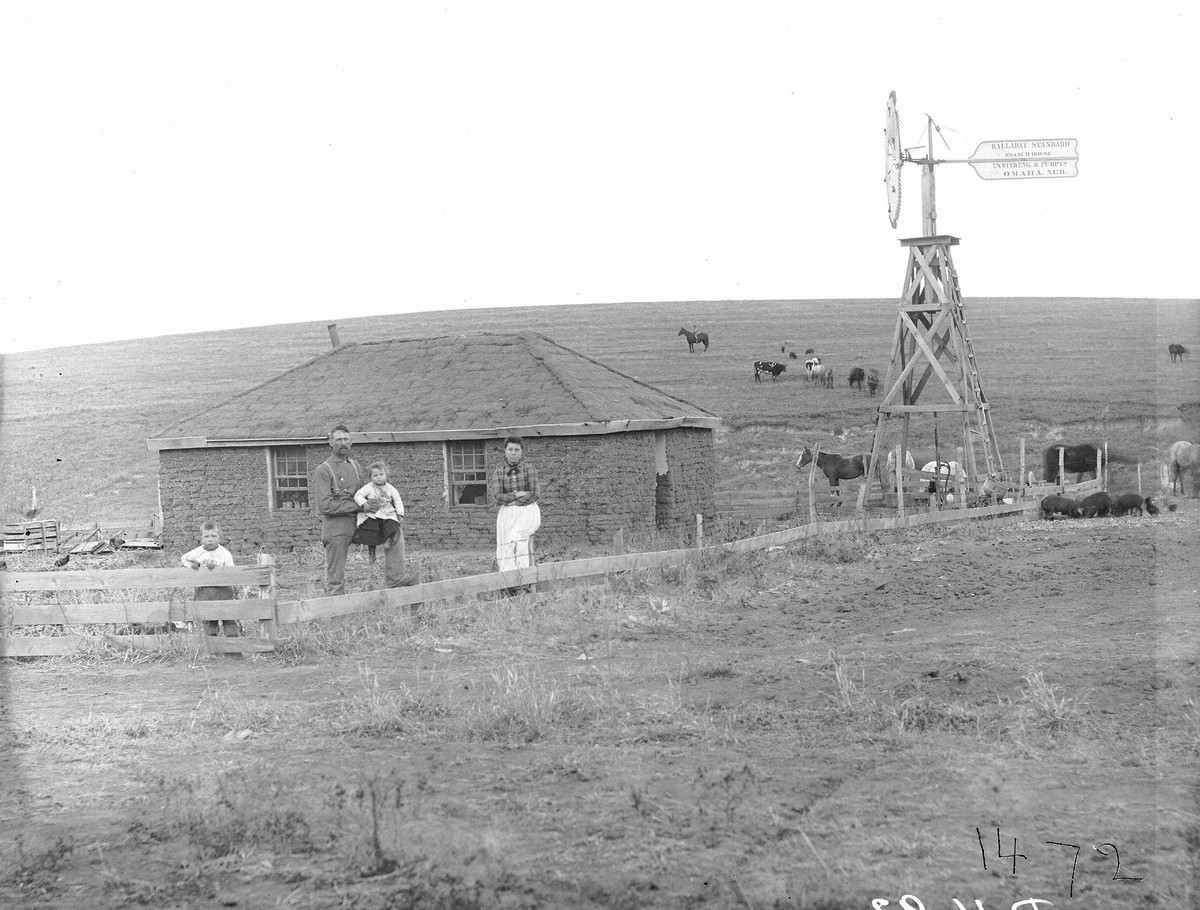
Another family from Southwest Custer County, Nebraska, 1892.
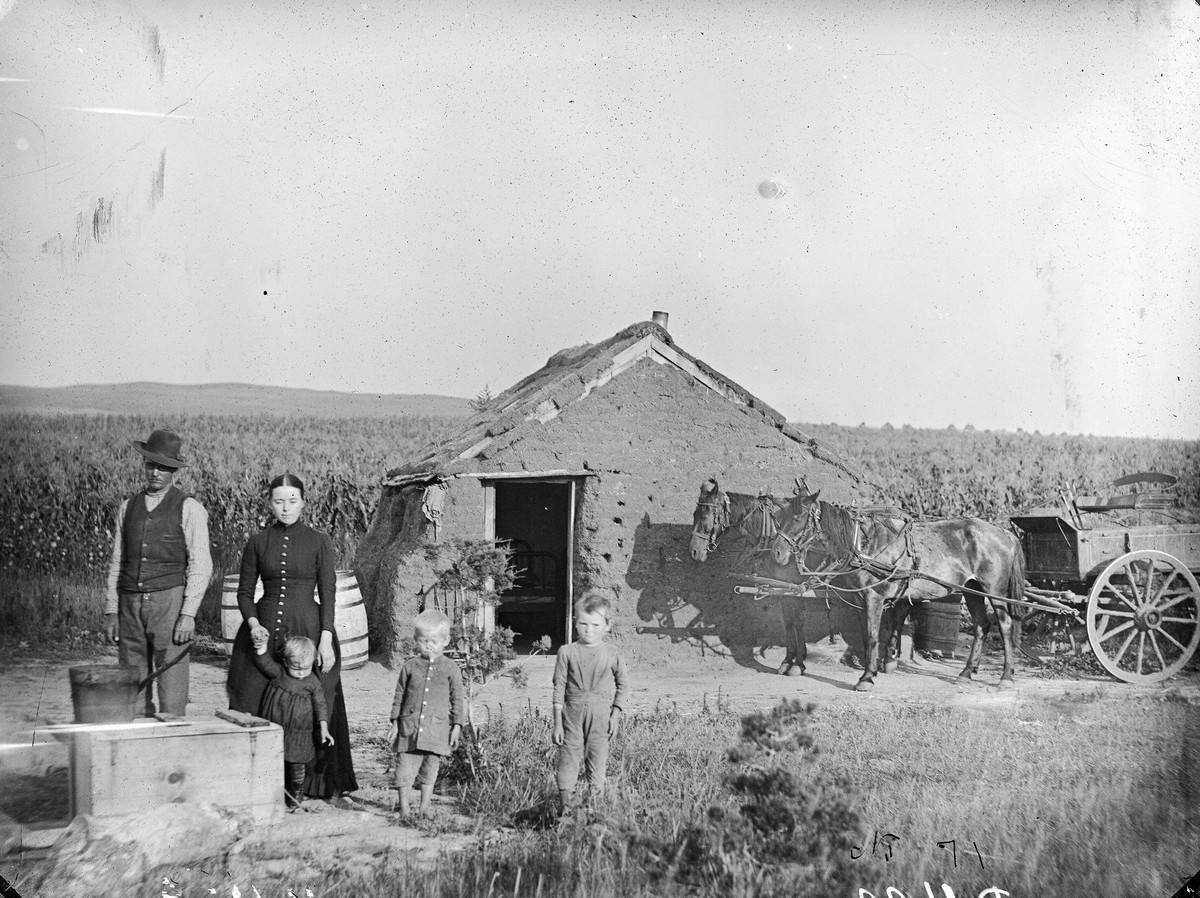
American settlers’ lifestyle through the lens of Solomon Butcher
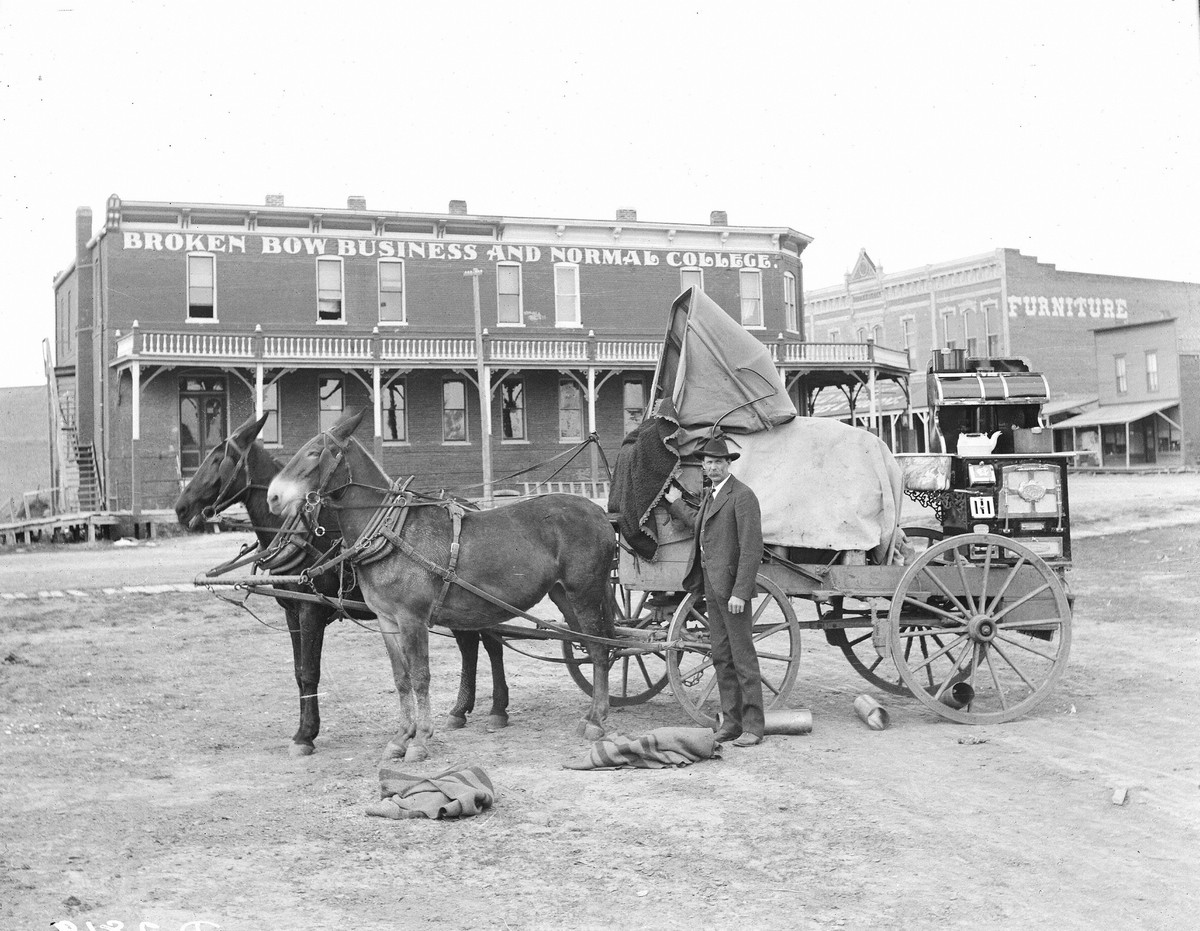
A cart with household utensils at Broken Bowe, 1890.
Сообщение American settlers’ lifestyle through the lens of Solomon Butcher появились сначала на Old Pictures.
]]>Сообщение Kaiser Wilhelm II and Tsar Nicholas II, 1905 появились сначала на Old Pictures.
]]>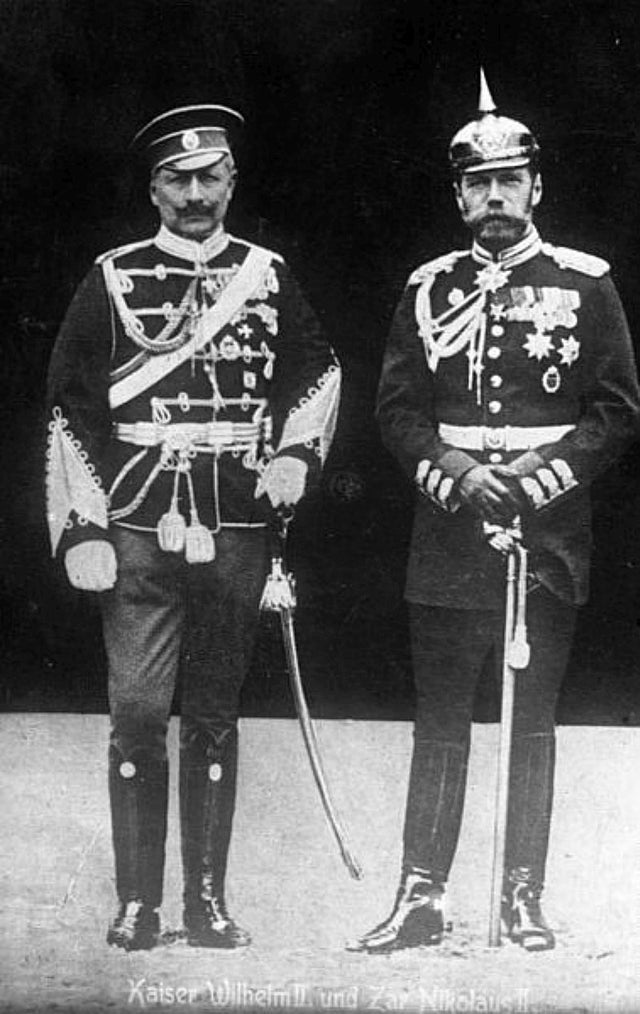 In this photo German and Russian Emporors, Kaiser Wilhelm II and Tsar Nicholas II, wearing each others’ uniform. They met on the russian ship Polar Star in summer of 1905, trying to sign a new treaty. We were missing Nicholas II in this picture of Nine European kings.
In this photo German and Russian Emporors, Kaiser Wilhelm II and Tsar Nicholas II, wearing each others’ uniform. They met on the russian ship Polar Star in summer of 1905, trying to sign a new treaty. We were missing Nicholas II in this picture of Nine European kings.
Kaiser Wilhelm II initiated that negotiations trying to create a bloc of states against England. Relations between Russia and England at that time were hostile. Here’s why Nicholas II accepted this proposal of the German Emperor.
Emperors also had plans to induce France to join the alliance.
Russian ruler signed the agreement with Wilhelm II on the island of Bjorke, without notifying the Minister of Foreign Affairs Lamsdorf.
This treaty contradicted Russia’s obligations within the Franco-Russian alliance. And Lamzdorf managed to convince the tsar to send William II a soft refusal, citing formal obligations towards France. The treaty was actually annulled by a letter from Nicholas II to Wilhelm II of November 13, 1905.
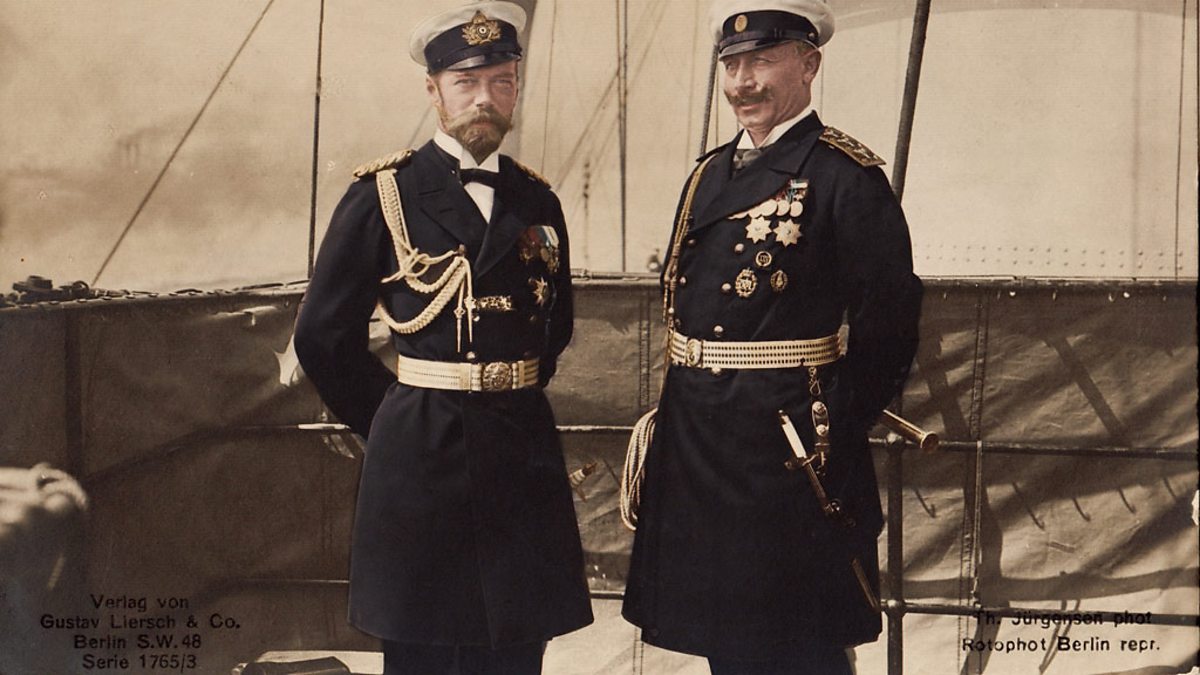
Сообщение Kaiser Wilhelm II and Tsar Nicholas II, 1905 появились сначала на Old Pictures.
]]>Сообщение 10 most expensive photographs in history появились сначала на Old Pictures.
]]>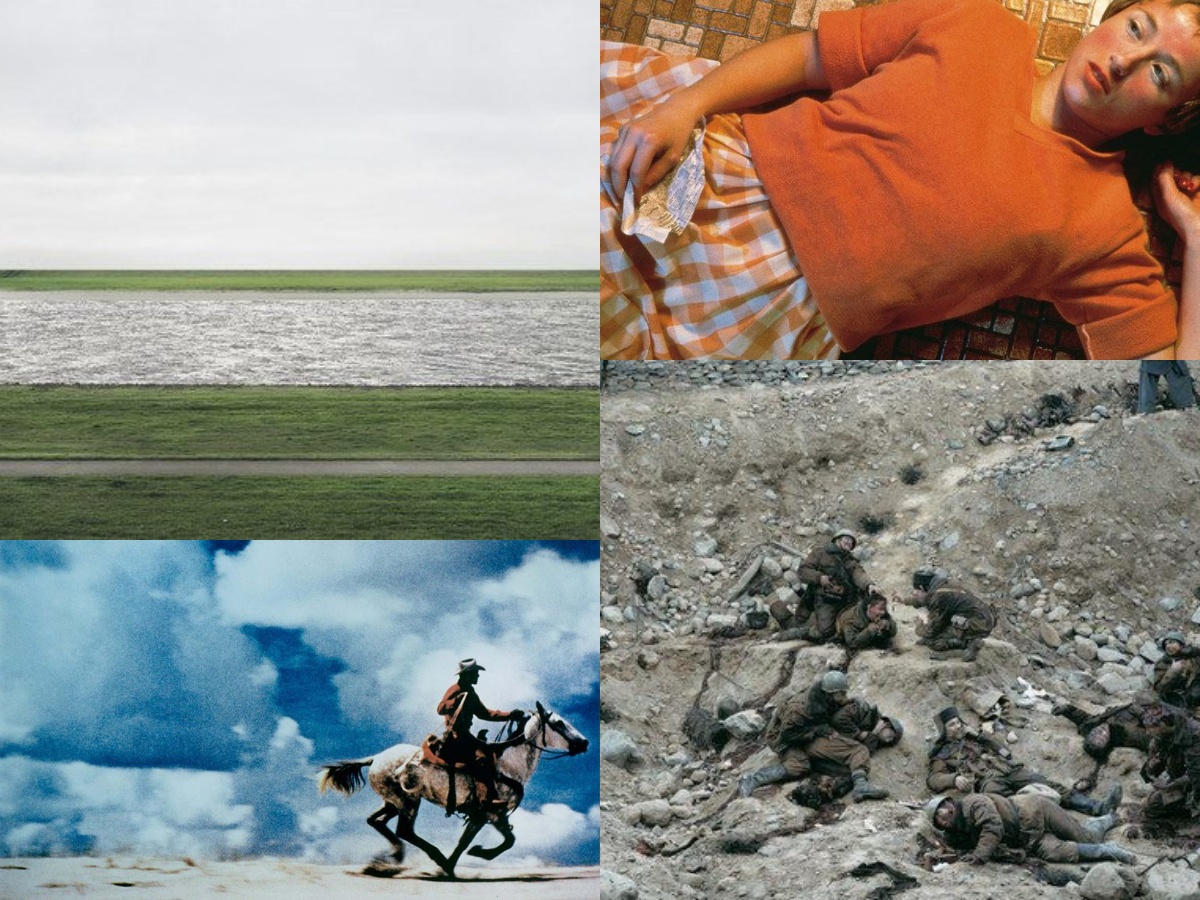 The most expensive photographs list is very different from The most important pictures, or even from Pulitzer Prize photos. Almost all of these images are excellent samples of world-class photography. But there’s no obvious reason for paying this much for some of them. Not all of these most expensive photographs are exactly old. And we at Oldpics are strictly avoiding pictures that younger than 1995. Well, it’s a shame, but sometimes we are forced to publish some fresh images from 2011 when they come in a mix list with pictures from 1880. Sorry for this.
The most expensive photographs list is very different from The most important pictures, or even from Pulitzer Prize photos. Almost all of these images are excellent samples of world-class photography. But there’s no obvious reason for paying this much for some of them. Not all of these most expensive photographs are exactly old. And we at Oldpics are strictly avoiding pictures that younger than 1995. Well, it’s a shame, but sometimes we are forced to publish some fresh images from 2011 when they come in a mix list with pictures from 1880. Sorry for this.
Read more: 50 amazing and bizarre photos
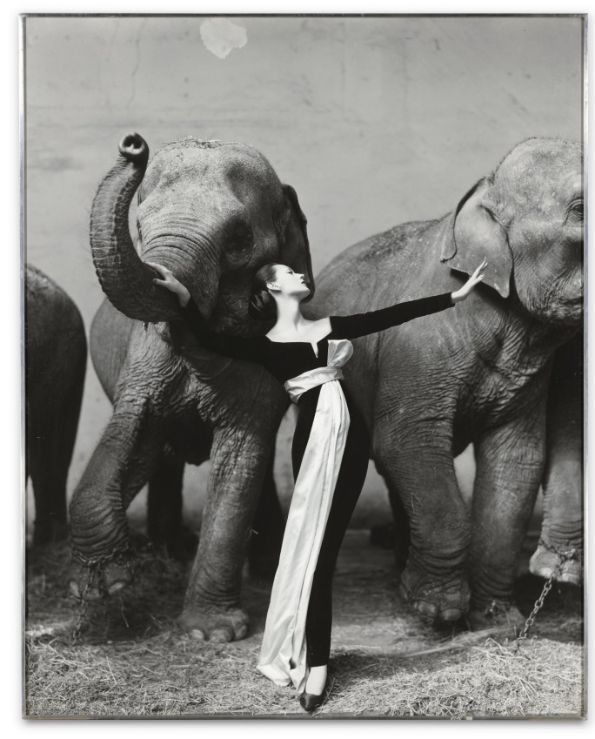 “Dovima and elephants.”
“Dovima and elephants.”
Photographer: Richard Avedon
Year: 1955
Sold for $1,151,976
What’s Going On in This Picture: The famous American photographer Richard Avedon masterfully cooperated with the best models. Actually, anyone could be his model. Avedon had some excellent pictures of the miners, politicians, and movie stars. And this photo is an example of the highest level of aesthetics that Avedon managed to achieve in fashion photography.
The top model of the 1950s Dovima poses for the photographer in a Christian Dior dress, surrounded by select, stylish, young elephants. The shoot was in Paris, of course. Well, if there’s a place for a fashion photo among the most expensive photographs, then it should be Richard Avedon. This photo is among others in the Top 100 most important pictures in history.
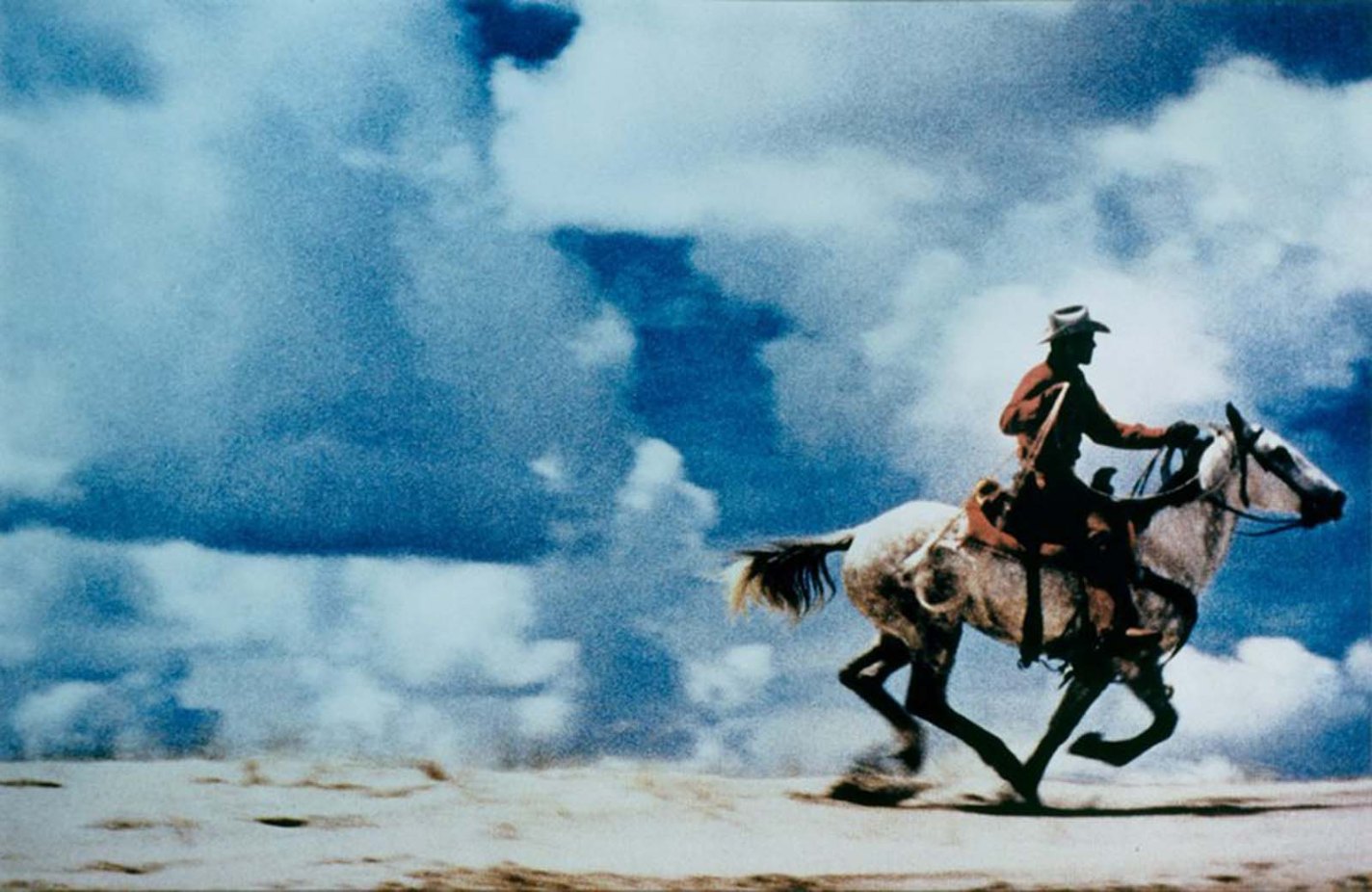
“Cowboy”
Photographer: Richard Prinze
Year: 1989
Sold for $ 1,248,000
What’s Going On in This Picture: Well, it’s an interesting one! The fact is that “Cowboy,” strictly speaking, is not an author’s photograph. American artist Richard Prince only photographed a fragment of an old Marlboro advertisement from a magazine. But, as you can see, there was a buyer for such a sample of contemporary art. Well, it was a generous buyer. This shot also hit the Top 100 most important pictures in history for its pop culture value.
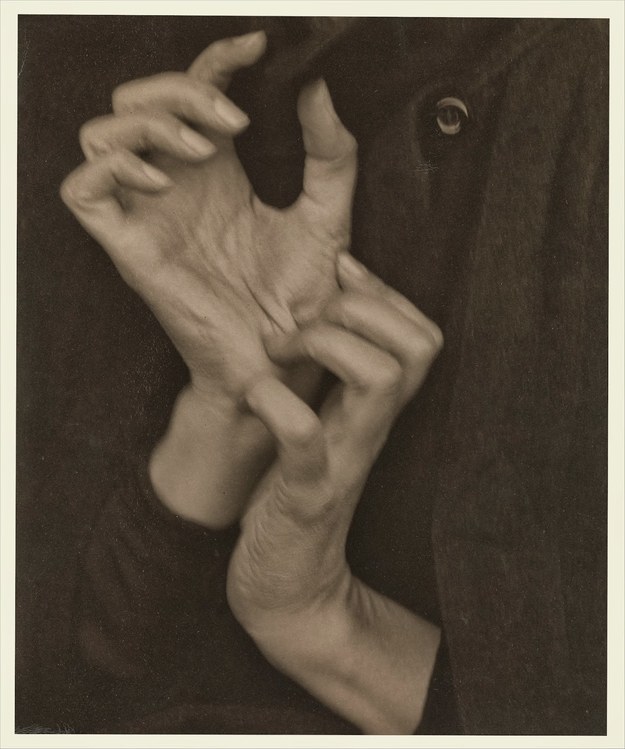 “Hands”
“Hands”
Photographer: Alfred Stiglitz
Year: 1919
Sold for $ 1,470,000
What’s Going On in This Picture: The love affair between photographer Alfred Stiglitz and artist Georgia O’Keeffe became one of the most fruitful and picturesque alliances of the 20th century. Stiglitz regularly photographed his muse, O’Keeffe. In many cases, she was nude. But the frame that immortalized the artist’s sensual hands was monetized at the top level. For those interested, here’s our publication about their love story and the best photos by maestro Stiglitz.
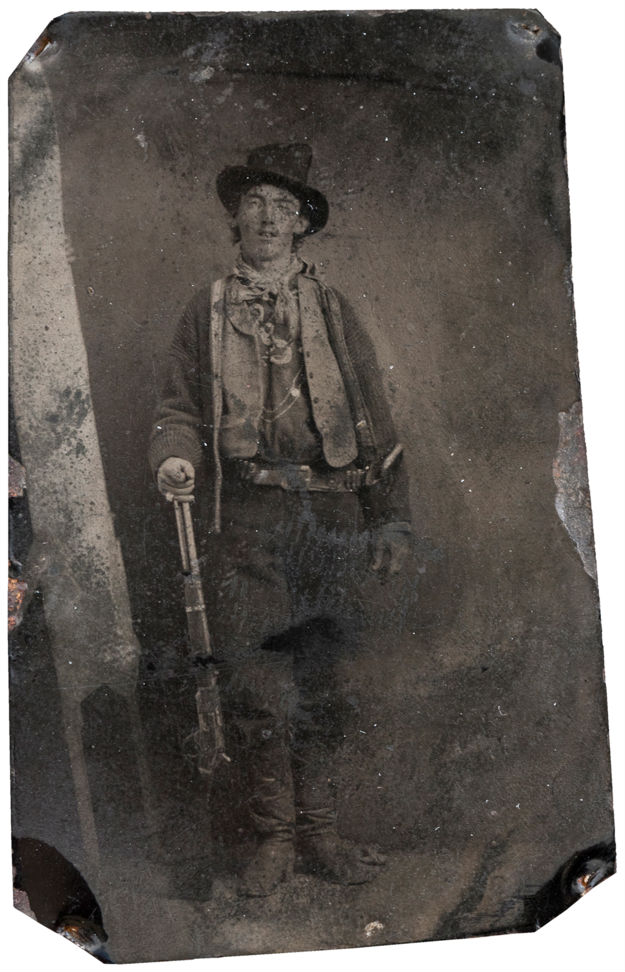 Billy, the Kid
Billy, the Kid
Photographer: unknown
Year: 1879 or 1880
Sold for $ 2,300,000
What’s Going On in This Picture: American criminal Billy the Kid committed his first crime at 18. His life was bright and short, as the sheriff shot him at the age of 21. During this short time, Billy managed to make a career as a cult criminal. His dead shot record had more than twenty souls, and he was a symbol of the Wild West. This photo is the oldest one among the most expensive photographs.
This picture was believed to be the only image of Billy the Kid. Recently researches found a second picture in which Billy and his gang members play croquet.
“Untitled. # 153 “
Photographer: Cindy Sherman
Year: 1985
Sold for $ 2,700,000
What’s Going On in This Picture: One of the most famous artists globally, Cindy Sherman, always preferred staged photography. Her photos turn American pop culture inside out, making it unsettling and frightening. Cindy prefers “Untitled” to all names, giving such a basic character with only a serial number.
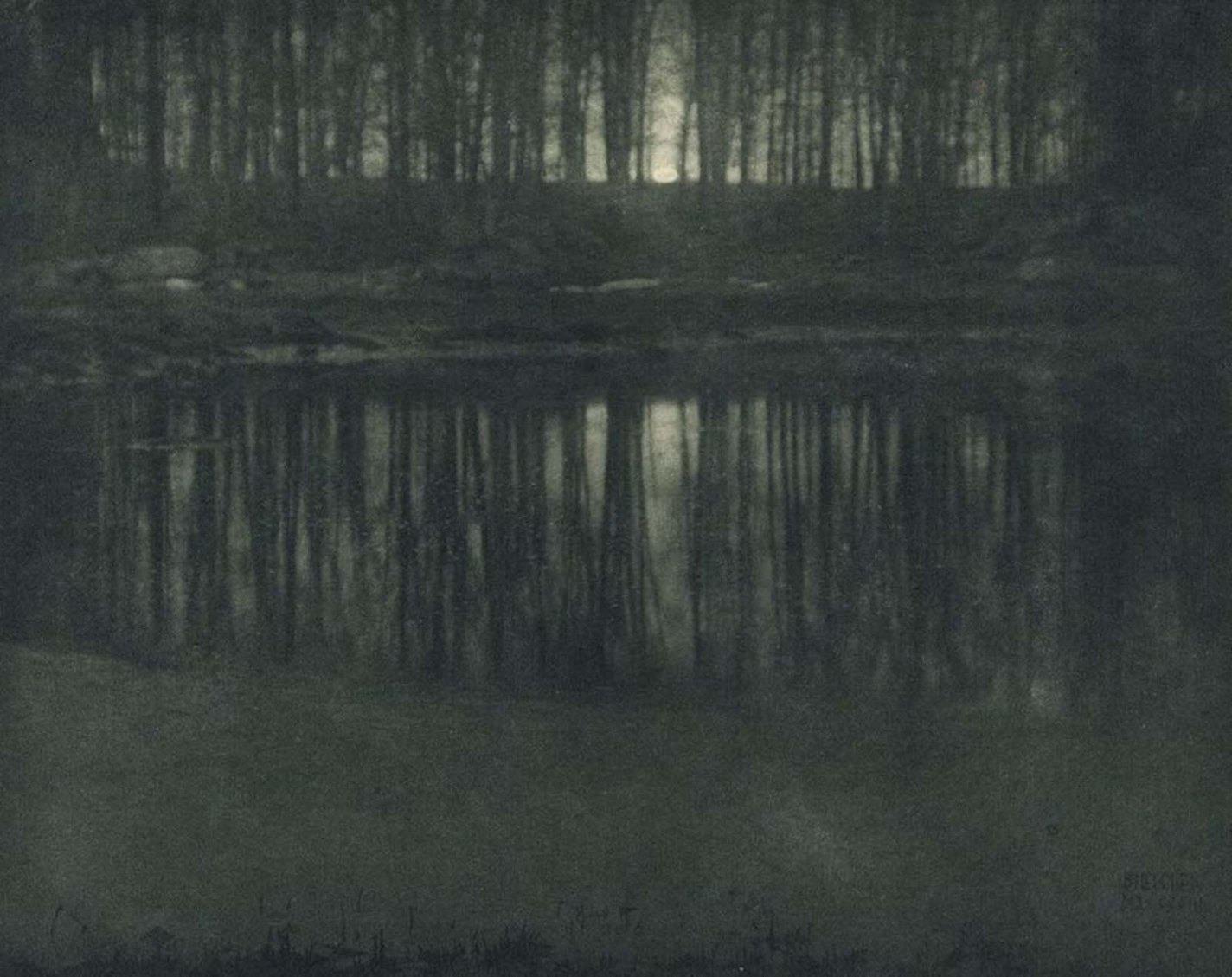 “Pond. Moonlight”
“Pond. Moonlight”
Photographer: Edward Steichen
Year: 1904
Sold for $ 2,928,000
What’s Going On in This Picture: Here is a story of the impressionist artist who decided to retrain as a photographer. In general, Edward Steichen’s professional career was impressive. The photographer taught the basics of aerial photography to soldiers during WWI. He created several portraits of movie stars in the 1920s, and those images’ technique still helps to teach photo students nowadays. But on our list was Steichen’s landscape.
It’s one of the first autochrome technique experiments in photo history. “Pond. Moonlight” is also a fine sample of pictorial photography, and it hit the Top 100 most important images in history.
You make like this collection of Leonard Misonne, founder of pictorial photography.
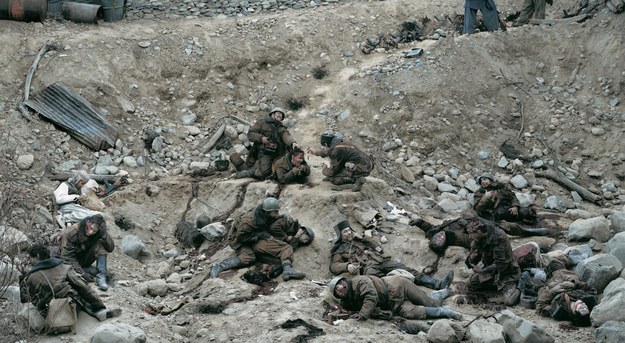
“Conversation of the Fallen Soldiers”
Photographer: Jeff Wall
Year: 1992
Sold for $ 3,665,500
What’s Going On in This Picture: Jeff Wall always specialized in creating staged photographs that look like Pulitzer News shots. He took this photo far away from the real trenches. Real events inspired Jeff Wall in Afghanistan, and here’s a story. Soviet soldiers were killed by the explosion but resurrected and looking around their mutilated bodies. By the way, this photo Russians didn’t allow this photo to participate in the exhibition as it was politically unreliable.
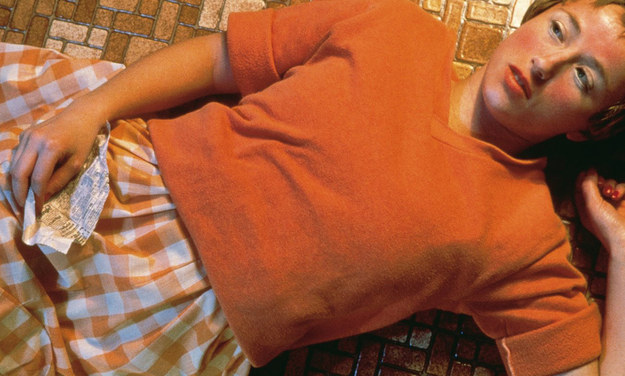 “Untitled. # 96 “
“Untitled. # 96 “
Photographer: Cindy Sherman
Year: 1981
Sold for $ 3,890,500
What’s Going On in This Picture: Oh, and here’s another work by Cindy Sherman! At number 96. Please note on the Untitled series occupies a place in the Top 100 list. Ironically, the most important image by Sherman is not among the most expensive photographs.
Here are some more amazing photographs by Cindy Sherman.
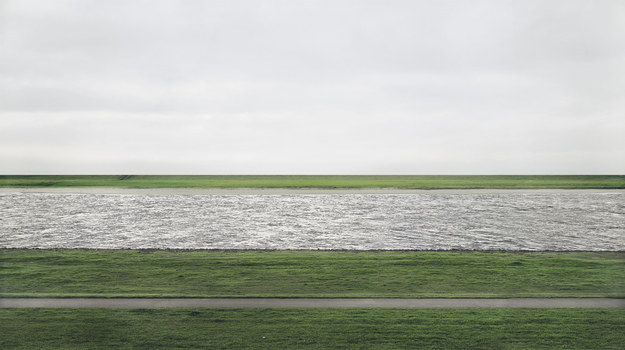
“Rhine II”
Photographer: Andreas Gursky
Year: 1999
Sold for $ 4,338,500
What’s Going On in This Picture: Here it is, the most expensive photo in the world! You may be surprised, amazed, and outraged. Now you will be surprised, amazed and indignant even more: photographer Andreas Gursky photoshopped this photo. He removed unnecessary elements that, in his opinion, ruined the harmonious appearance of the river.
He removed the port facilities and a power station in the background and a dog breeder with a dog in the foreground. “Paradoxically, I couldn’t capture this view of the Rhine, and refinement was necessary to provide an accurate image of the modern river,” Gursky explained in an interview. But he can’t convince us. We still think it would be more fun with a power plant and a dog!
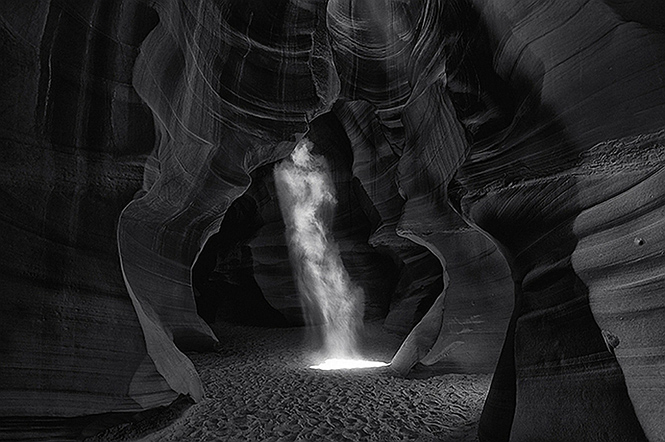 “Ghost”
“Ghost”
Photographer: Peter Lick
Year: 2011
Sold for $ 6,500,000
What’s Going On in This Picture: There is also a color version of this photo, but it was the monochrome version sold at the auction. The picture was taken in Antelope Canyon in northern Arizona. This cave is a godsend for photographers. The dust hovering in the rays of light creates wondrous silhouettes that, at the moment, resembles a real ghost. Photographer Peter Leek is Australian, but his work can be found in personal collections of the American presidents to the Rolling Stones band members.
Сообщение 10 most expensive photographs in history появились сначала на Old Pictures.
]]>Сообщение 30 poignant pictorial photos by Leonard Misonne появились сначала на Old Pictures.
]]>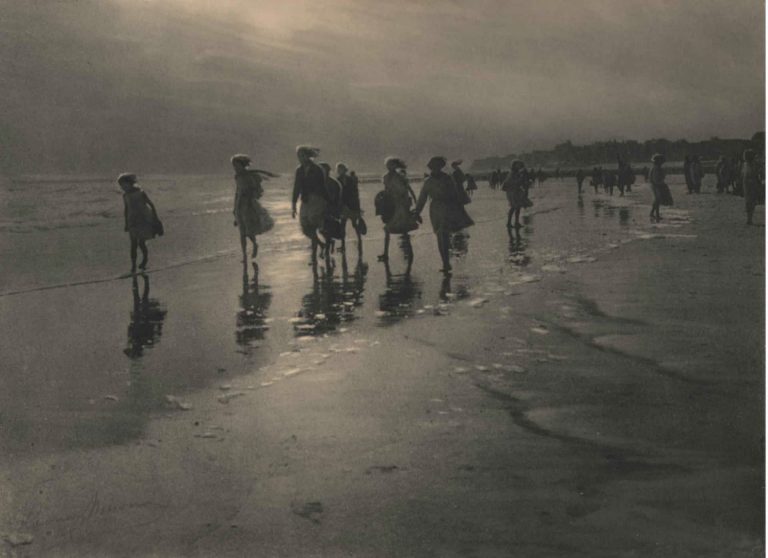 Belgian photographer Leonard Misonne became the founder of the pictorial photography. This genre was popular in the late 19th and early 20th centuries.
Belgian photographer Leonard Misonne became the founder of the pictorial photography. This genre was popular in the late 19th and early 20th centuries.
What is pictorial photography?
This is a genre that brings photography as close as possible to paint. Many famous photographers explored pictorialism. World-known Alfred Stiglitz was among them. Moreover, pictorial photography regularly hit the lists of the most expensive pictures in the world. But Leonard Misonne, born in 1870, was one of the pioneers of the genre. Let’s also mention that pictorial photography is among the 100 most important pictures in history (The Pond, by Edward Steichen).
Each photographer came to pictorialism in his way. Leonard Misonne achieved his pictures’ picturesqueness through experiments with light and shadows. “Ask me what I have learned for the last forty years of work as a photographer. I will answer that the most important thing is to be able to observe the bizarre effects of atmosphere and light,” the Belgian commented on his work.
The unique touch of Leonard Misonne
Leonard Misonne had a bright career. He became a member of the Belgian Photographic Association in 1897. At the same time, Misonne begins to present his work publicly. However, Misonne avoided other pictorialists’ company associated only with Constant Piot and Pierre Dubreuil. Misonne developed various printing and shooting techniques.
One of his inventions was the “Flou-Net” image softening screen installed in front of the camera during shooting. Photos of Leonard Misonne‘s are very picturesque, keep the spirit of impressionism as the photographer used various photo printing techniques: oil, bichromate, and, invented by him, the mediobrome process.
Misonne described his printing techniques in articles that hit the publications such as the American Annual of Photography, American Photography, Camera, Photo-Art Monthly. His photographs were published in CameraNotes magazine, edited by Alfred Stiglitz.
Unfortunately, the huge part of Misonne‘s archives was lost during the German occupation of Belgium during WWII.
Leonard Misonne‘s photographs resemble very realistic paintings. They can still attract the public not only with beauty but also with mood. Each picture lures you into its sad world, in which even the dim sun seems thoughtful. We’ve picked 30 of Leonard Mizone’s best shots for you.
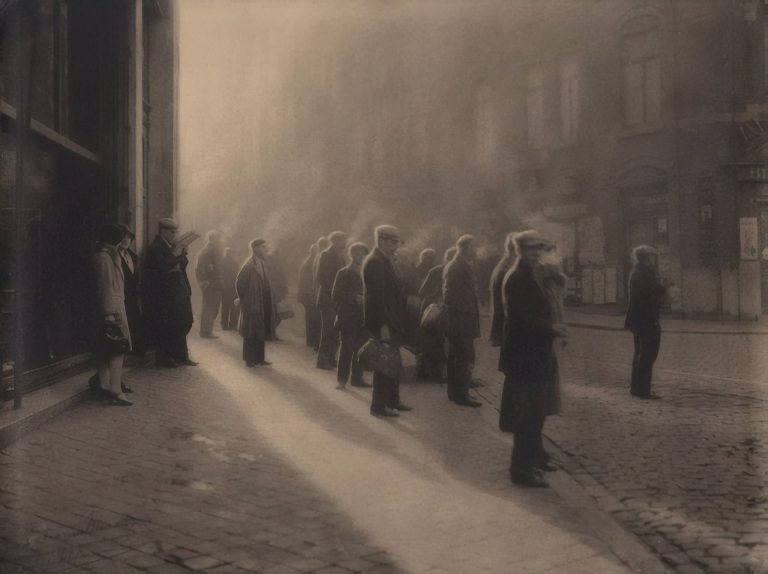
Waiting for a bus
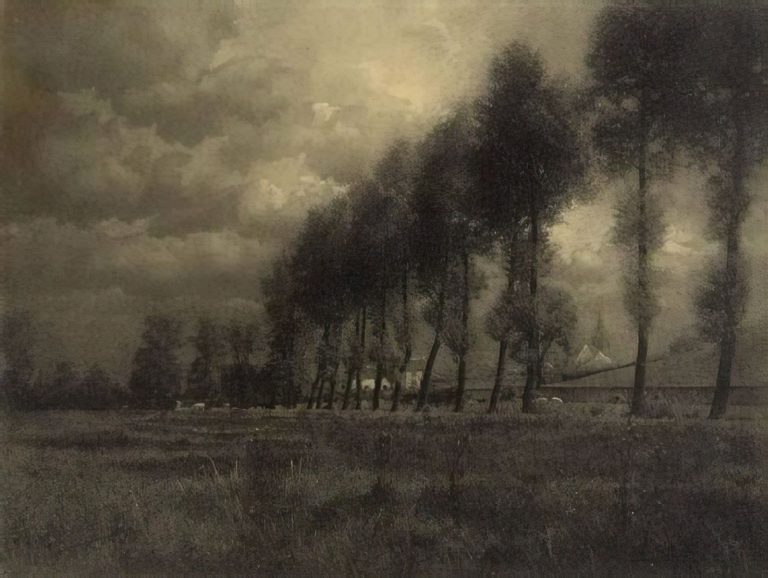
The wind
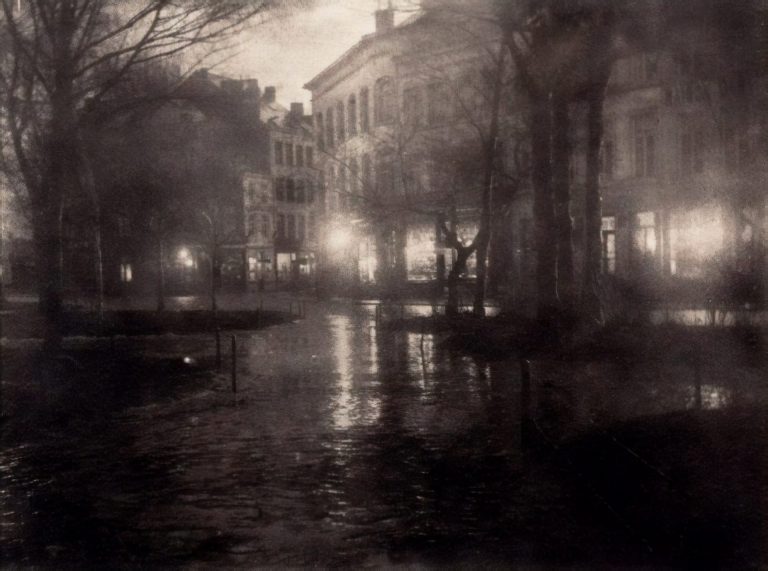
The night lights of the city
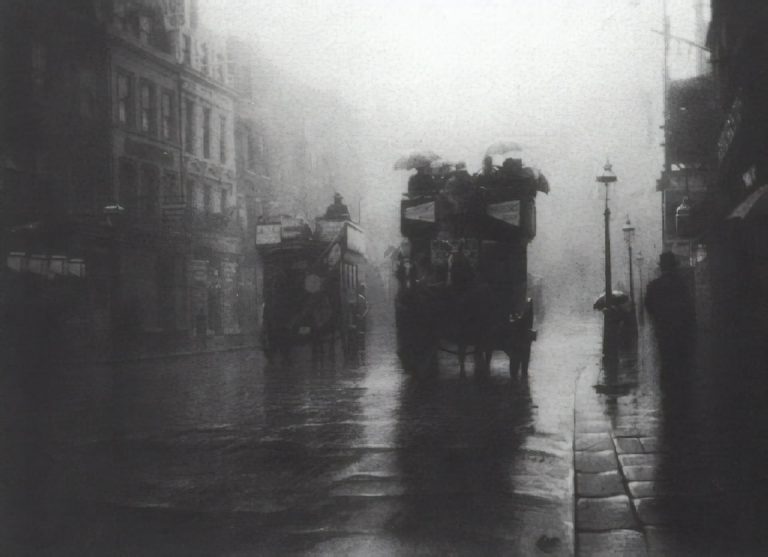
The masters of the city streets
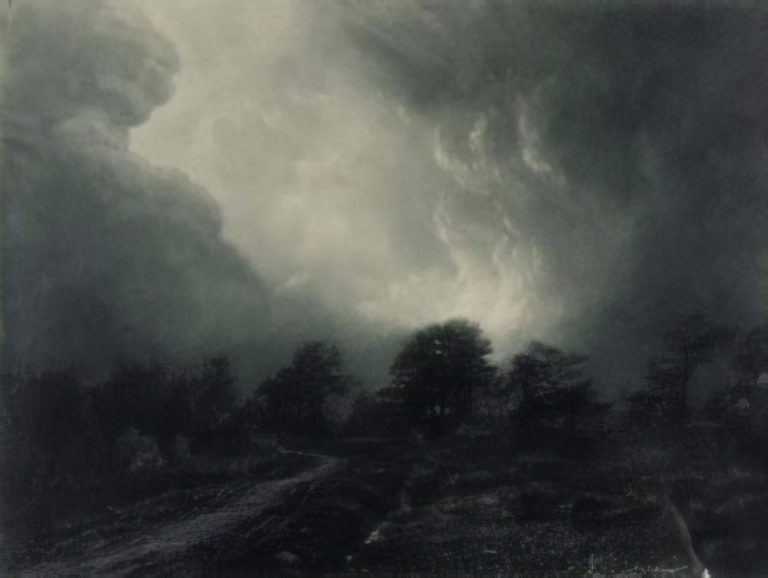
The masters of the city streets
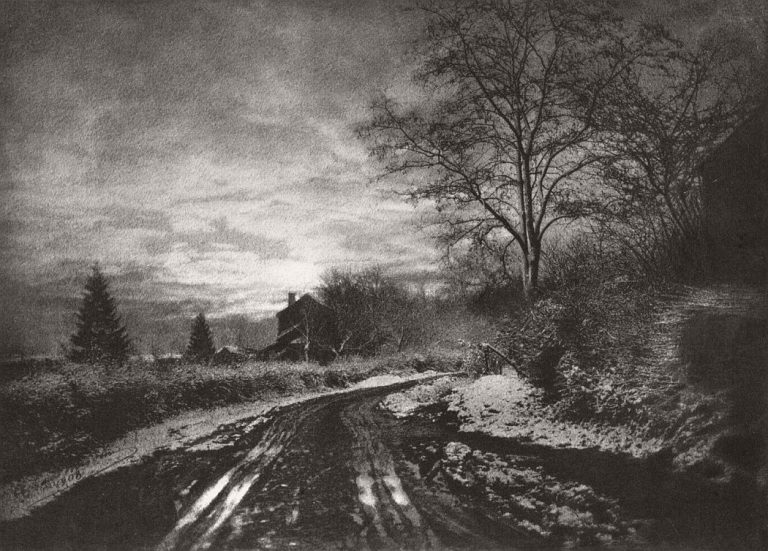
The country route
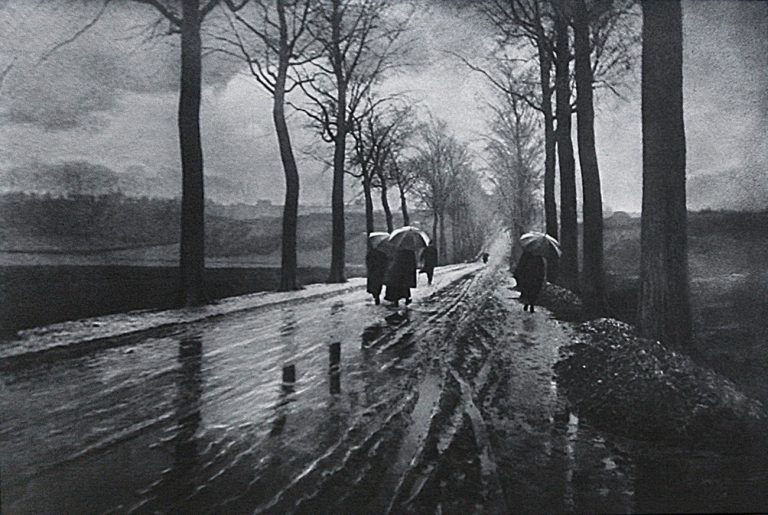
The country road
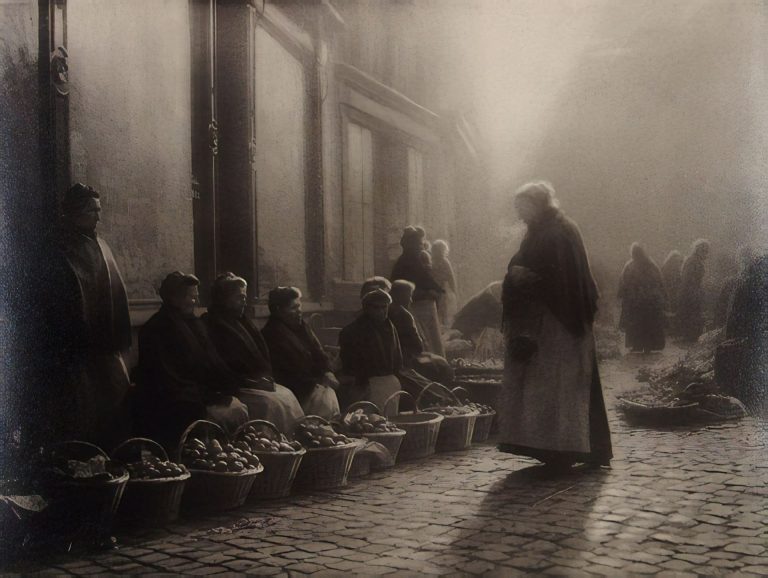
Street market

Springtime
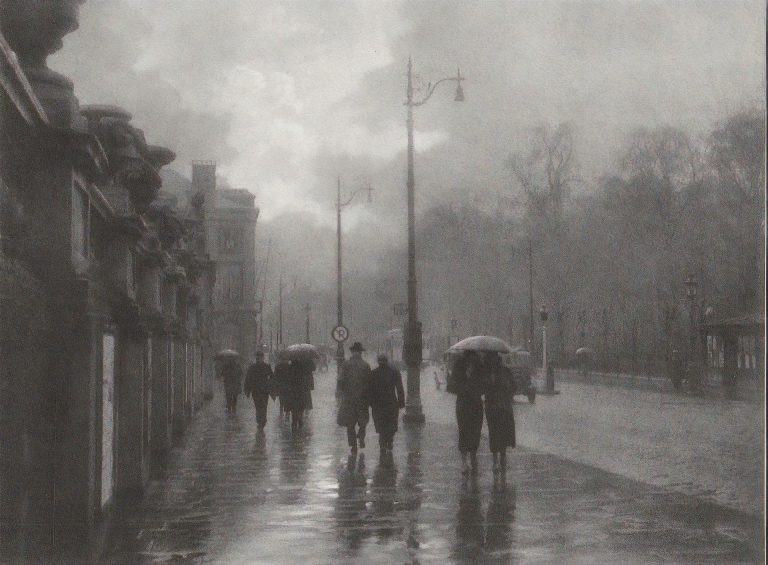
Rainy day
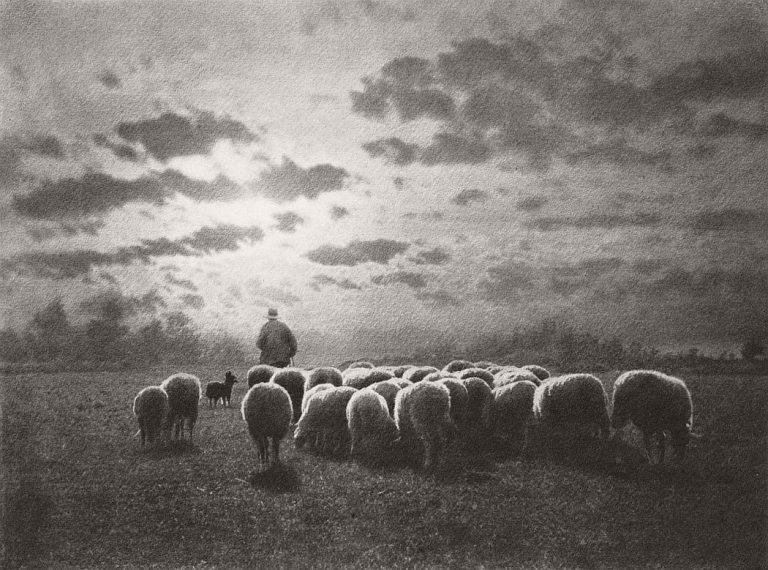
Lonely Shepard
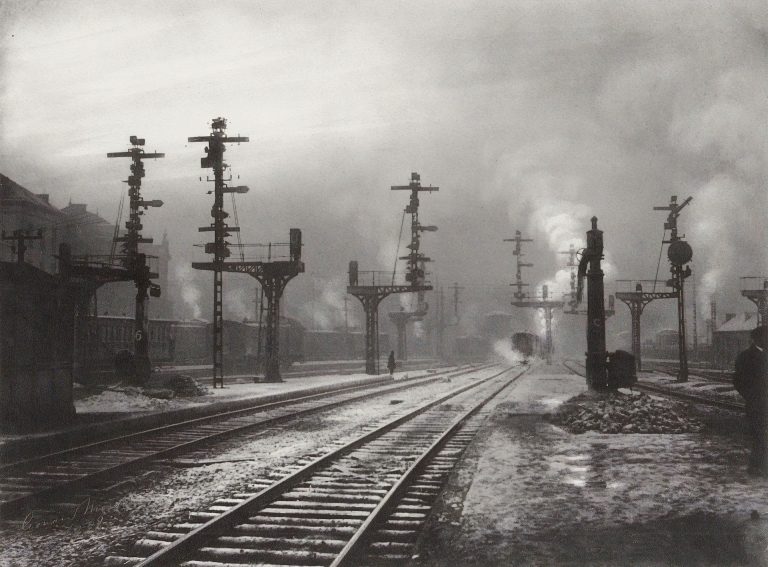
Leonard Misonne, the founder of the pictorialism
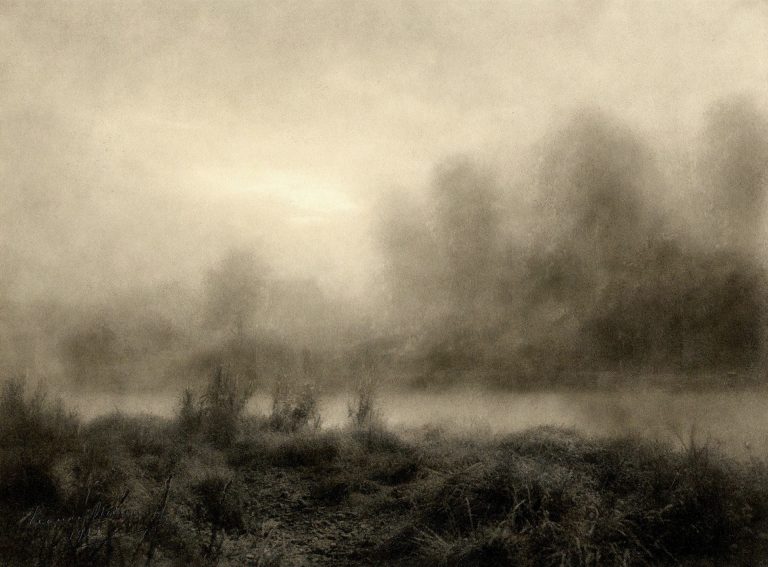

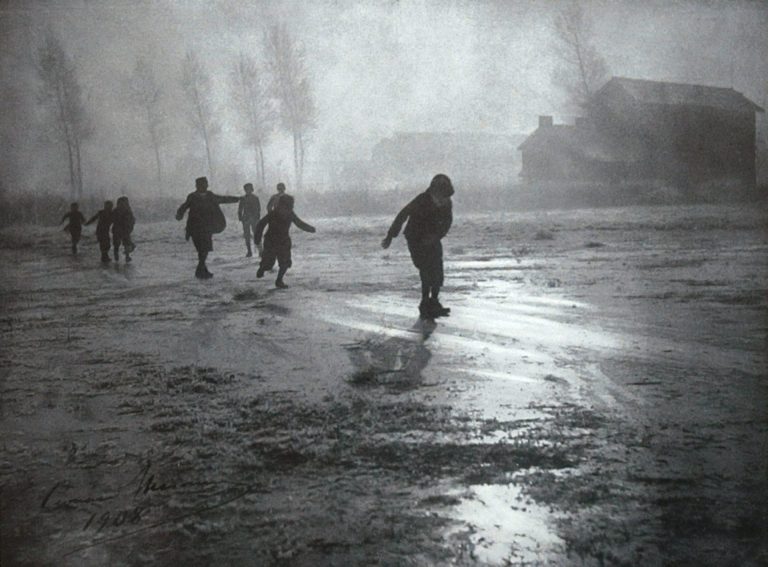
Kids playing in the wintertime

In the forest
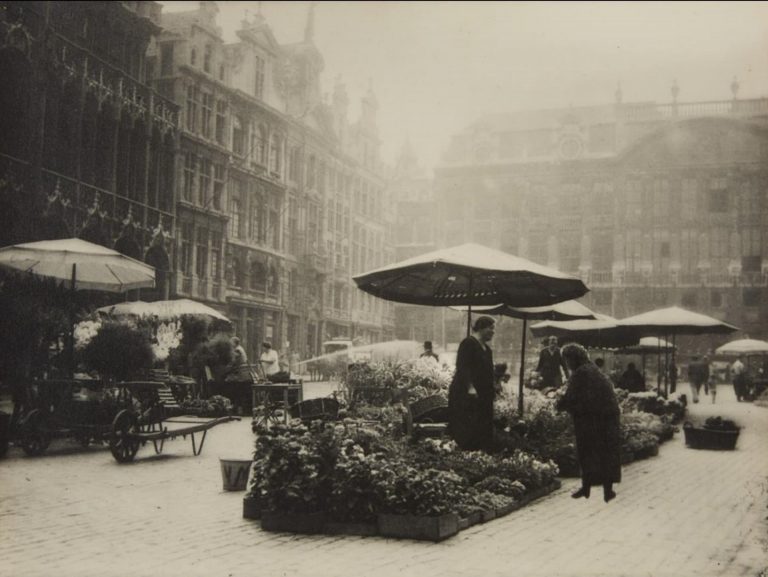
Brussel marketers
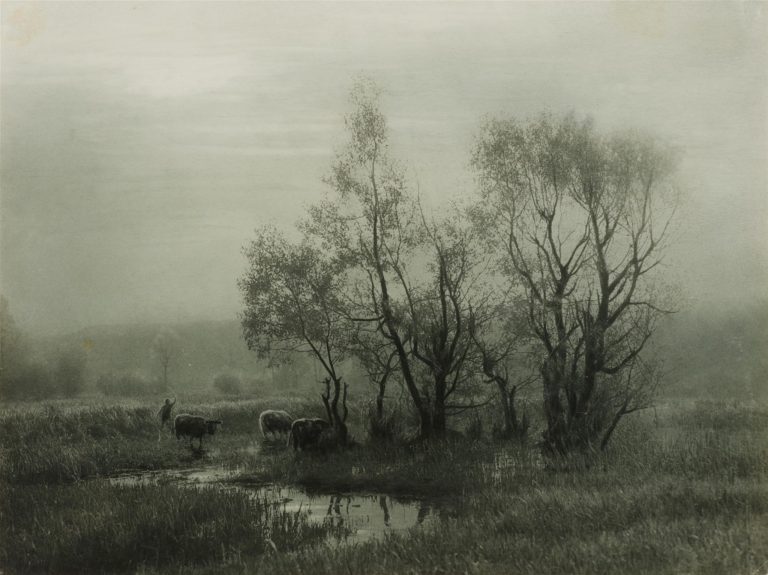
A boy in the countryside
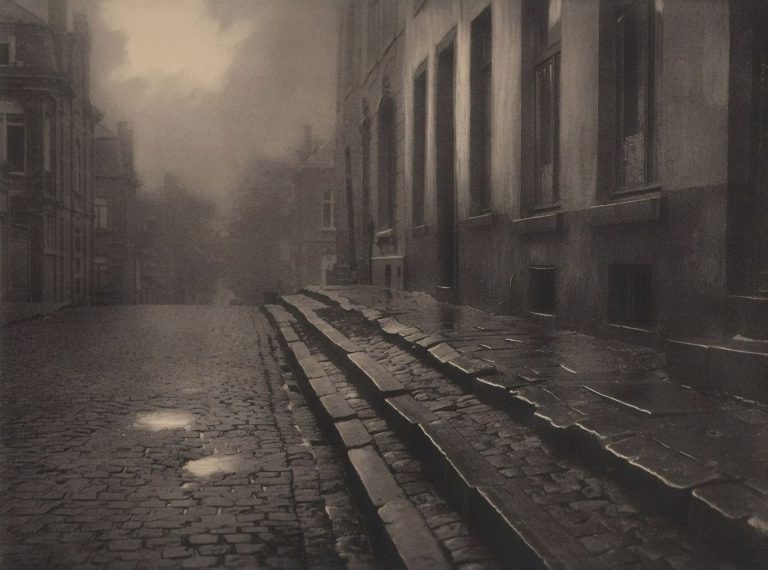
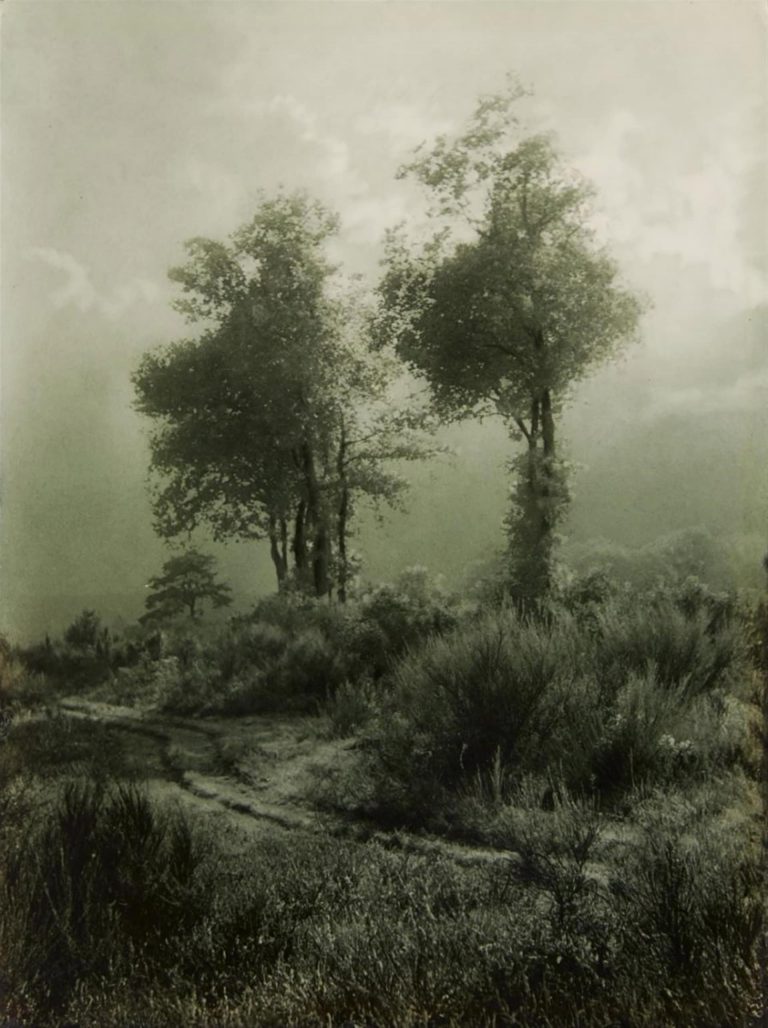




A sunny morning







Leonard Misonne, 1936
Сообщение 30 poignant pictorial photos by Leonard Misonne появились сначала на Old Pictures.
]]>Сообщение Punkah Wallah: interesting facts and pictures появились сначала на Old Pictures.
]]>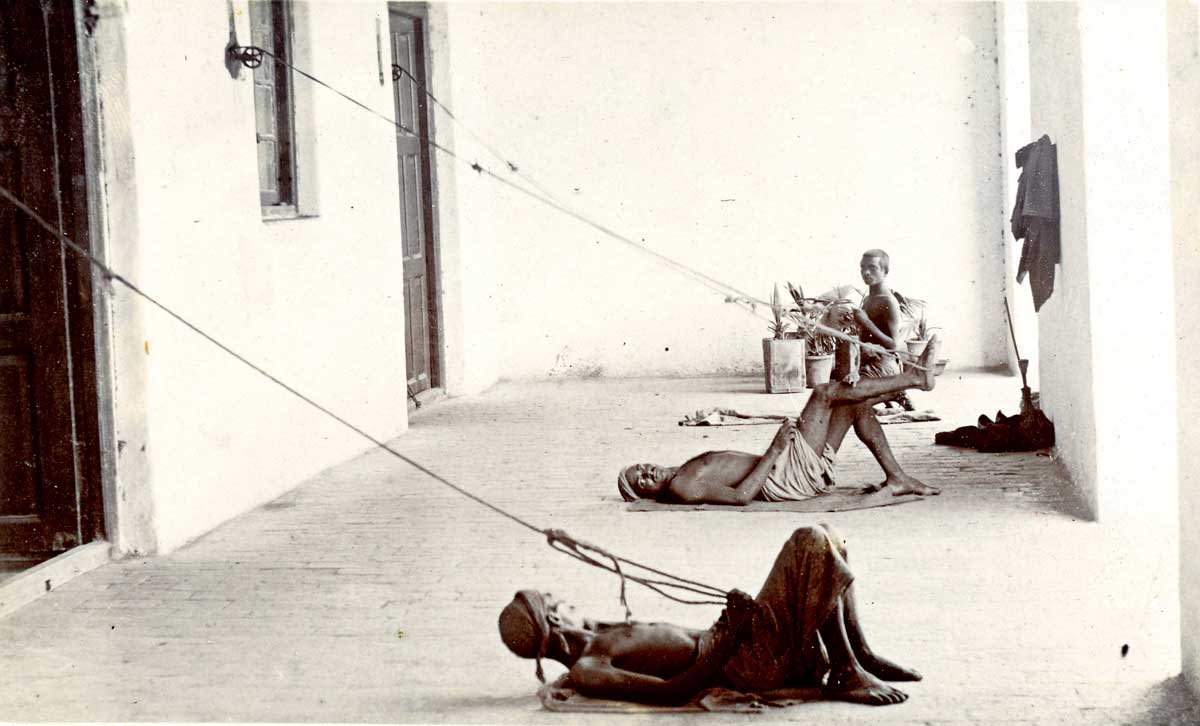
Punkah Wallah was a replacement for the air conditioners for the wealthy people hundreds of years ago. Basically, punkah is a large fan, while Wallah is a servant who’s moving it, usually with his legs.
Punkah Wallah seems to be the most boring job ever. Don’t forget it when complaining about our work: boring, paying little… So, from now on, when you feel that your career is not good enough, remember the Punkah Wallah.
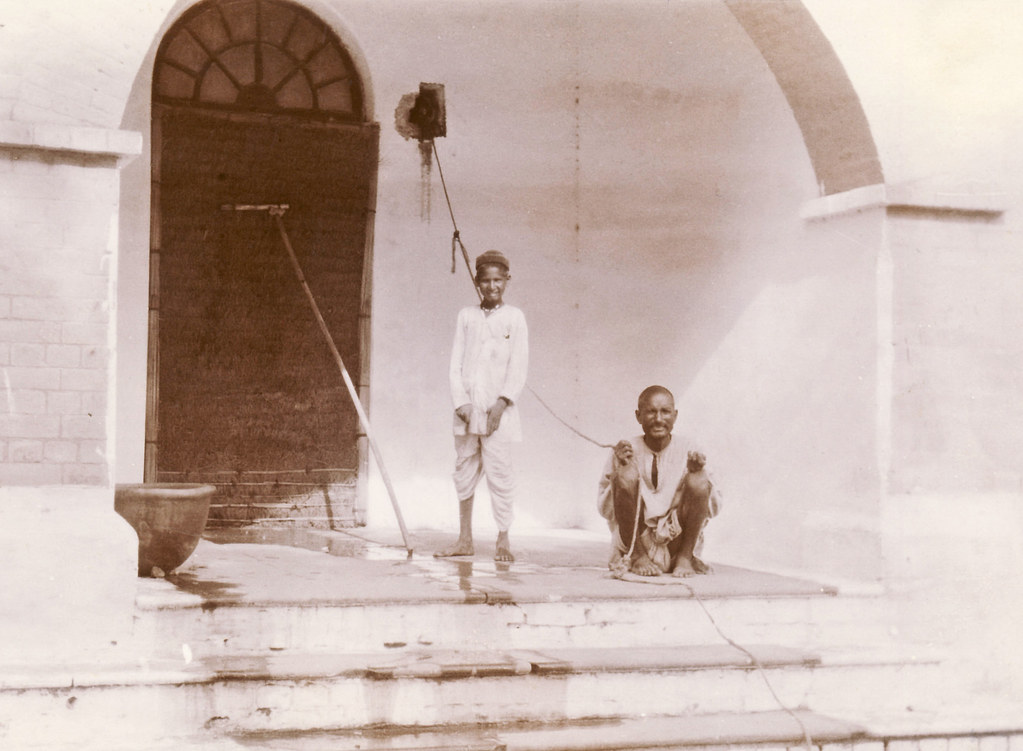
Punkah Wallah during a short break. Usually, moving fans was boring but not exhausting. Colonists could afford to hire extra workers to make their job easier.
India is a homeland for Punkah Wallah
As you can imagine, India is the land of the dominating heat. This fact frustrated Victorian Era English colonialists, who had a particularly hard time due to their genetic habit to the relatively cold climate.
And since electricity was a rare beast in the 19th century, Punkah Wallah was the only air conditioning option. The cheap labor in India and your colonialist status was a plus.
The task of the fan-boys was as simple as anything boring: they had to set move giant fans – Punkahs, which were hung from the ceiling of living rooms (and sometimes entire churches or other indoor areas).
Lots of different punkahs were in use, tailored or wooden ones. I must say that wooden ones were more dangerous: the ropes that linked the punkah to the ceiling could collapse due to constant friction, and it could fall right on the gentlemen.
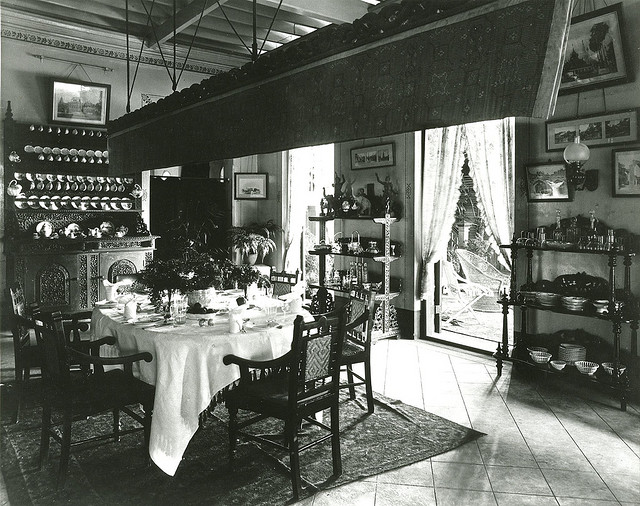
Punkahs could be that’s large. Usually, such a massive fan was moved by three persons.
The remote control
Sometimes the Punkah Wallah could sit in the same room as the fan was pulled with their hands. But in this main photograph, taken in the 1900s, Wallahs are moving fans with legs. In this case, Punkah Wallah could stay behind the wall of the room, and the strings of the fan are pulled from the outside.
Punkah Wallah was usually deaf. Unlike ordinary servants, Punkahs could not be sent out of the room when the conversation took on a secret nature or a delicate matter – of course if the gentlemen did not want to suffer the heat.
Electricity was a Punkah’s profession killer. And this is clearly not the case when at least someone misses the extinct profession.
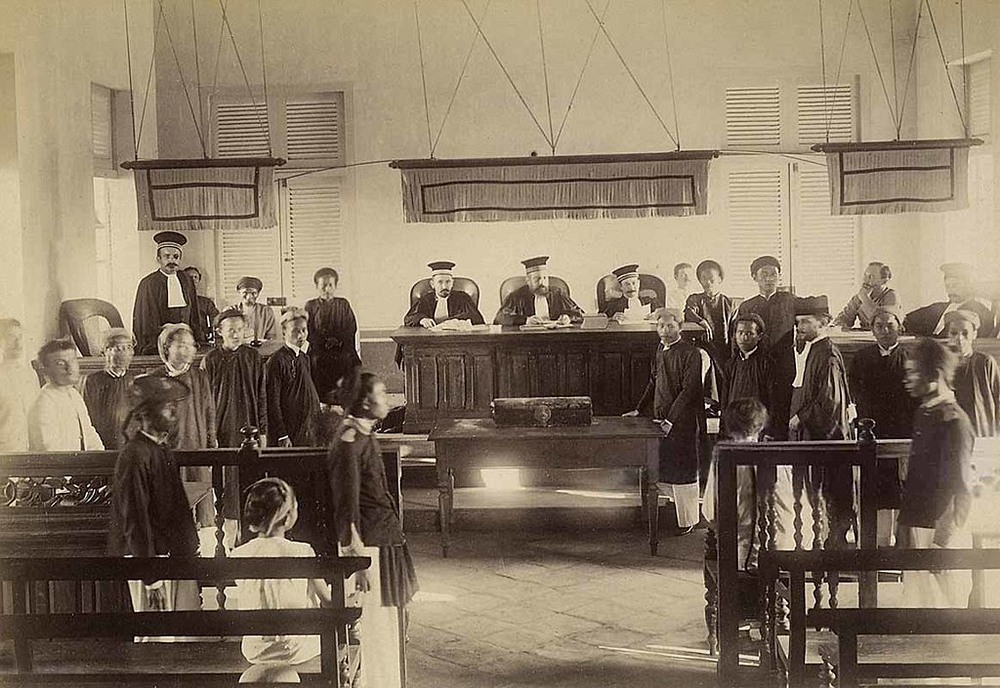
Punkah air-conditioned courtrooms as well as other administrative units.
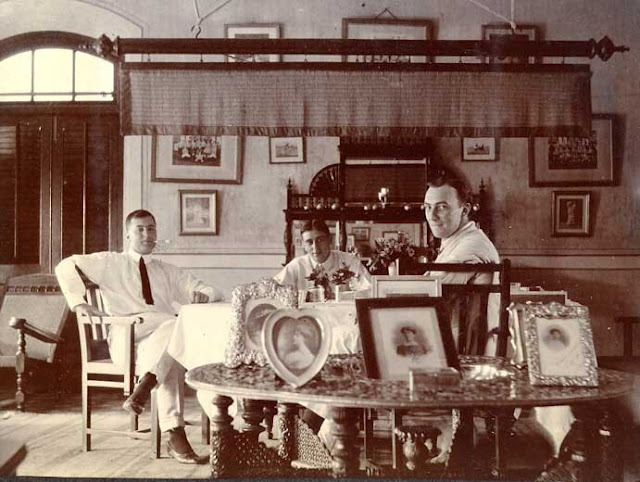
A restless punkah for respectful gentlemen
Punkah Wallah tradition in the USA
A chilling punkah was an integral part of the Southern states’ wealthy homes, but they had a different name. Slaves handled Ceiling-mounted fans. Yep, English gentlemen at least paid some pennies to deaf locals.
Interestingly, both the wealthy men and their slaves benefited from their interactions with the fans. Masters experienced the fans’ cooling winds, insect-free time, and the occasion to showcase their money and sophistication. Even though they were consigned to labor at the fans, enslaved workers likely used their proximity to elite whites to learn “genteel” codes of behavior, while gleaning information about the plantation world and beyond.
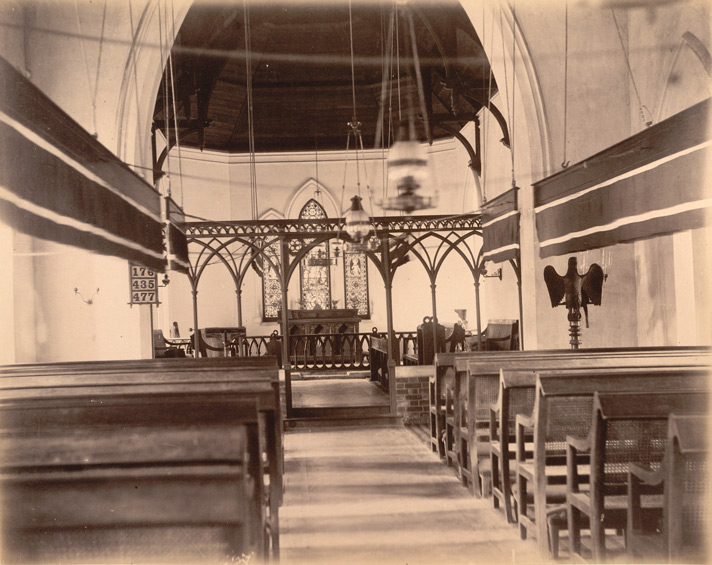
Punkahs were used in the cathedrals too.
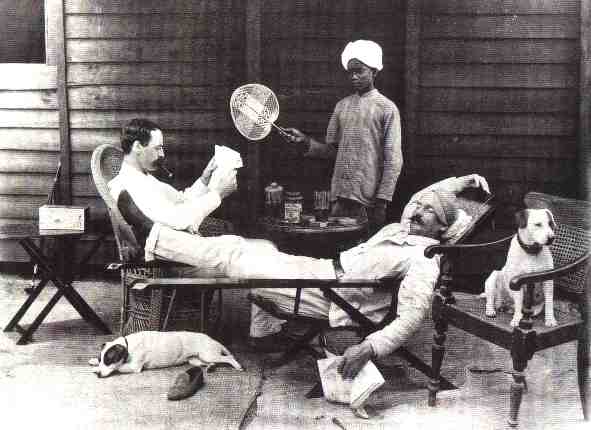
The most common Punkah Wallah was a deaf boy or man that held a fan in his hands.
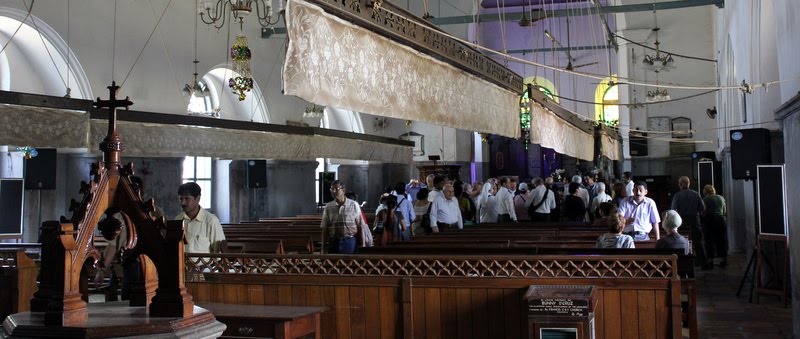
Modern Punkahs. No human resources were used for sure.
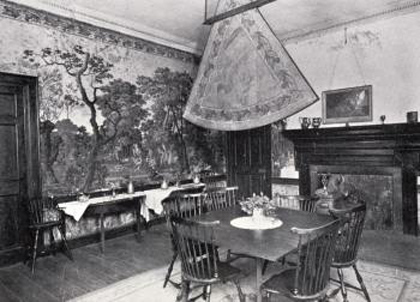
A fancy fan in a wealthy Indian home.
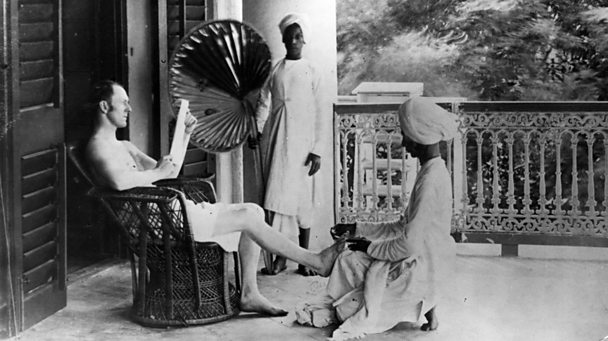
Fan-boy was a kind of demonstration of how wealthy the colonist is.
Сообщение Punkah Wallah: interesting facts and pictures появились сначала на Old Pictures.
]]>Сообщение Vintage photo of the Russian treasury carriage robbery, 1906 появились сначала на Old Pictures.
]]>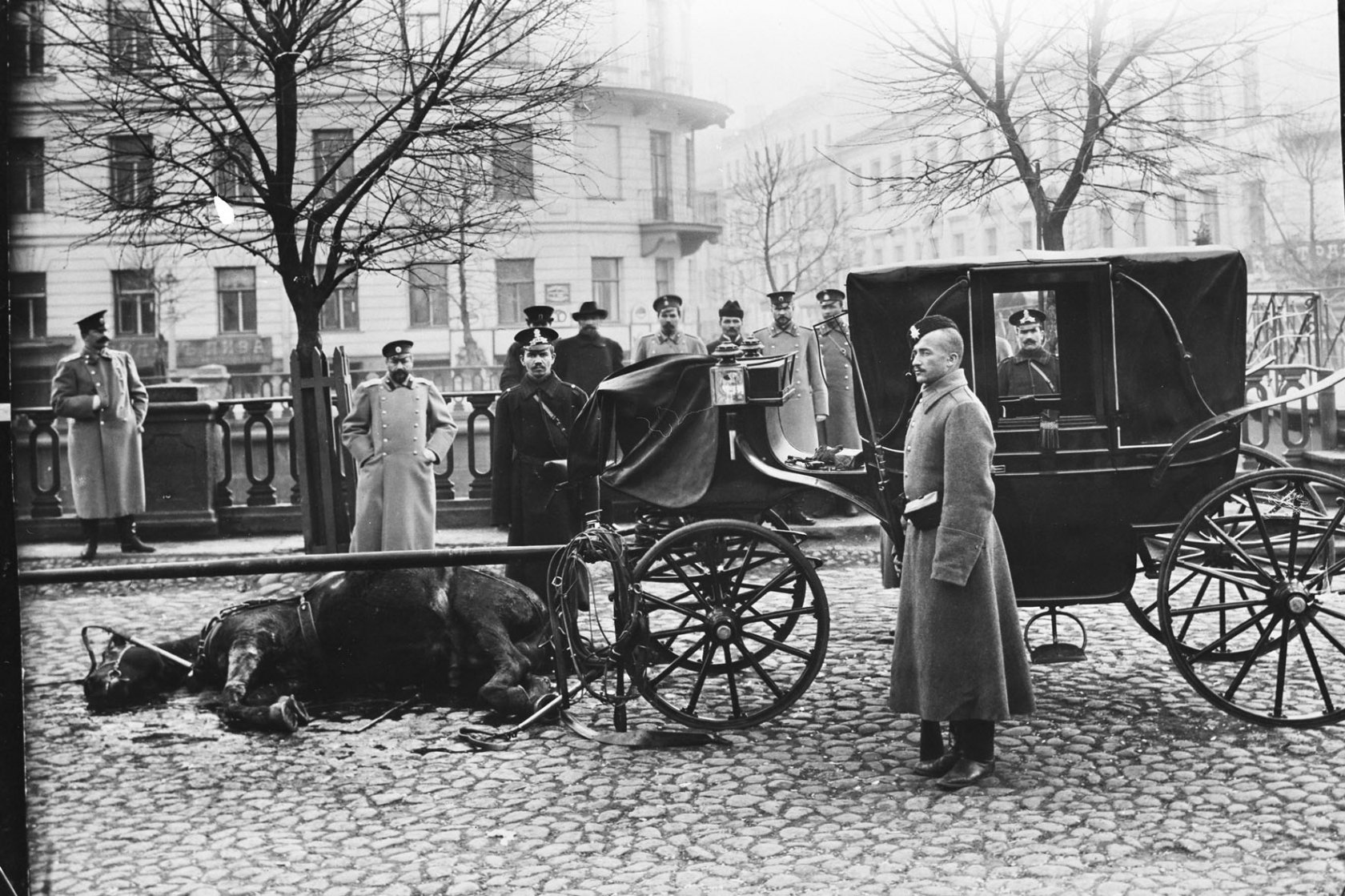 This robbery photo belongs to the godfather of the Russian photo reportage Karl Bull. This Russian camera pioneer even managed to open a photo studio in St.Petersburg by the beginning of the 20th century. Oldpics will publish some of his noteworthy pictures one day.
This robbery photo belongs to the godfather of the Russian photo reportage Karl Bull. This Russian camera pioneer even managed to open a photo studio in St.Petersburg by the beginning of the 20th century. Oldpics will publish some of his noteworthy pictures one day.
But now let’s take a look at this image of Russian robbery in St.Petersburg that he took on October 14, 1906. Apparently, Karl Bull was somewhere nearby with photo equipment and thus was ready to capture the crime scene. It was the robbery of a carriage delivering gold and credit and securities to the Treasury for 600 thousand rubles (million dollars in nowadays prices).
Russian robbery plan
The robbers were Bolsheviks as it usually happened in Russia during the early 1900s. By the way, young Joseph Stalin, a future ruler of Soviet Russia, participated in a number of such fundraising operations. The robbers’ plan was both simple and infinitely arrogant. They calculated the treasury carriage route and decided to attack in daylight and hope for the surprise effect.
The Russian robbery was partly successful. When the carriage approached the corner of the Ekaterininsky Canal and Fonarny Lane. Meanwhile, several decently dressed young people approached it. They threw bombs into the carriage. The frightened guards scattered.
Massive explosion
The explosions were so devastating that it broke dishes in the nearest houses. Even several wall clocks stopped in the nearby watch store. The robbers took the bags (literally sacks full of money) of valuables and rushed in all directions. The luckiest one grabbed the largest bag and managed to hand it over to the lady, who immediately disappeared in a cab. Minutes after, guards started shooting. According to eyewitnesses, “a terrible firefight began, a hail of rifle and revolver bullets rained down like everywhere.”
Four of the attackers were killed right there. Another one-shot himself as soon as he realized that he had nowhere to run. In addition, several janitors and passers-by were injured in the shootout. Russian robbery took 366 thousands of rubbles from the 600 total.
The subsequent arrests brought 11 people to the dock. Eight of them were executed in the Shlisselburg fortress two weeks after the robbery.
Сообщение Vintage photo of the Russian treasury carriage robbery, 1906 появились сначала на Old Pictures.
]]>Сообщение Gigantic French telescope, Paris, 1900 появились сначала на Old Pictures.
]]>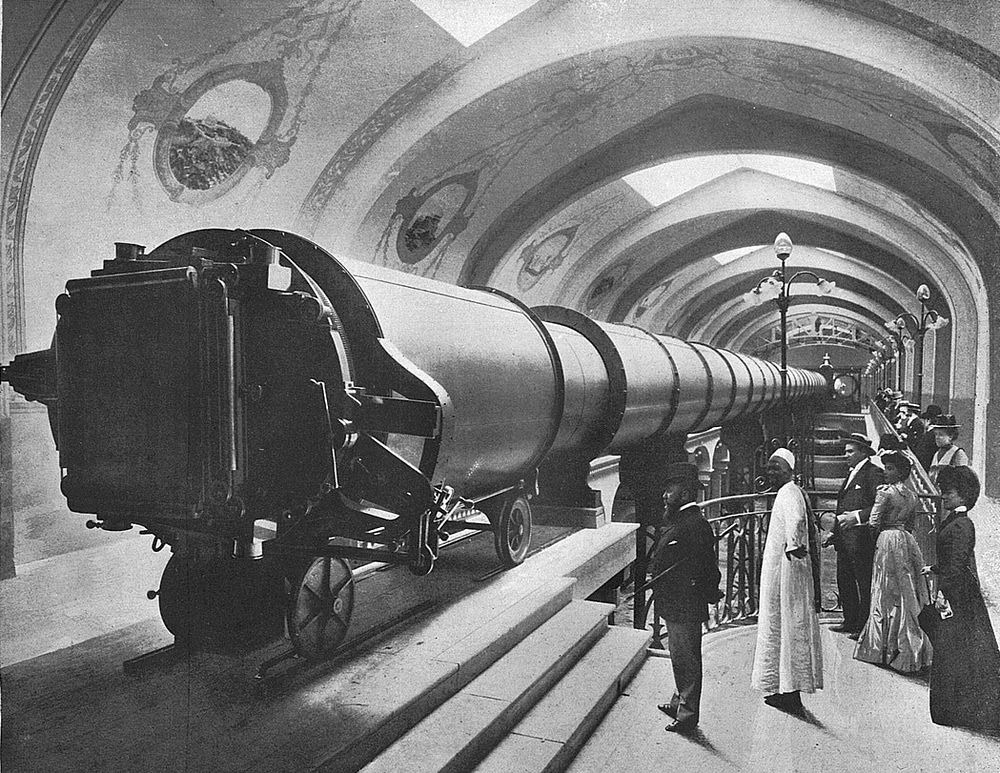 Gigantic French telescope is a noteworthy gem among other Oldpics vintage photos, taking to account how old it is. So, it’s the largest refractor telescope that people ever built. French engineers assembled this gigantic telescope for the World Exhibition in Paris in 1900. Yes, an Eifel Tower appeared during this event too.
Gigantic French telescope is a noteworthy gem among other Oldpics vintage photos, taking to account how old it is. So, it’s the largest refractor telescope that people ever built. French engineers assembled this gigantic telescope for the World Exhibition in Paris in 1900. Yes, an Eifel Tower appeared during this event too.
The telescope became the main object in the Palace of Optics. The focal length of the telescope was 57 meters, and the lens diameter was 1.25 meters.
The engineers designed this telescope to impress. Although, nobody extracted any practical use of it. Astronomers used it just several times for direct telescopic purposes. Astronomer Théophile Moreu observed the sunspots with its help. Charles Le Morvan photographed the moon through its lens. After the end of the exhibition, no one was willing to buy a gigantic telescope. Therefore, the telescope was ingloriously dismantled.
Сообщение Gigantic French telescope, Paris, 1900 появились сначала на Old Pictures.
]]>Сообщение The political career of Theodore Roosevelt in pictures появились сначала на Old Pictures.
]]>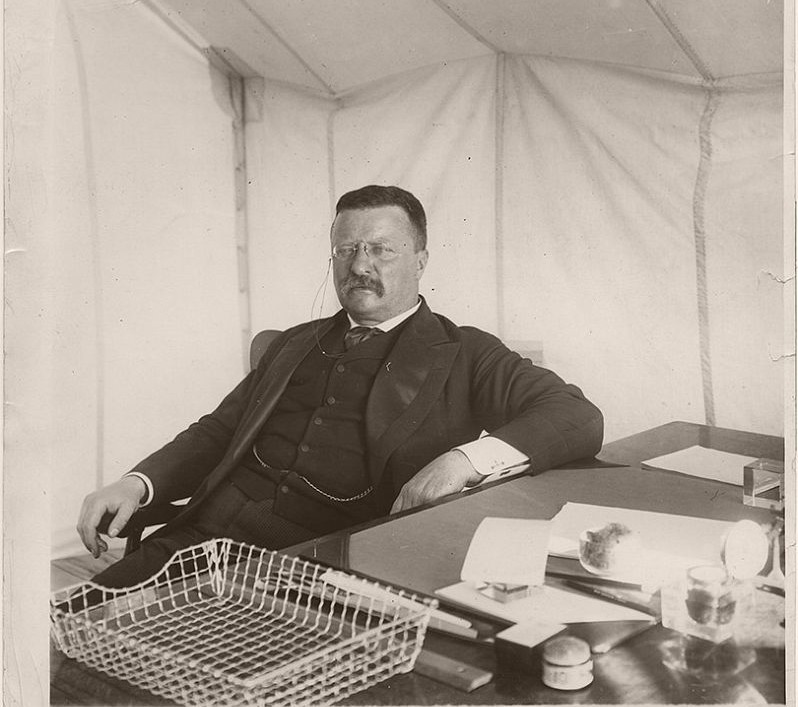
Historical pictures of President Theodore Roosevelt: taking a rest after delivering his speech at the Alamo in San Antonio, Texas.
Many of these pictures still keep energetic of the presidency of Theodore Roosevelt, one of the most popular leaders of the US. Upon election, he was the youngest President of the US, and he did his best to make his country great. New York-born Roosevelt became the first historical symbol of the US global power, just like the Statue of Liberty associated with US freedom.
An excellent political start of Theodore Roosevelt
Roosevelt started his bright political career in 1880, with his first historical essay, “War at Sea in 1812”. He entered the New York State Legislature committee and then was a chief of the police of New York City. In 1897 Theodore Roosevelt became Deputy Secretary of the Navy. He participated in the war between America and Spain and received a Colonel rank.
Theodore Roosevelt was a governor of New York until the presidential elections of 1900. Theodore Roosevelt was a vice-president of elected President McKinley. However, in September 1901, McKinley was assassinated, and Theodore Roosevelt became the youngest President in US history. There are not so many pictures of Theodore Roosevelt during his pre-president period. But he compensated this gap by hiring the cameraman for his numerous trips and meetings during the presidency.
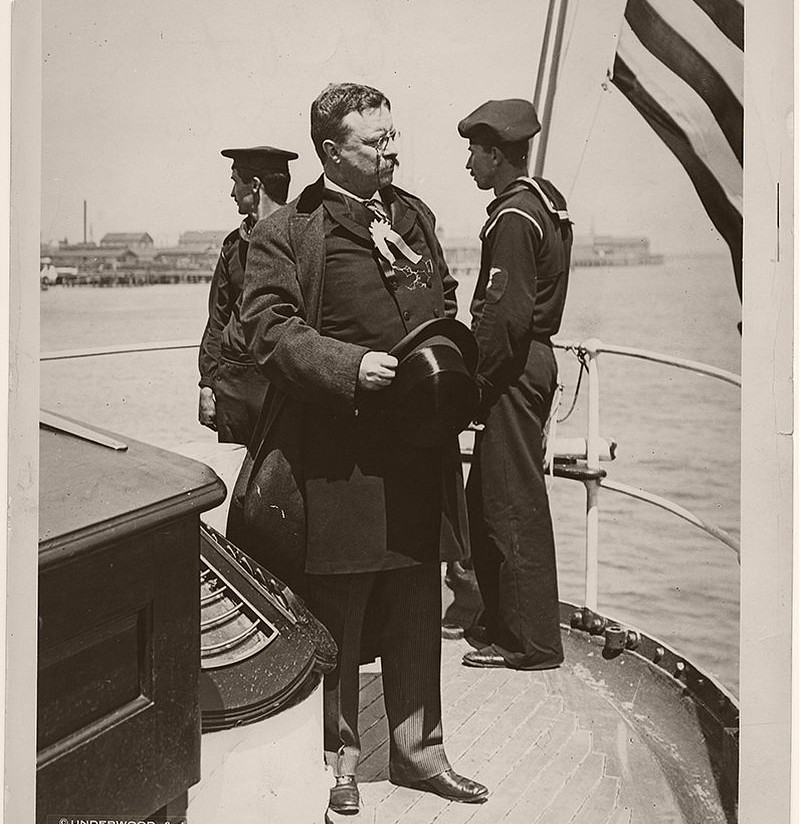
President Theodore Roosevelt Standing on the Stern of the Naval Cutter, USS Algonquin, in Charleston, South Carolina, 1902.
The President of the Globe
Theodore Roosevelt tried to develop the United States as a global imperialist power. His expressions “big stick policy” and “global policeman” were widespread. Roosevelt pioneered racial tolerance when invited African American to the White House for the first time. Also, Theodore Roosevelt founded the Ministry of Trade and Labor, established control over the territory of the Panama Canal.
And of course, we remember that Theodore Roosevelt was a person behind the National Parks legislation, which preserved unique nature of America.
In the 1904 election campaign, Theodore Roosevelt criticized the abundance of monopolies, but also struck deals sponsoring the Republican Party with tycoon’s money. Roosevelt refused the third presidential term and nominated William Taft instead.
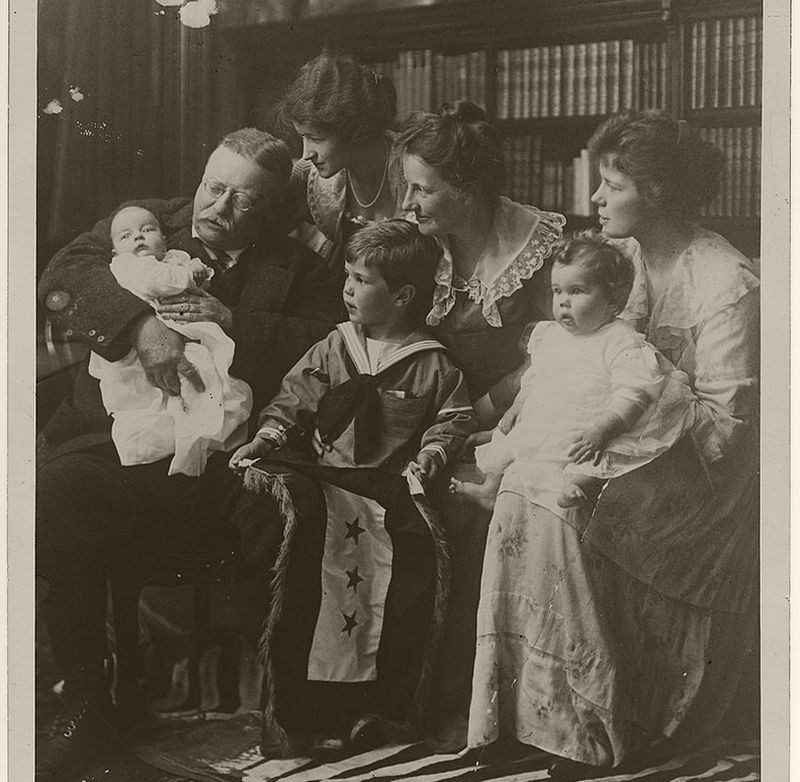
Seated, left to right, are Archibald Bulloch Roosevelt, Jr., Theodore Roosevelt, Grace Stackpole Lockwood Roosevelt, Richard Derby, Jr., Edith Kermit Carow Roosevelt, Edith Roosevelt Derby Williams, and Ethel Carow Roosevelt Derby. Richard Derby Jr. is holding a service flag with three stars. The stars symbolize three of Roosevelt’s sons, Quentin, Archie, and Theodore Jr., who served the United States in battle.
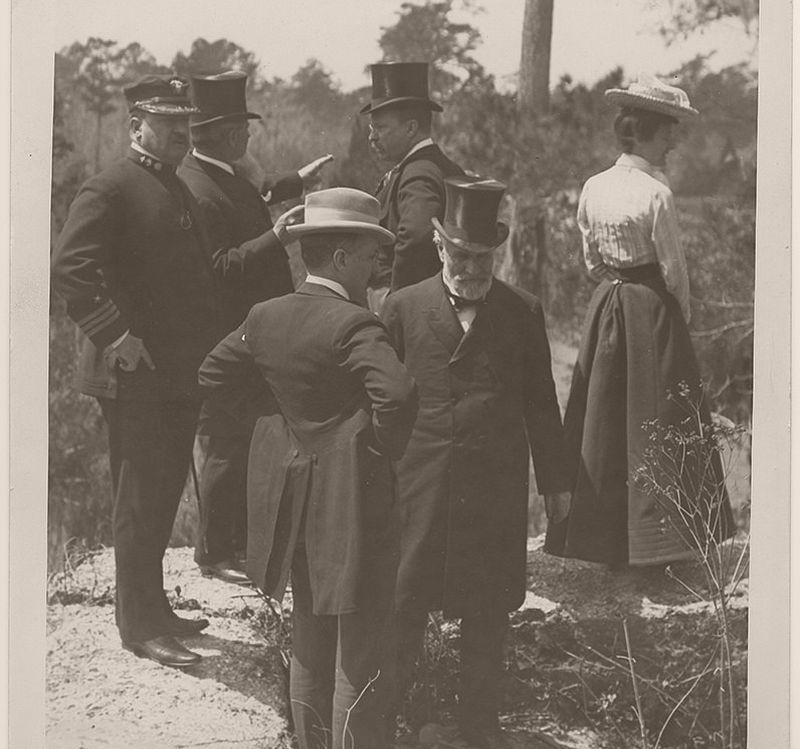
Theodore Roosevelt and other members of the presidential Republican party, at the remains of Fort Dorchester, a fort built in 1757 for munitions storehouse. The personages in the foreground, left to right, are George B. Cortelyou, Presidential Cabinet Secretary, and James Wilson, Secretary of Agriculture. In the background, left to right, are an unidentified Navy lieutenant, an unknown man, President Theodore Roosevelt, and Edith Carow Roosevelt. Old Dorchester, Dorchester County, South Carolina. April 9, 1902.
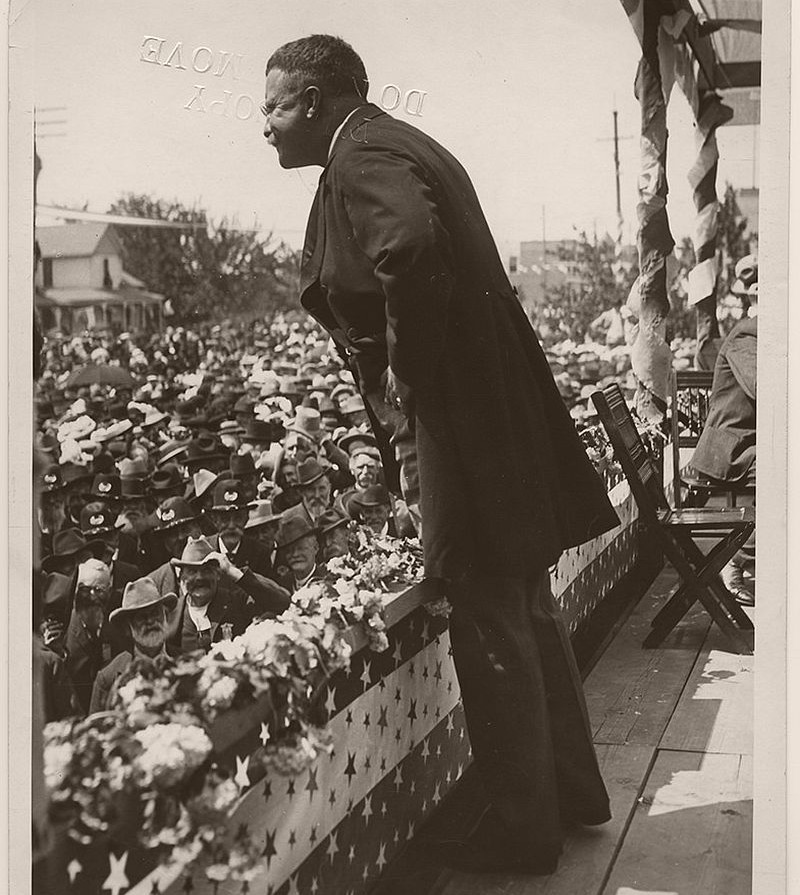
President Theodore Roosevelt is speaking in North Yakima, Washington. May 25, 1903.
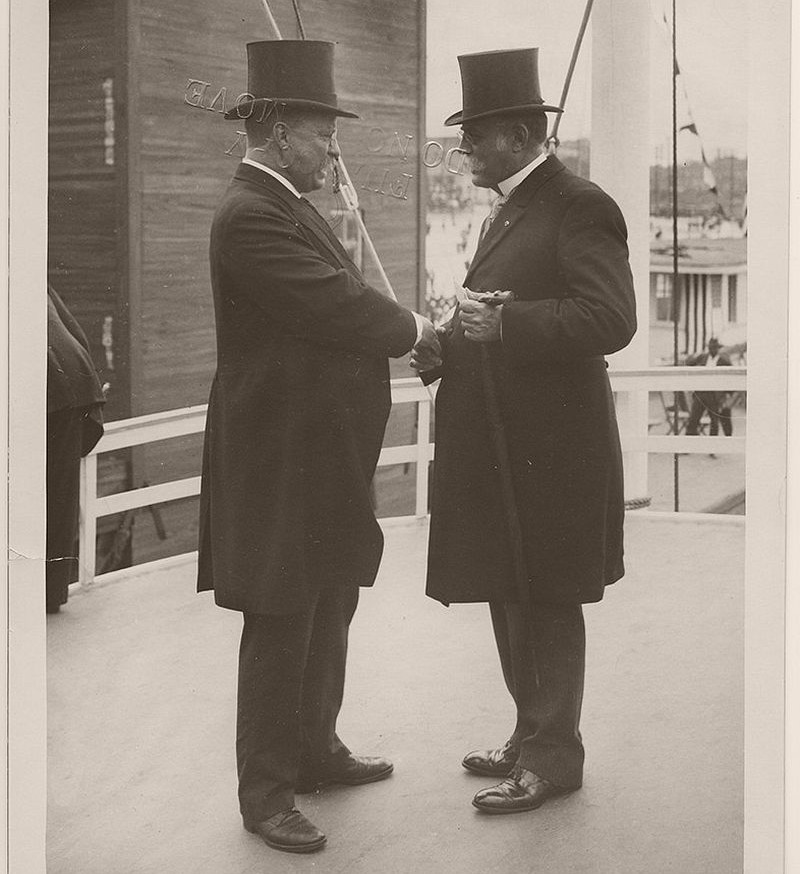
President Theodore Roosevelt is shaking hands with Clinton B. Sears, President of the Mississippi River Commission, on the steamboat the USS Mississippi. October 4, 1907.
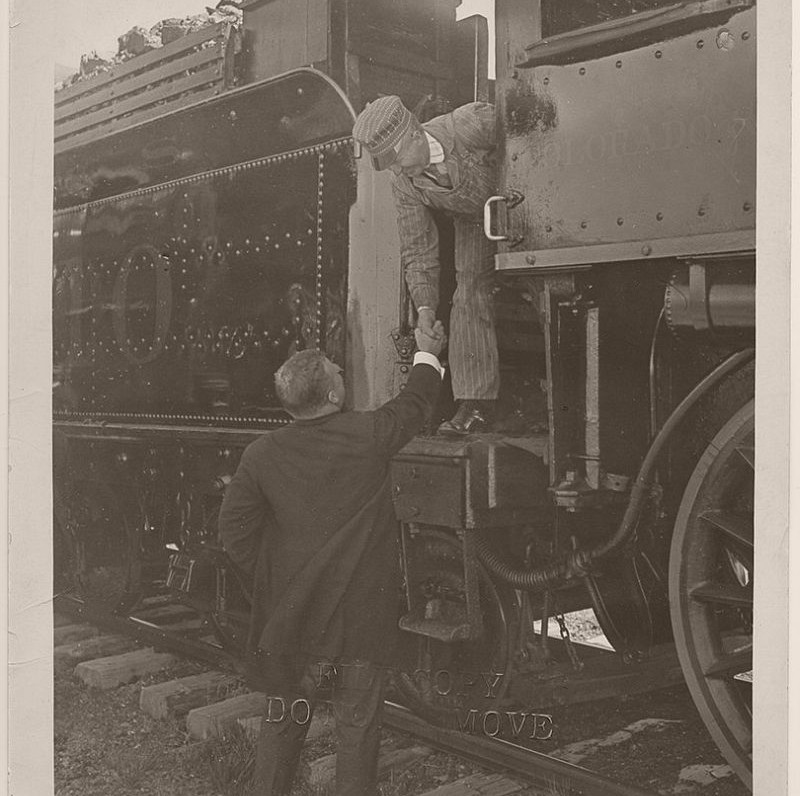
President Theodore Roosevelt is shaking hands with a locomotive engineer for the Colorado and Southern Railway. Vernon, Wilbarger County, Texas. April 1905.
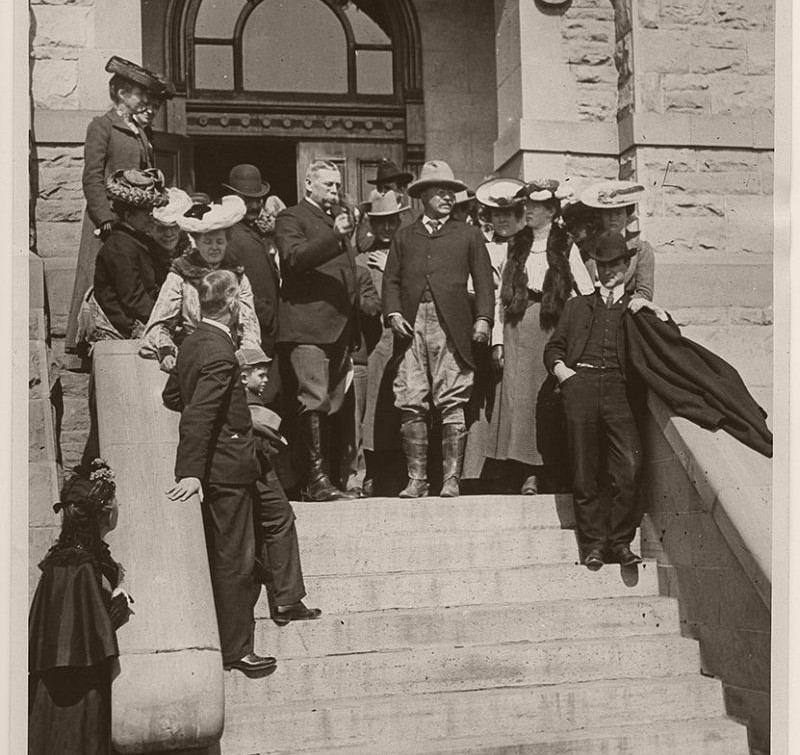
President Theodore Roosevelt received a pair of spurs from Francis Warren.
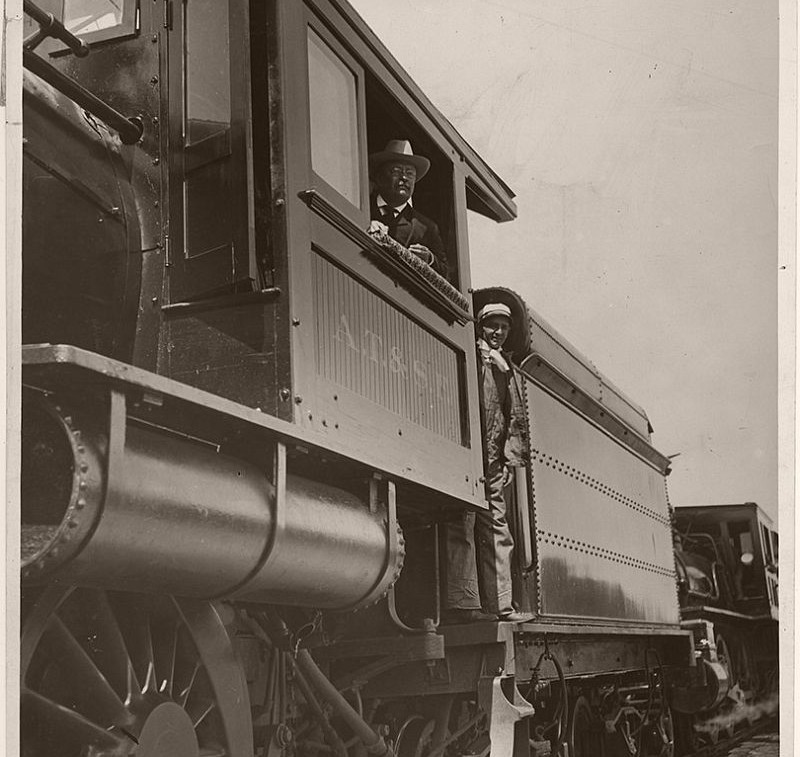
President Theodore Roosevelt is posing in the cab of his locomotive, while campaigning for re-election, ca. May 1903
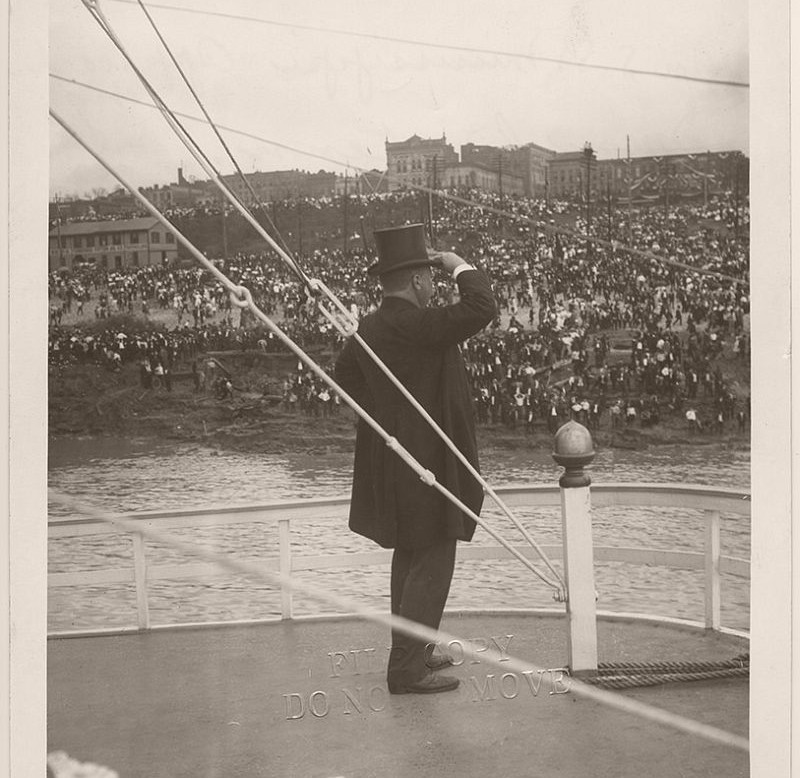
President Theodore Roosevelt on the deck of the USS Mississippi, approaching Memphis, Tennessee. On October 4, 1907, President Theodore Roosevelt made a speech in Memphis on the development of the waterways.
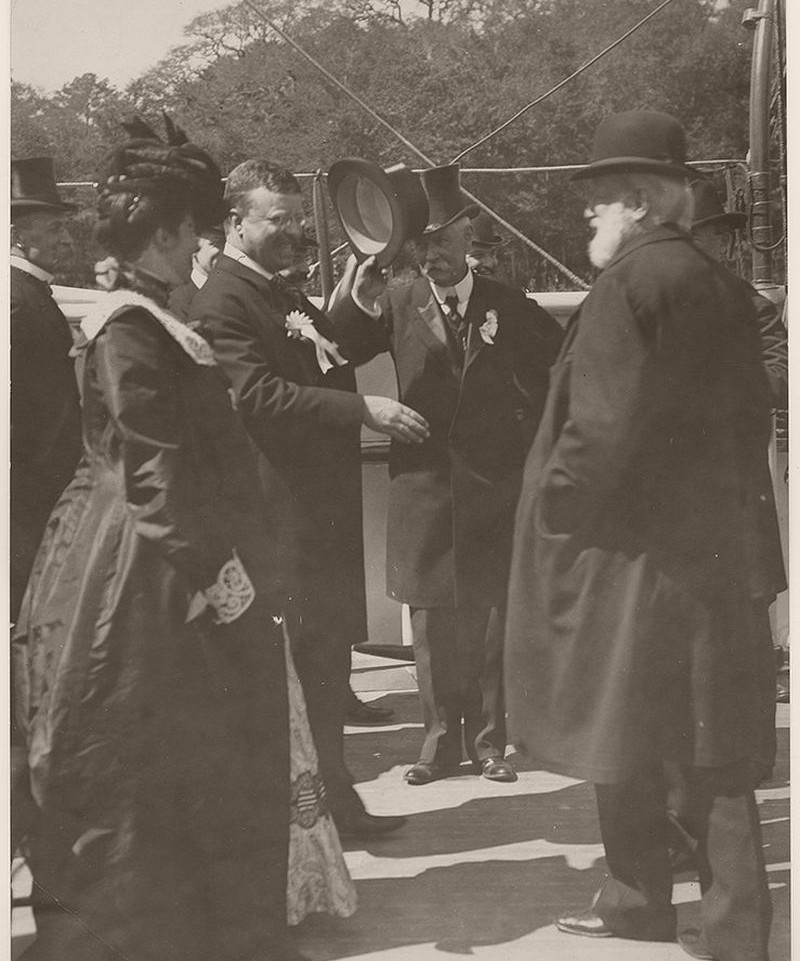
President Theodore Roosevelt Greeting Dignitaries on the USS Algonquin, Charleston, South Carolina. April 8, 1902.
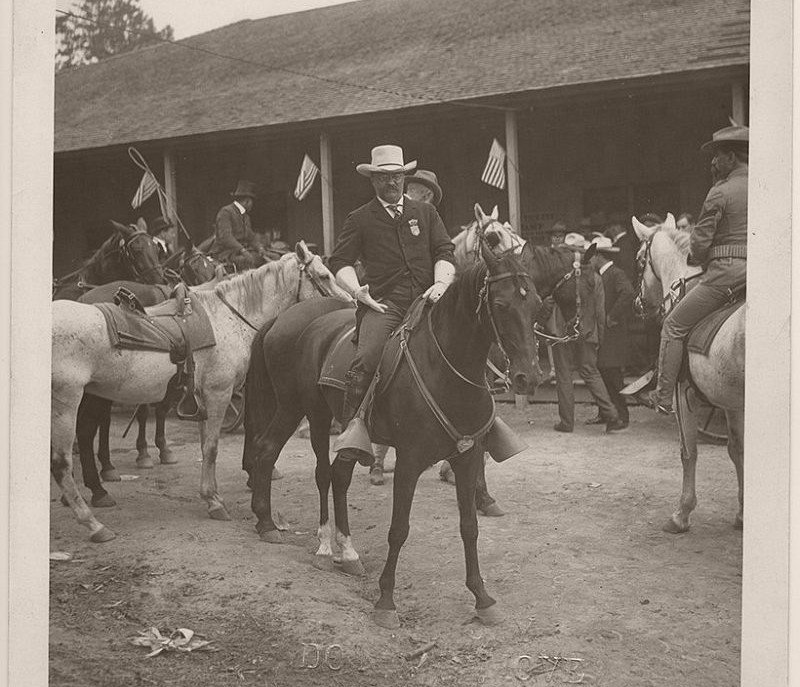
President Roosevelt on horseback, preparing to survey the battlefield on which the Battle of Chickamauga took place. Chickamauga, Walker County, Georgia. November 13, 1902.
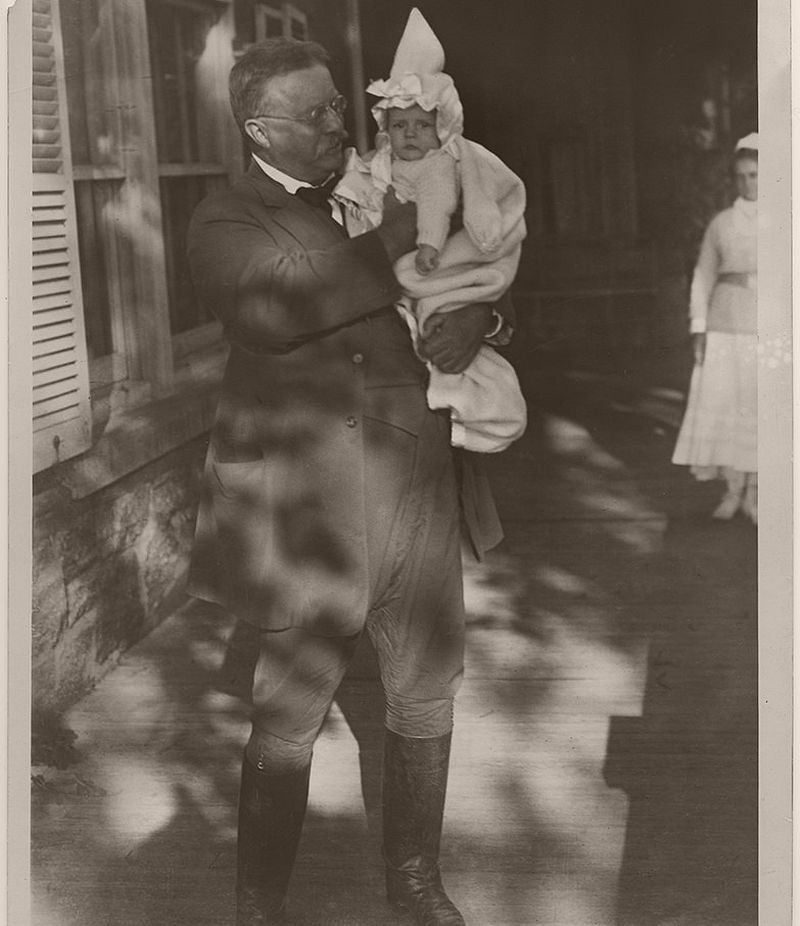
President Roosevelt holds one of his grandchildren on his porch. Oyster Bay, Nassau County, New York, ca. 1917
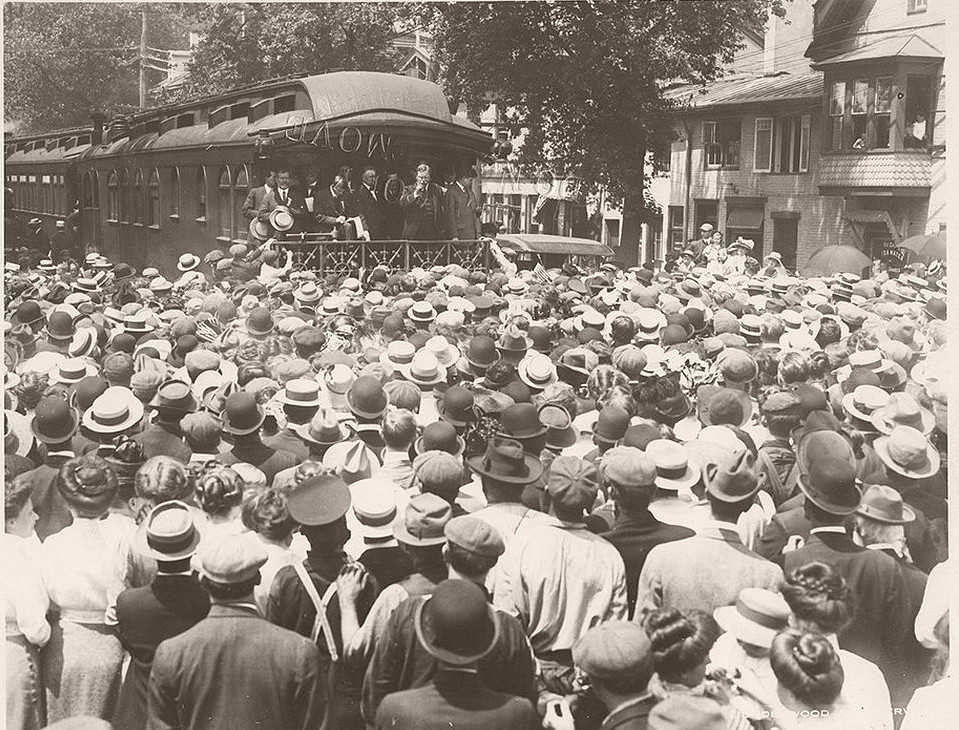
Former President Theodore Roosevelt is delivering a speech from a train, Burlington, New Jersey. April 24, 1912.
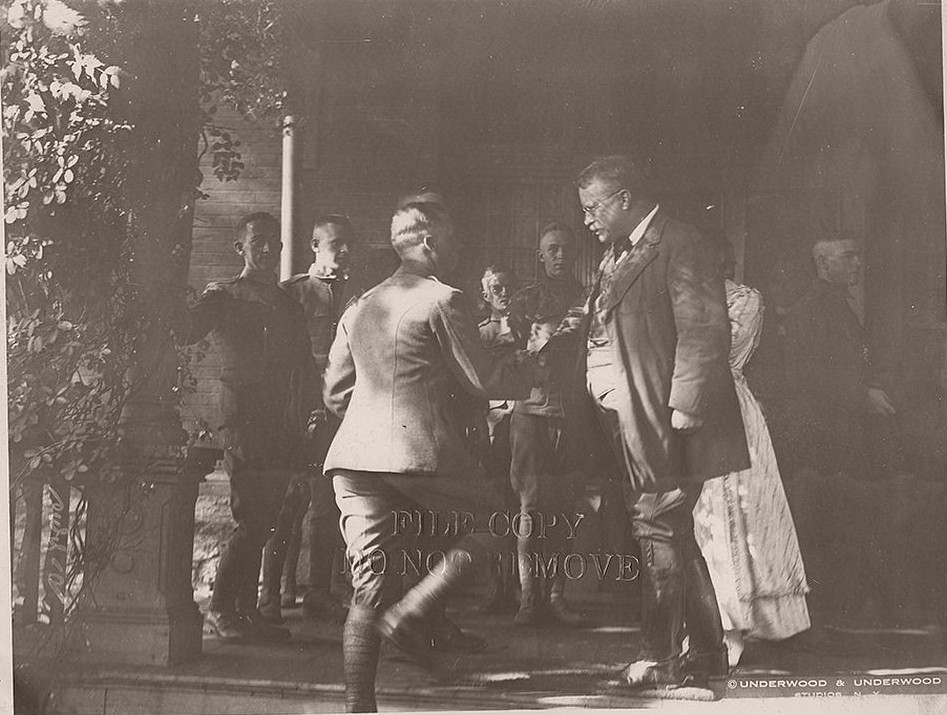
Colonel Theodore Roosevelt is greeting soldiers soon deploying to France at Sagamore Hill, ca. 1917-1918.
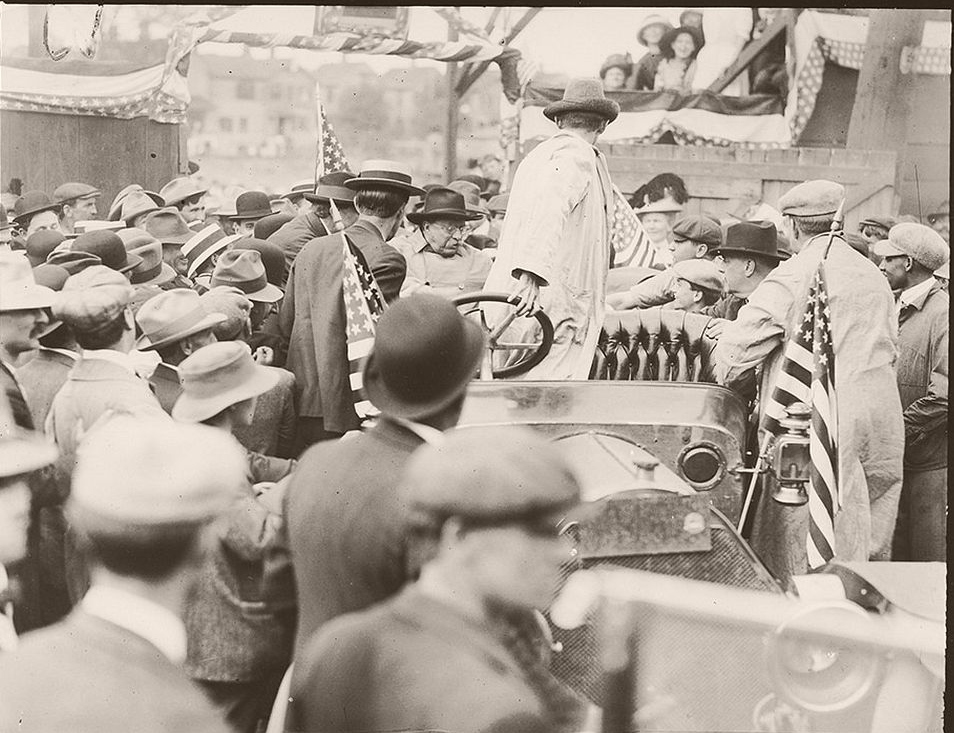
Colonel Roosevelt is speaking at Bound Brook, New Jersey. April 25, 1912.
Сообщение The political career of Theodore Roosevelt in pictures появились сначала на Old Pictures.
]]>Сообщение A group of men advertising for wives, Montana, 1901 появились сначала на Old Pictures.
]]>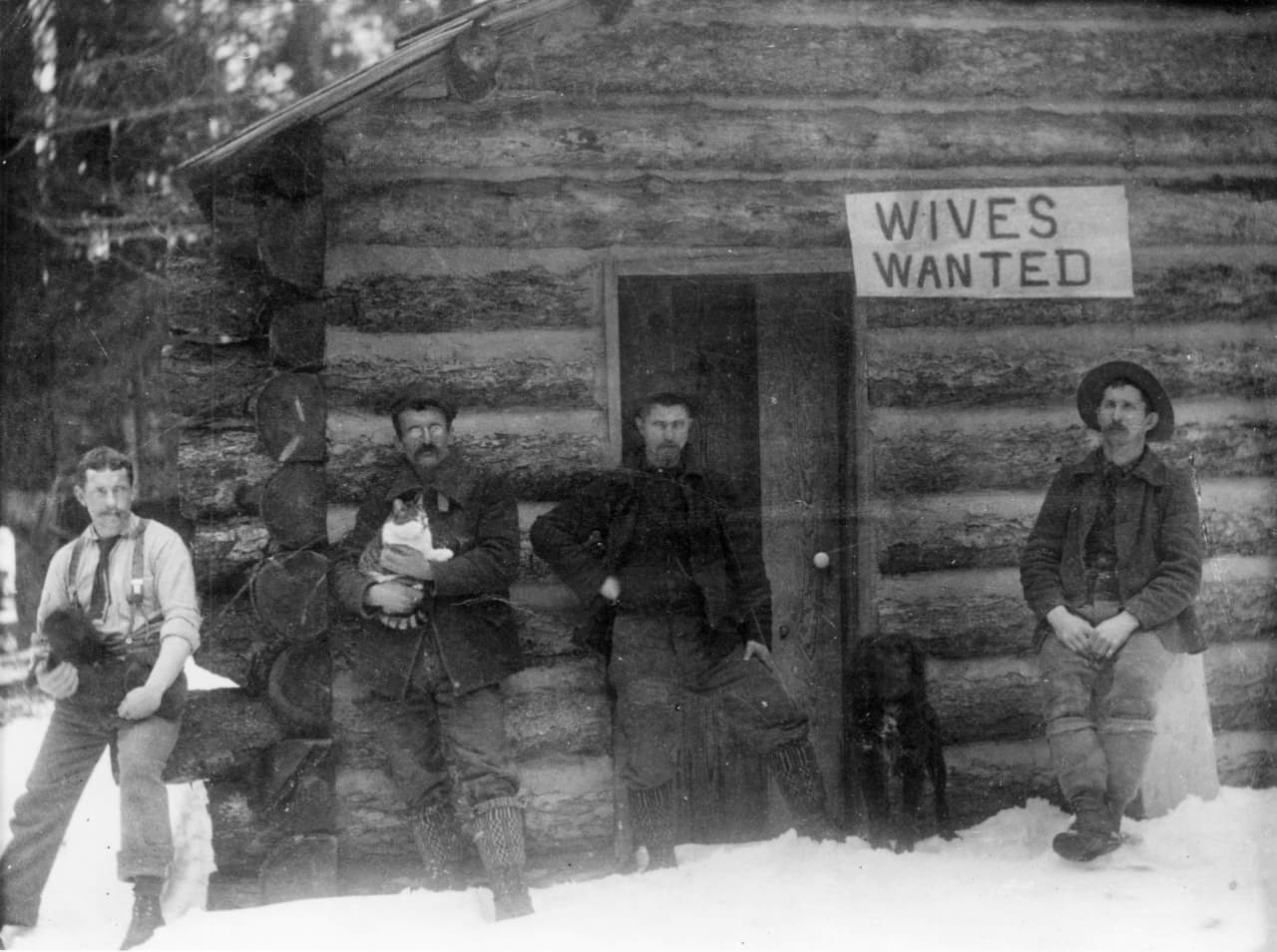 You’ll never get how desperate the men’s life can be when there’s no single woman several hundred miles around. That was the sure thing for the frontier explorers a hundred years ago. This photo was actually advertising and it had to be sent to the nearest cities.
You’ll never get how desperate the men’s life can be when there’s no single woman several hundred miles around. That was the sure thing for the frontier explorers a hundred years ago. This photo was actually advertising and it had to be sent to the nearest cities.
Read more: A full story of the Fort Peck Dam construction photo
Сообщение A group of men advertising for wives, Montana, 1901 появились сначала на Old Pictures.
]]>